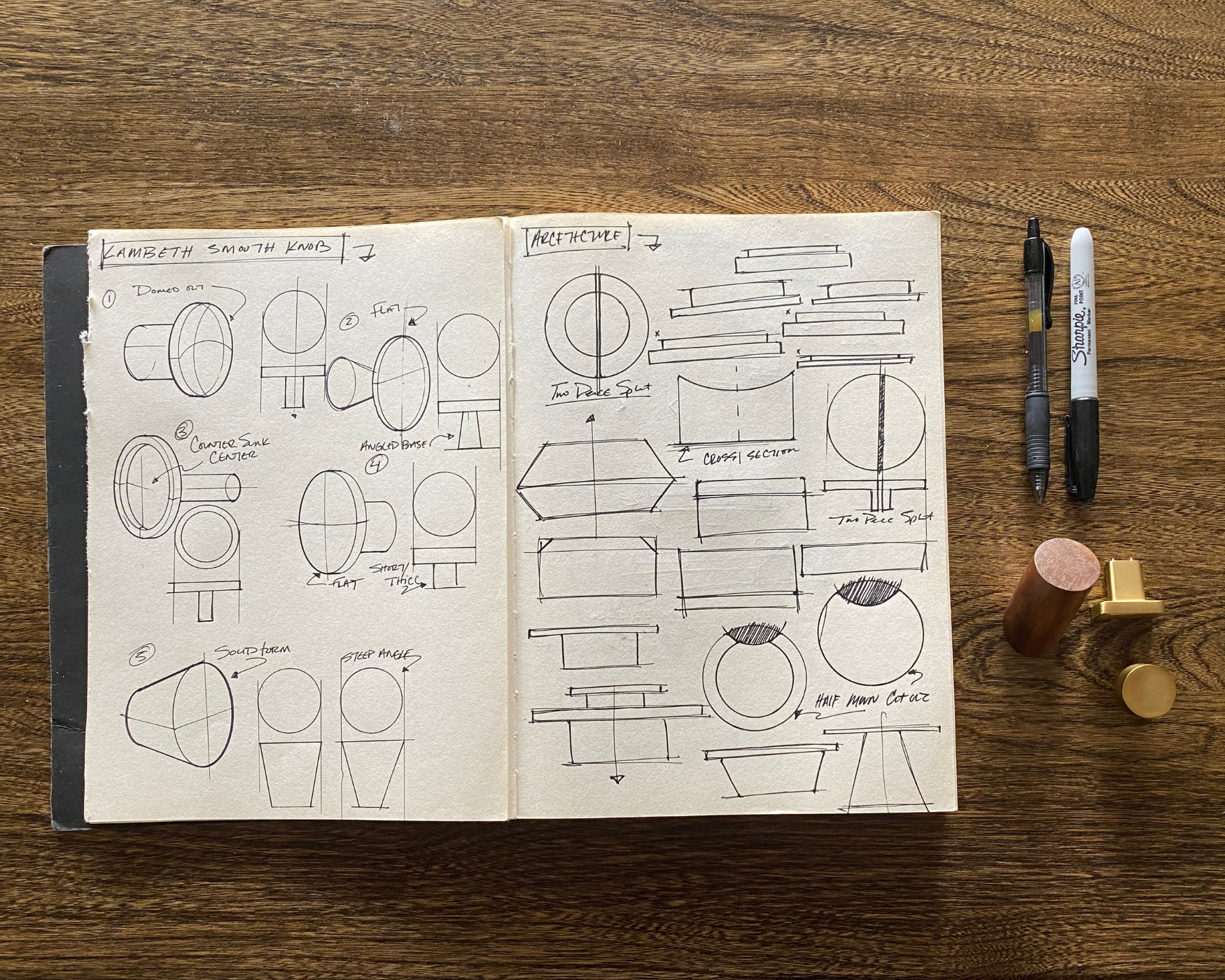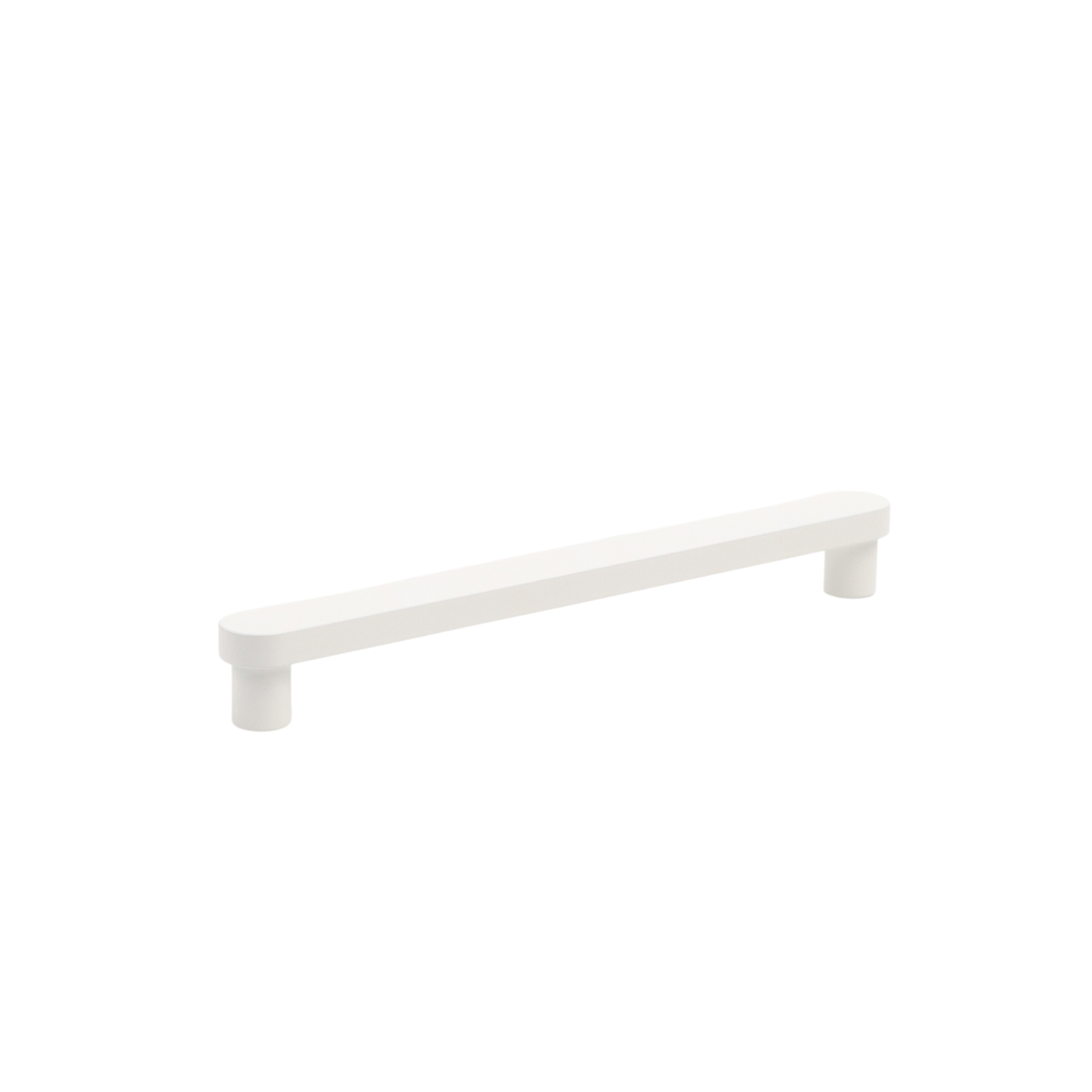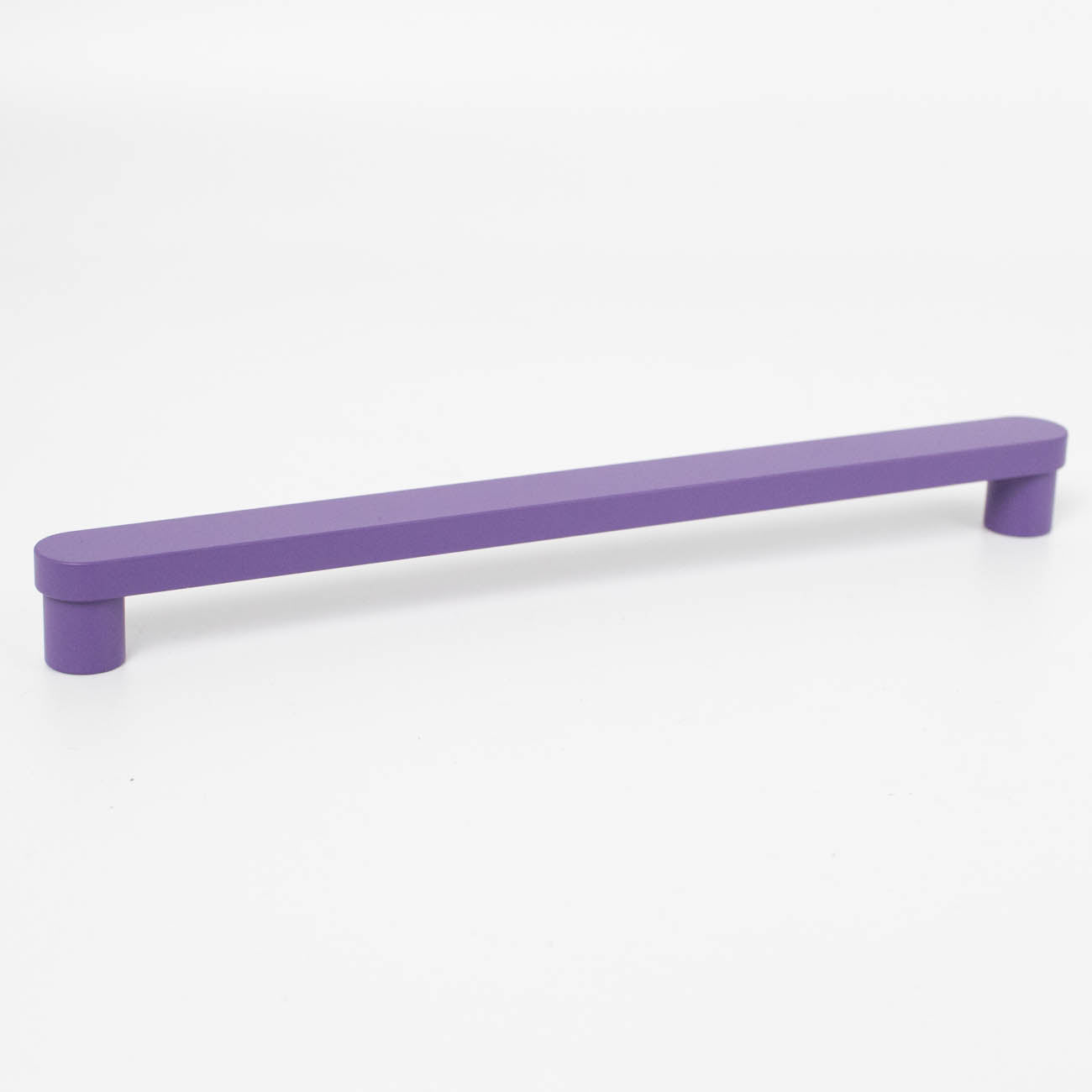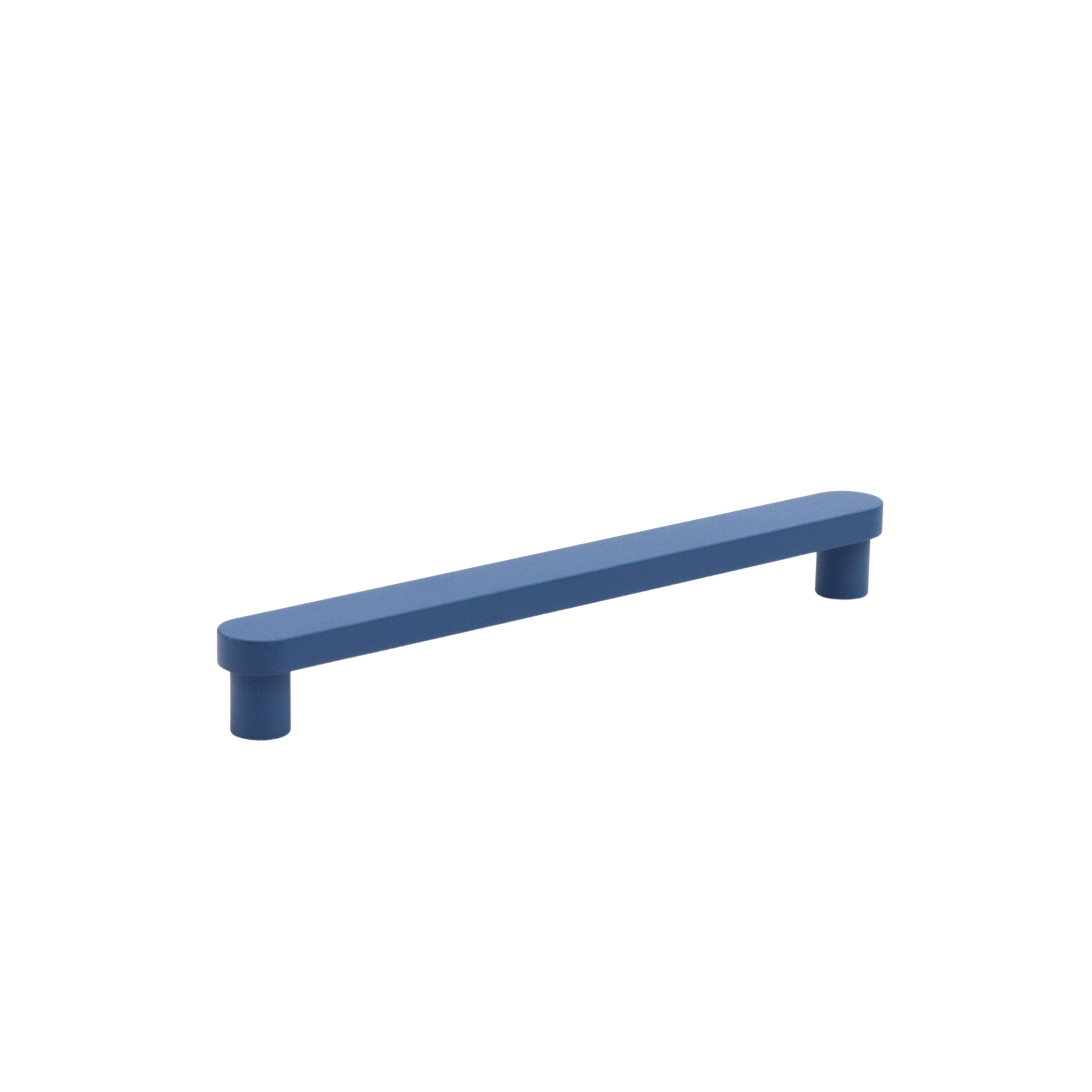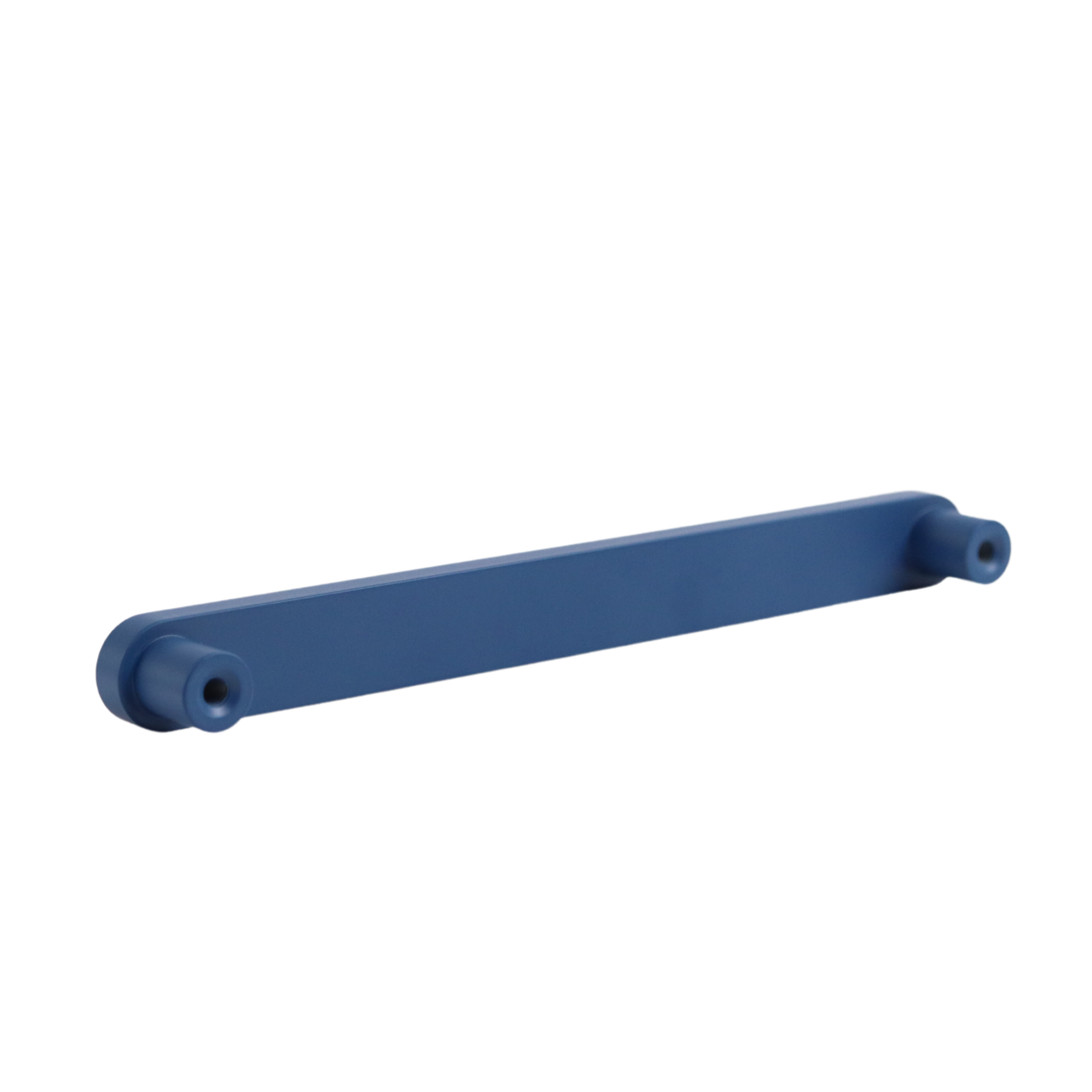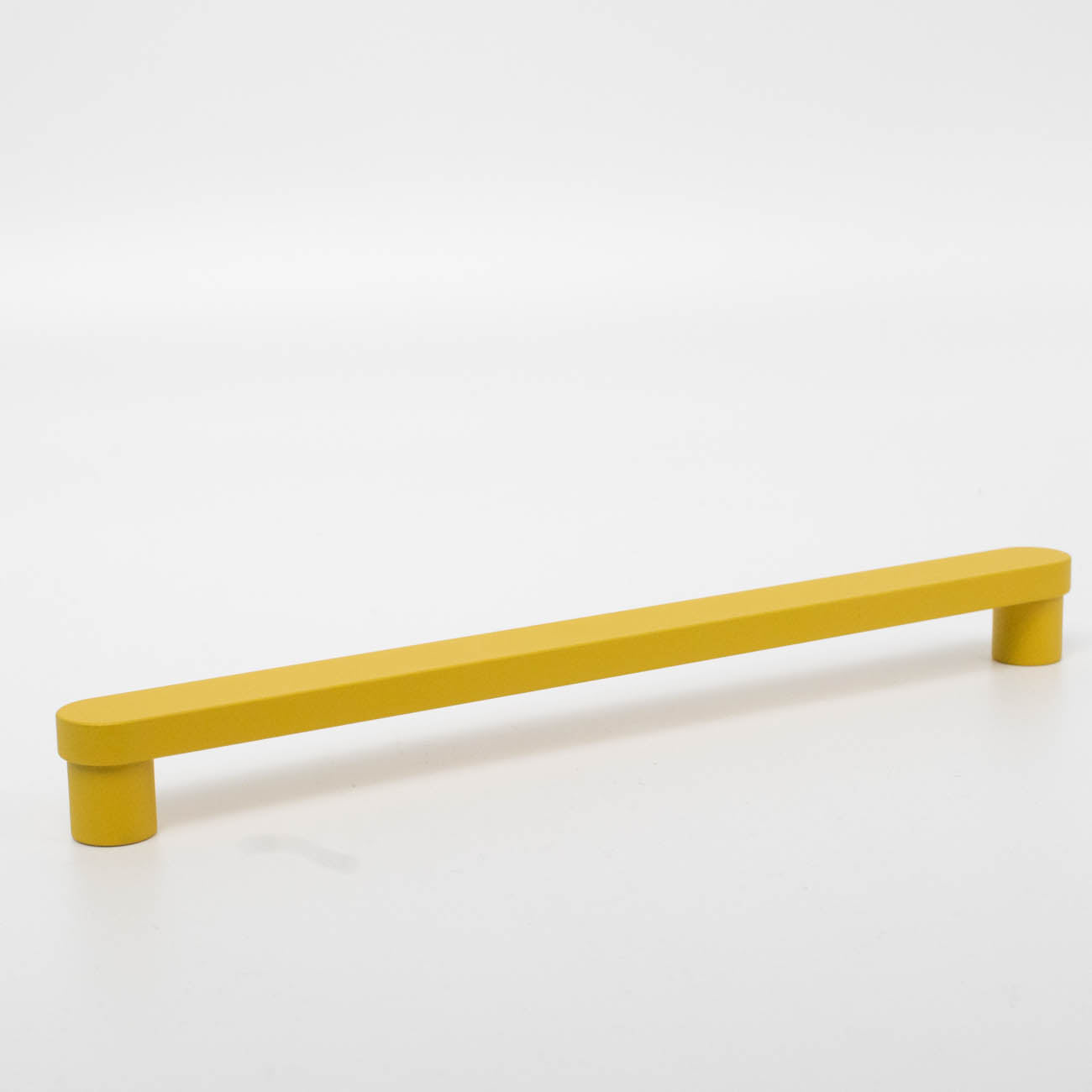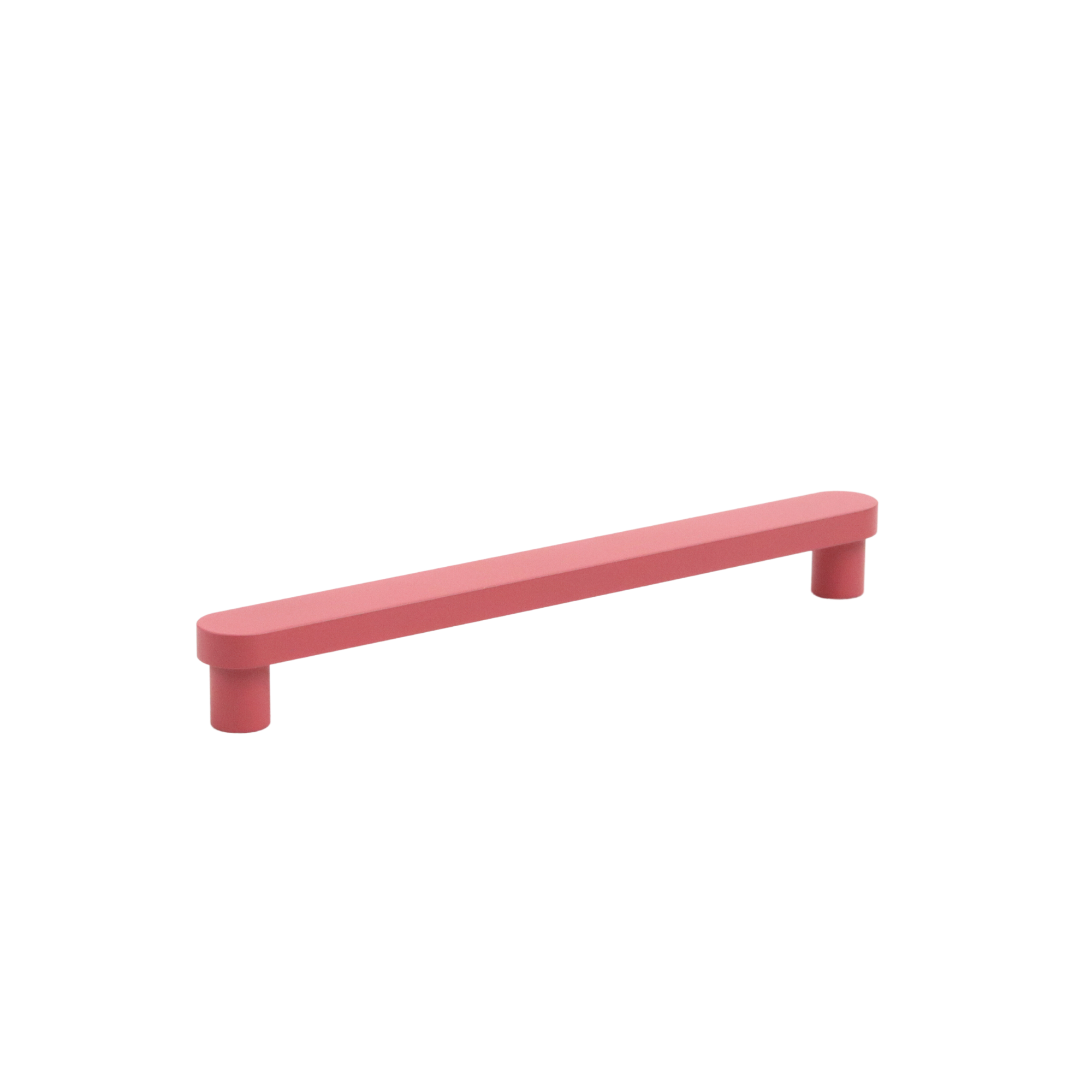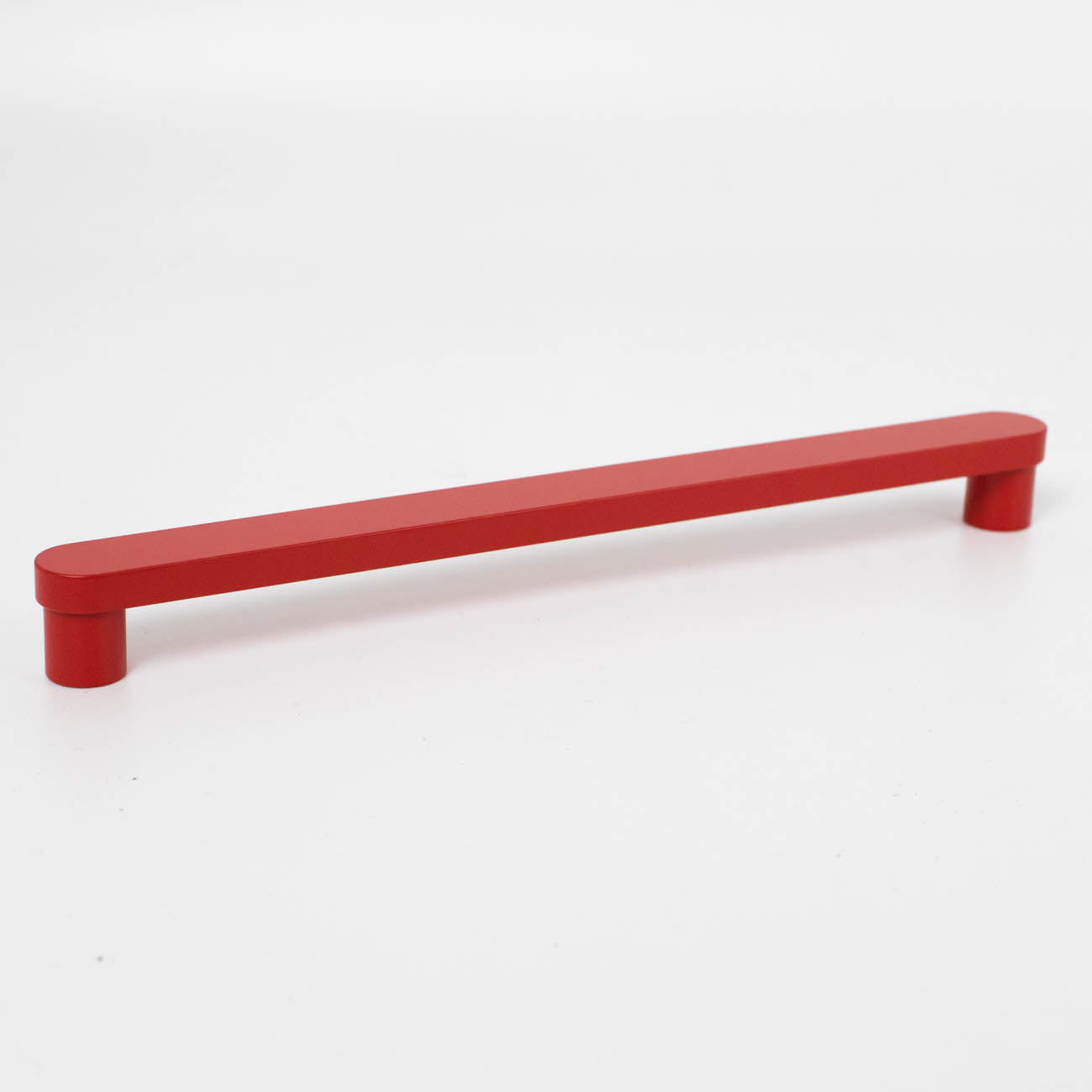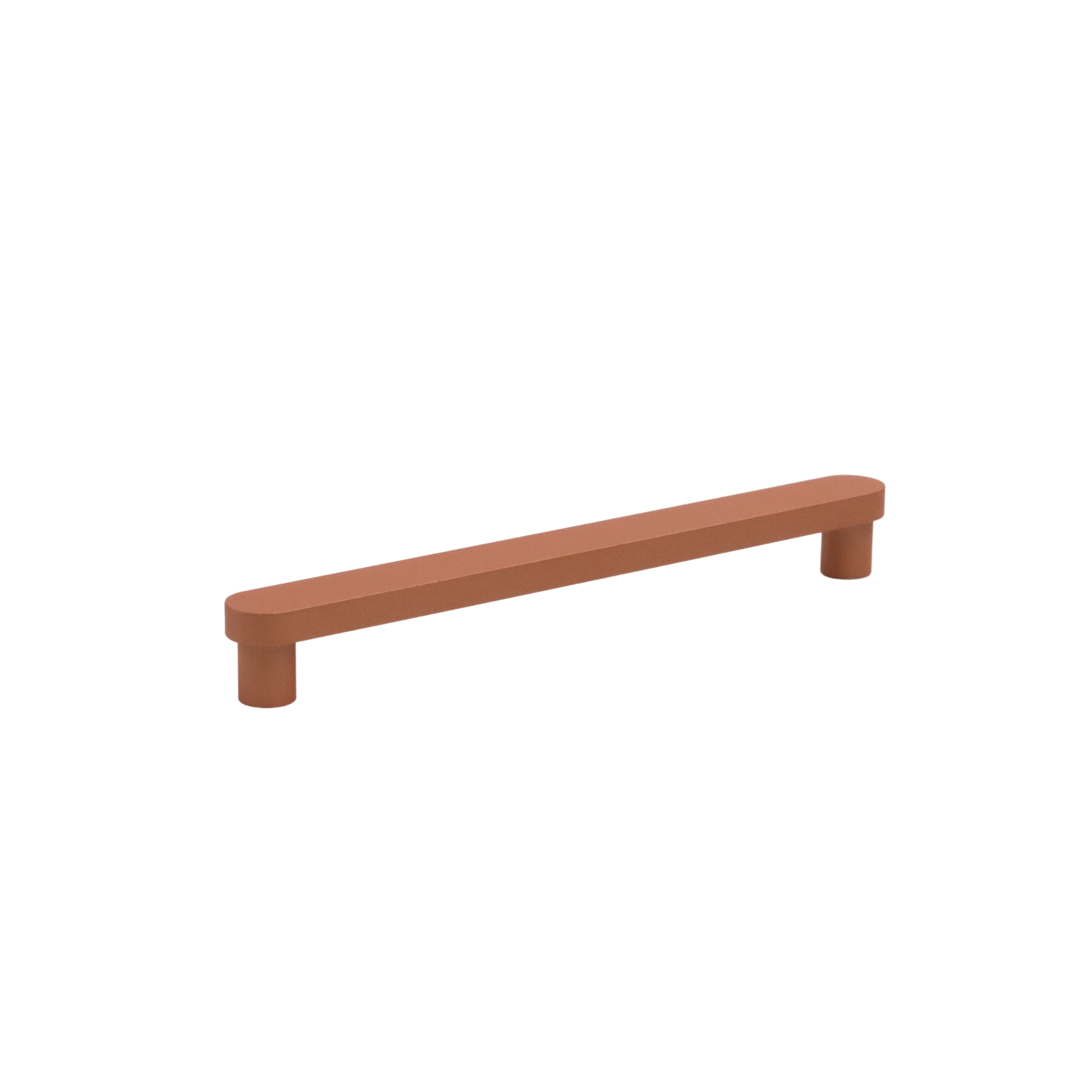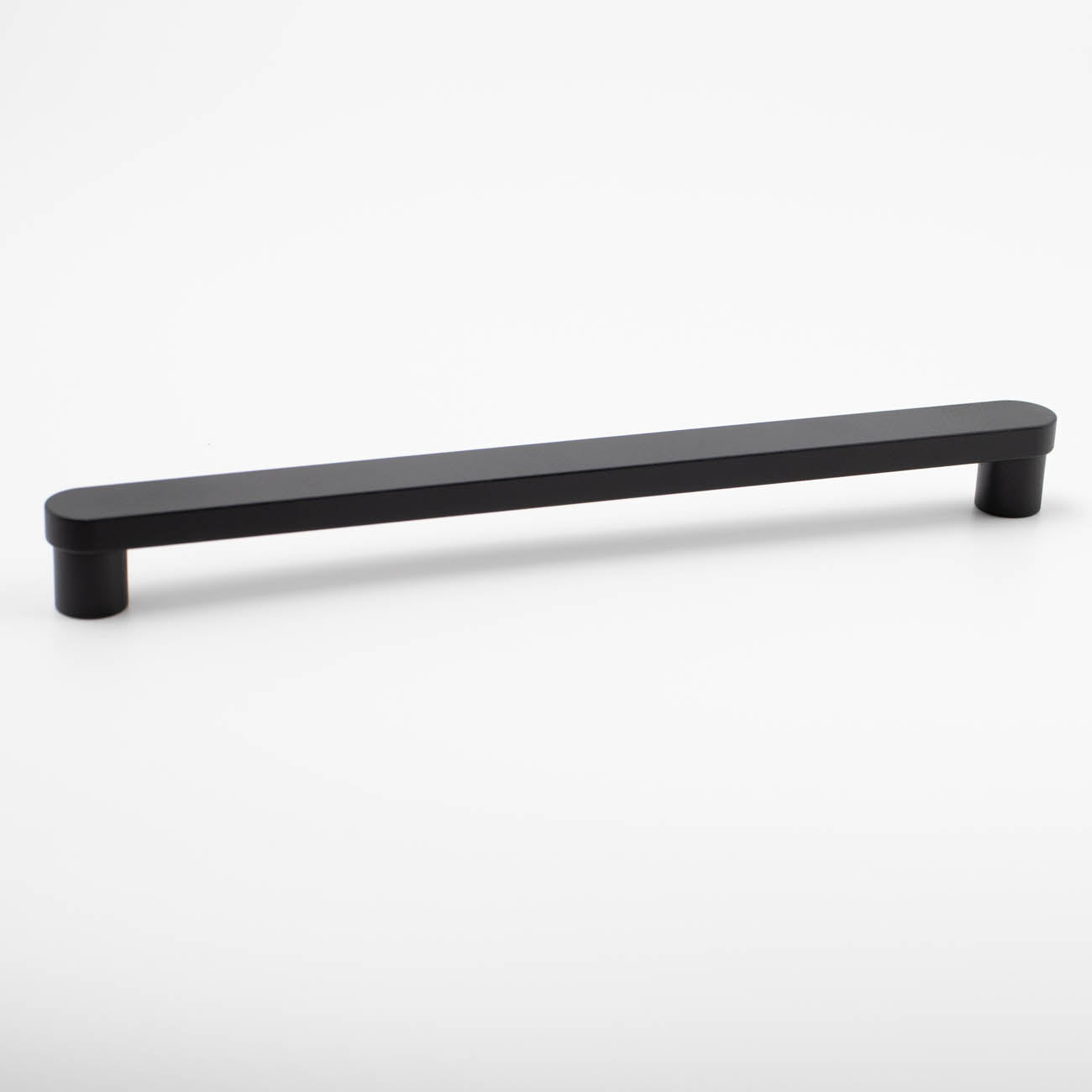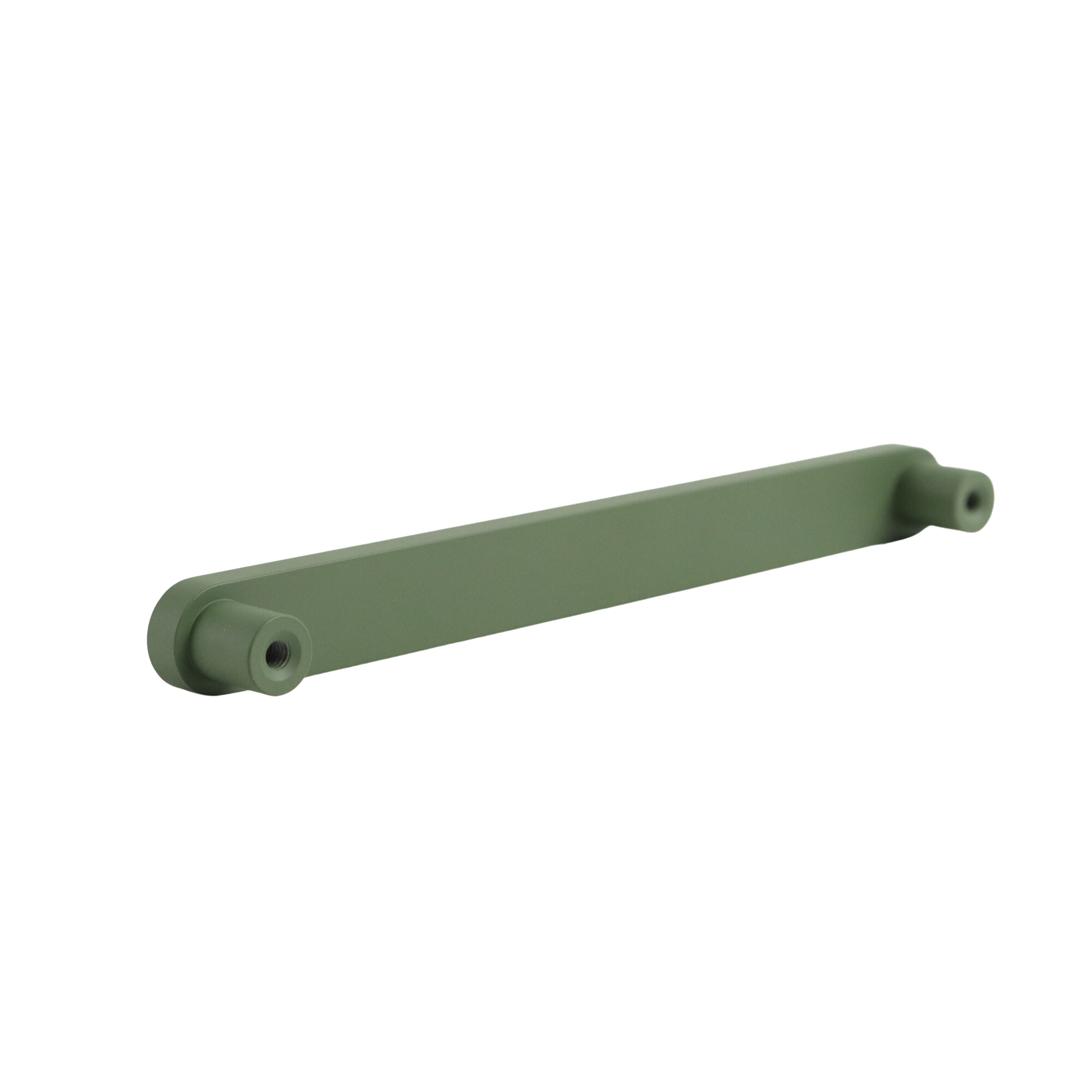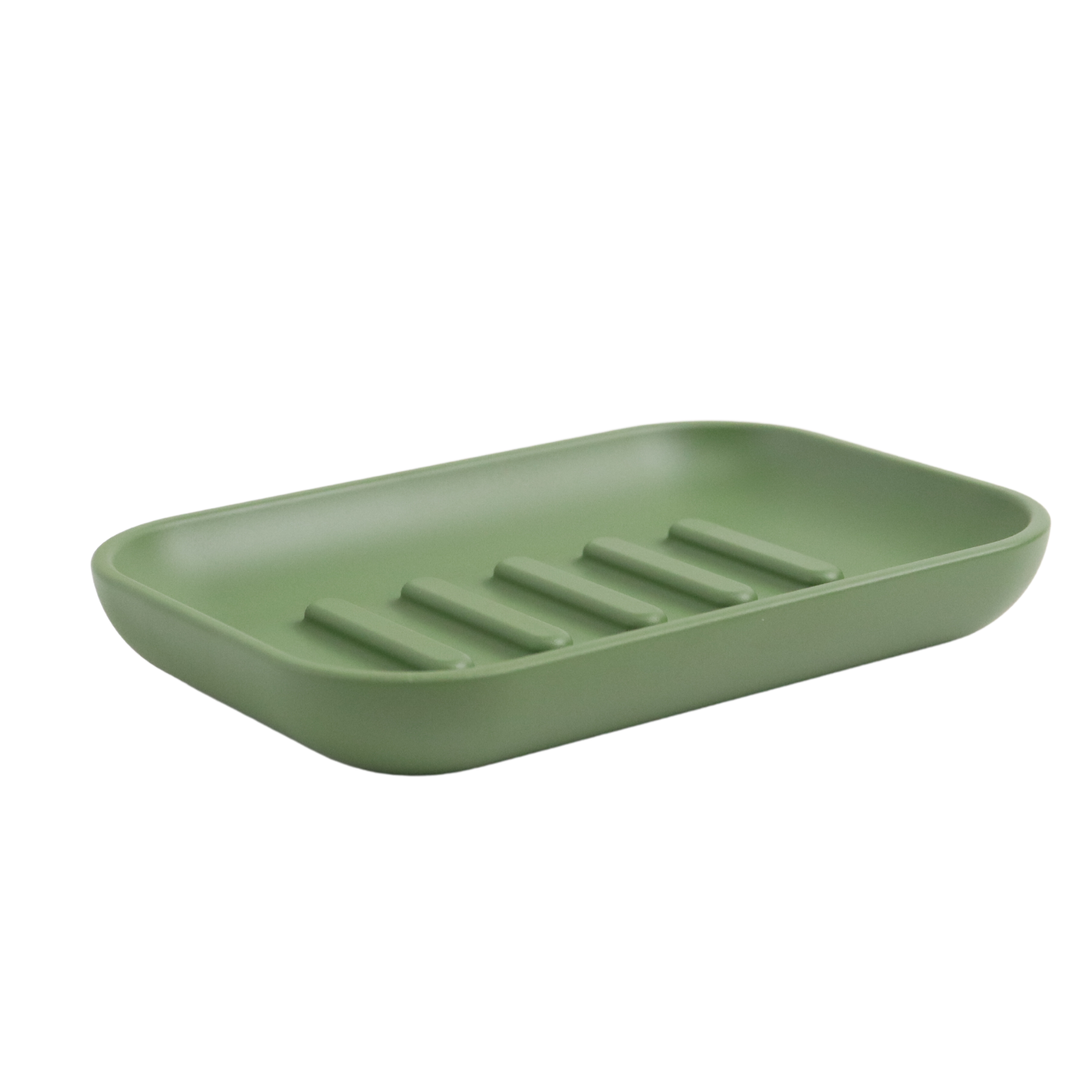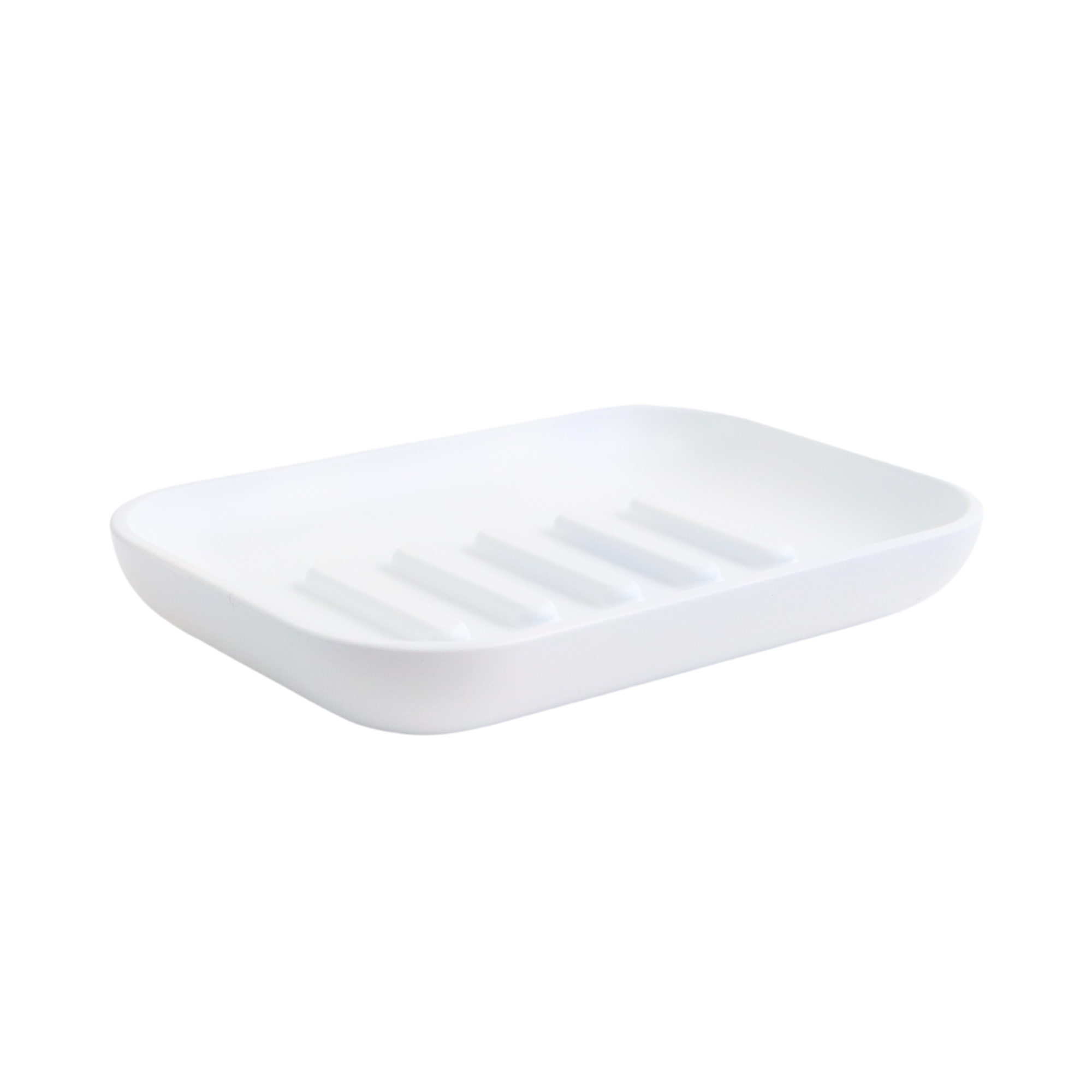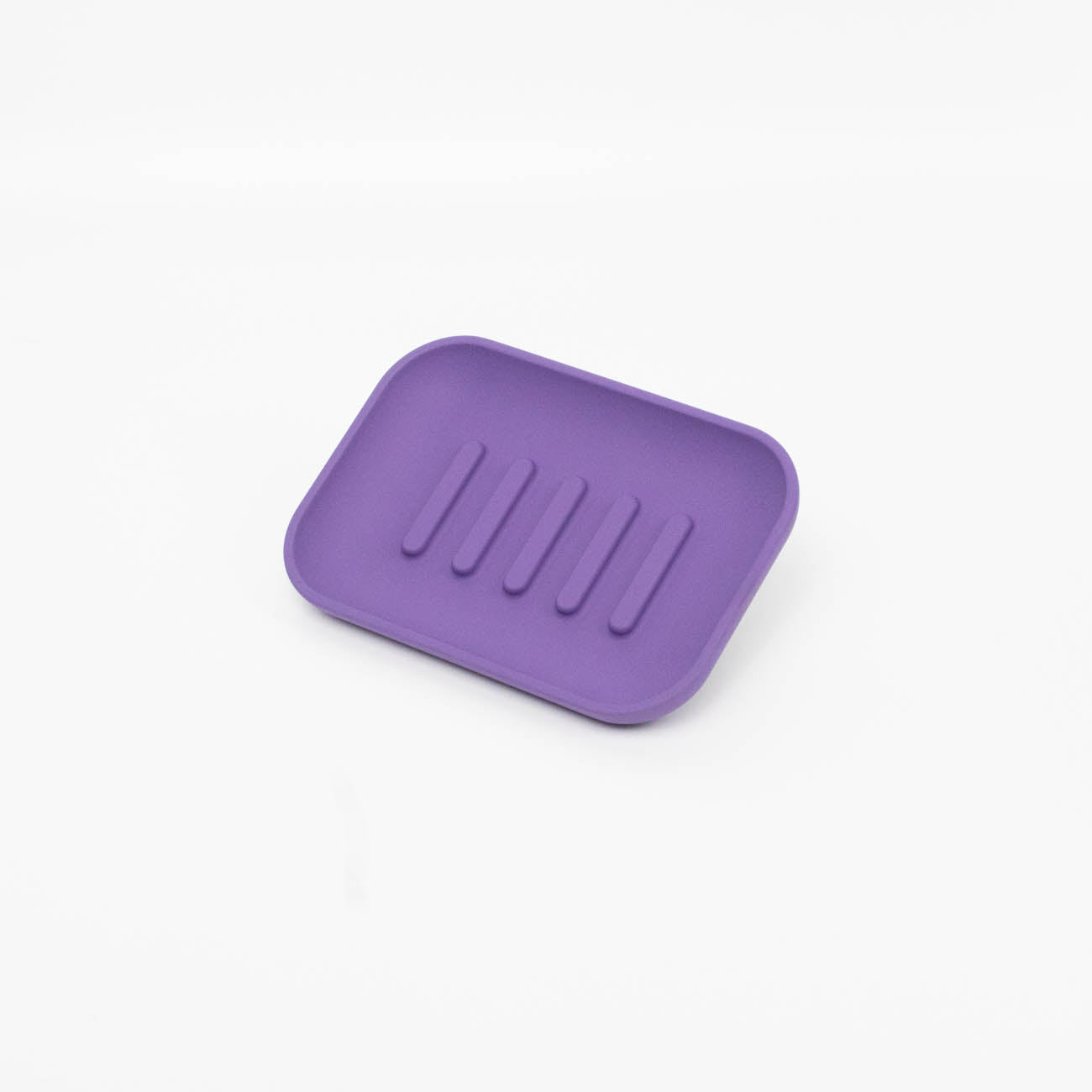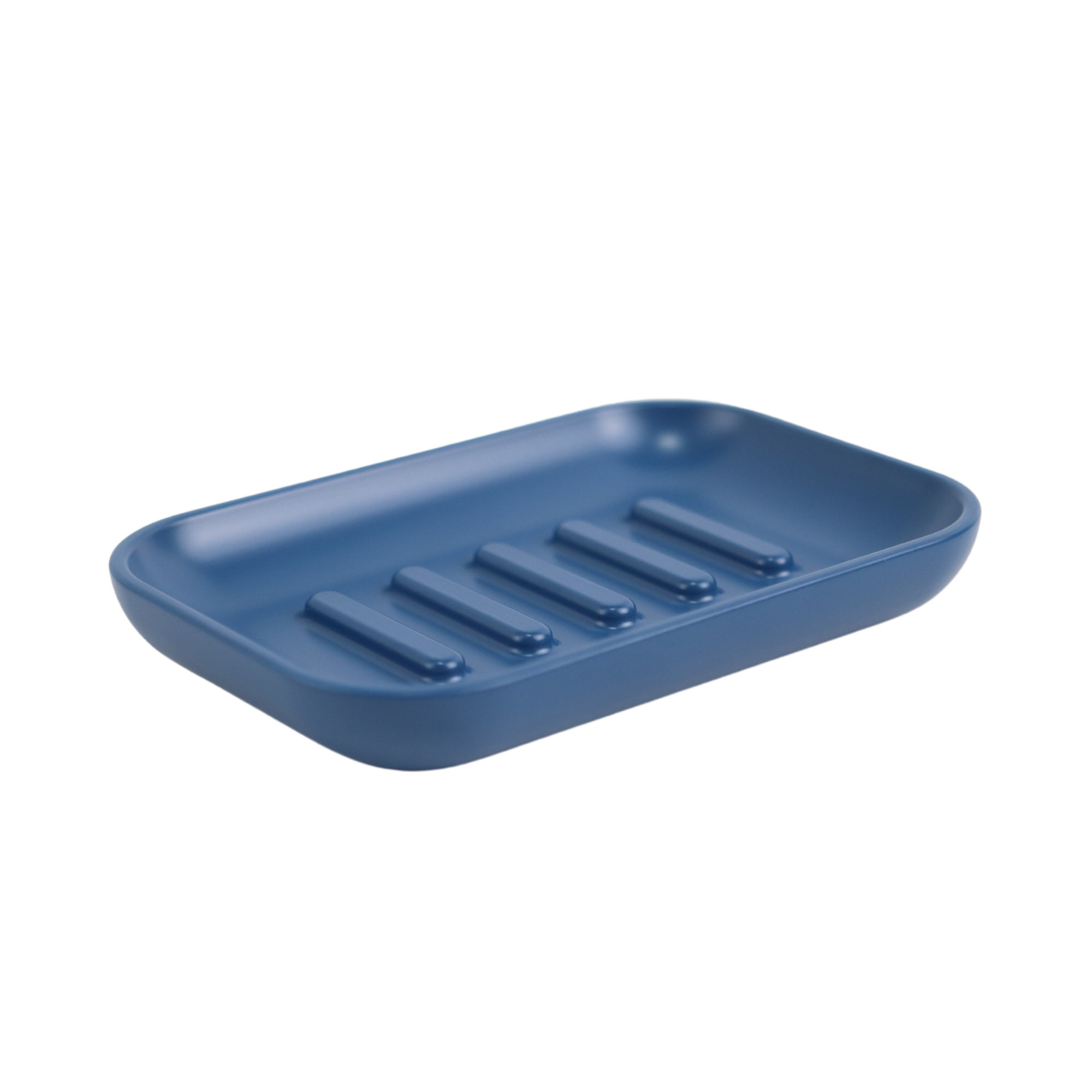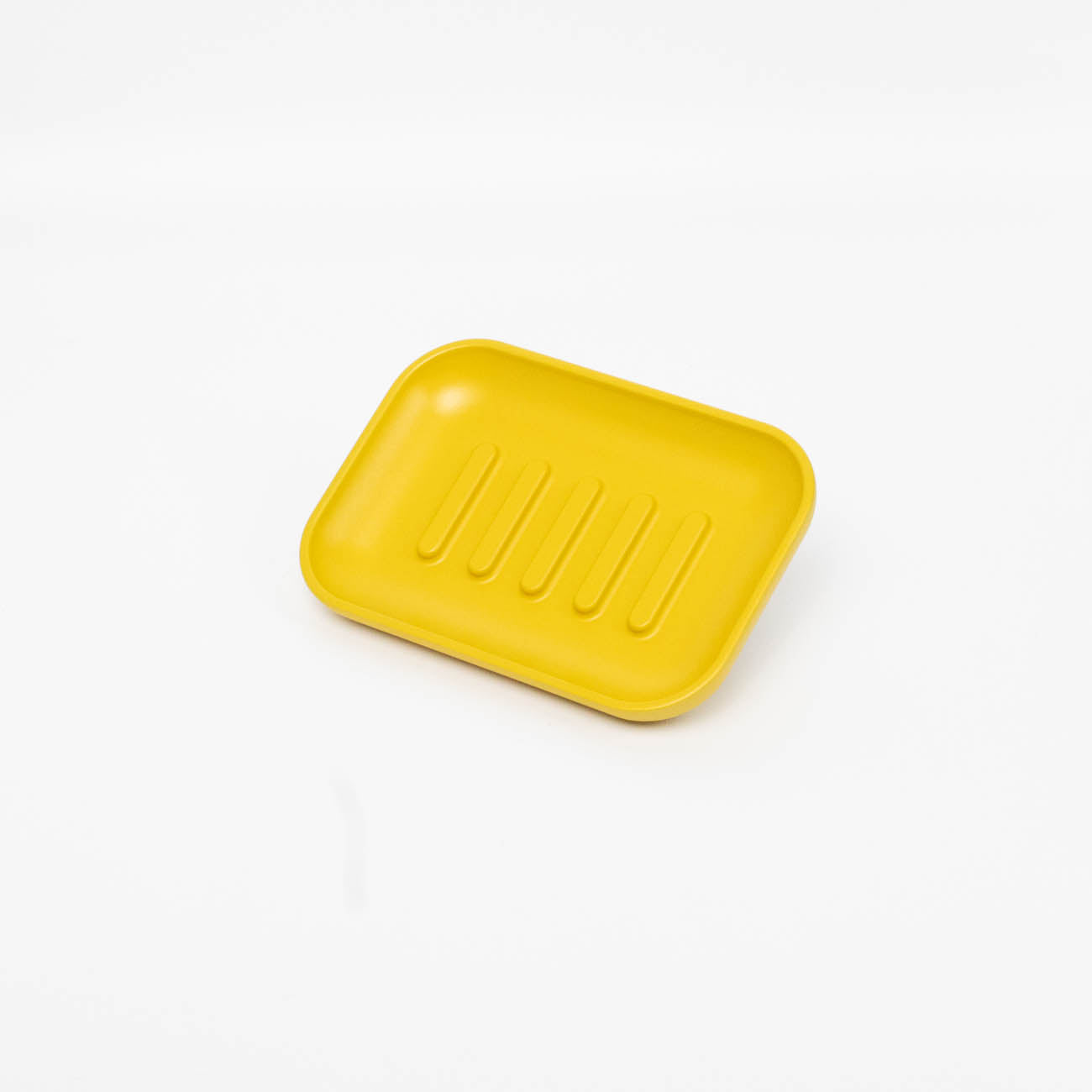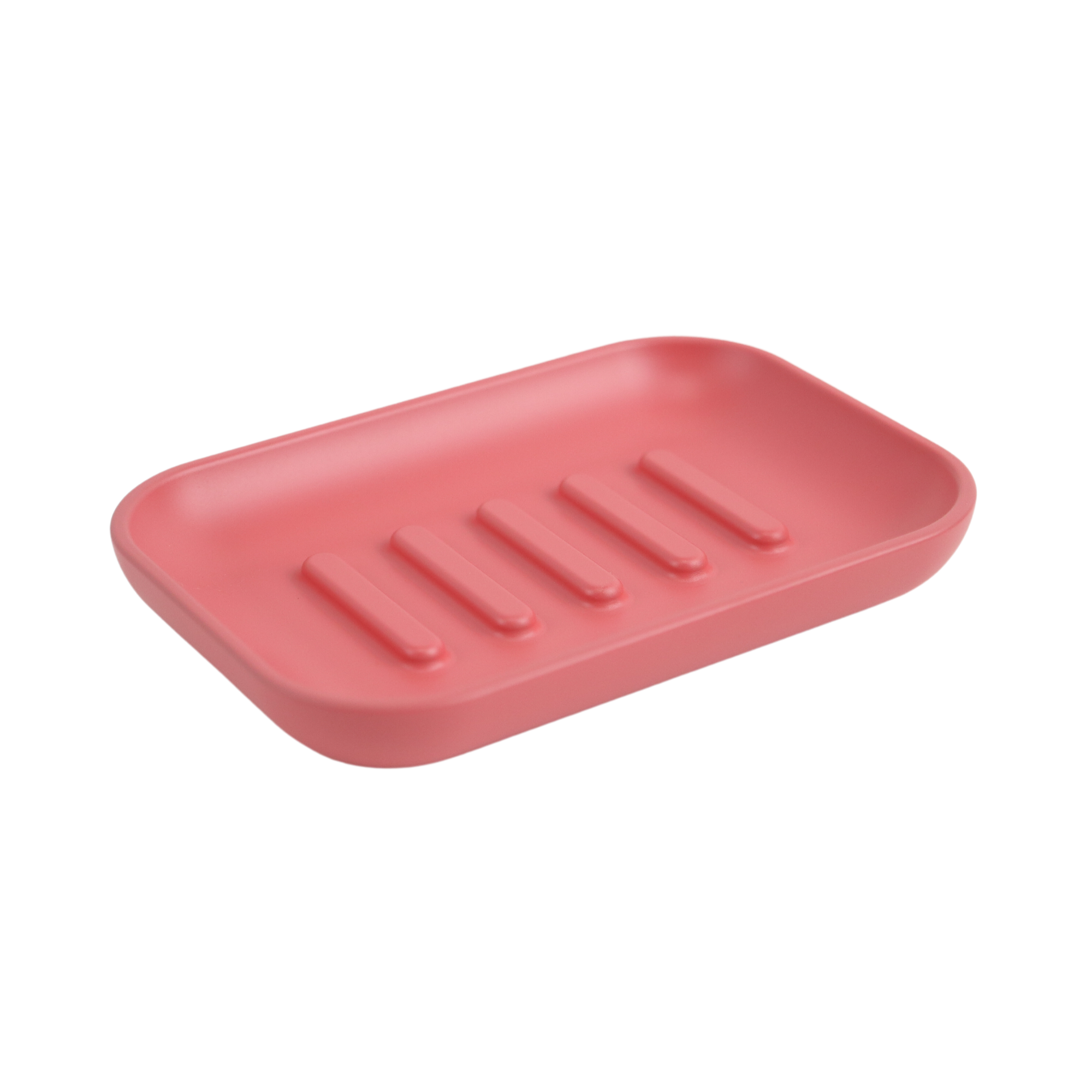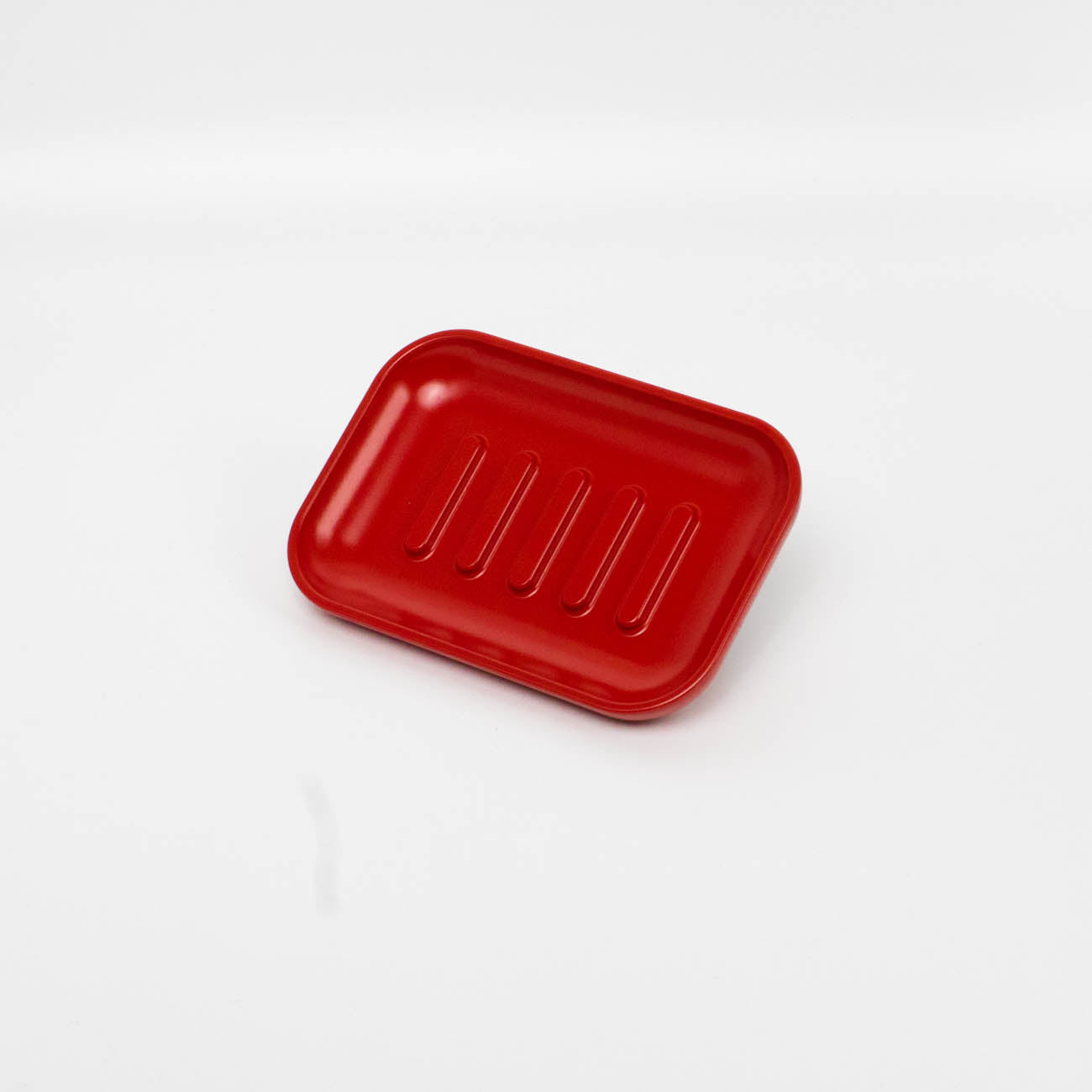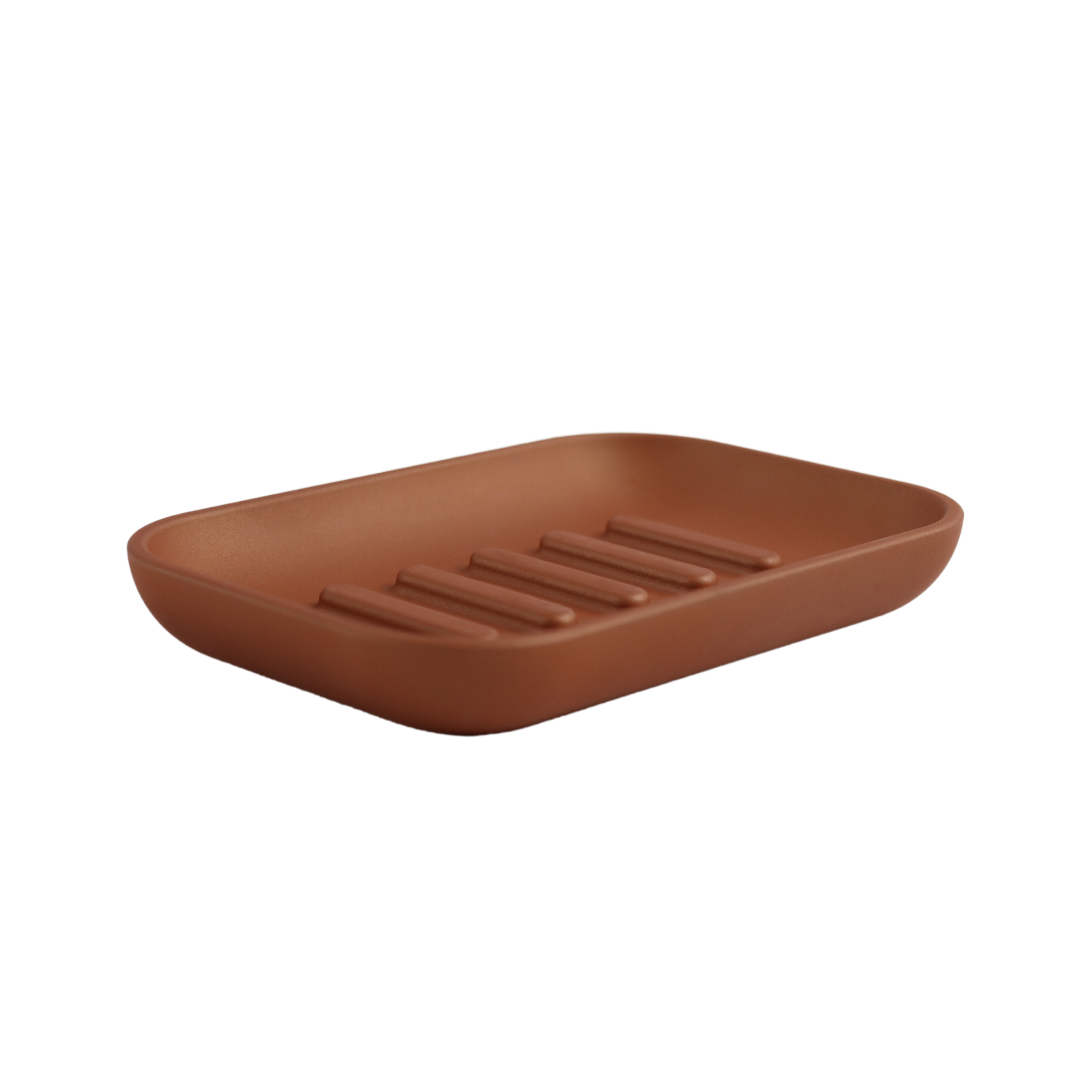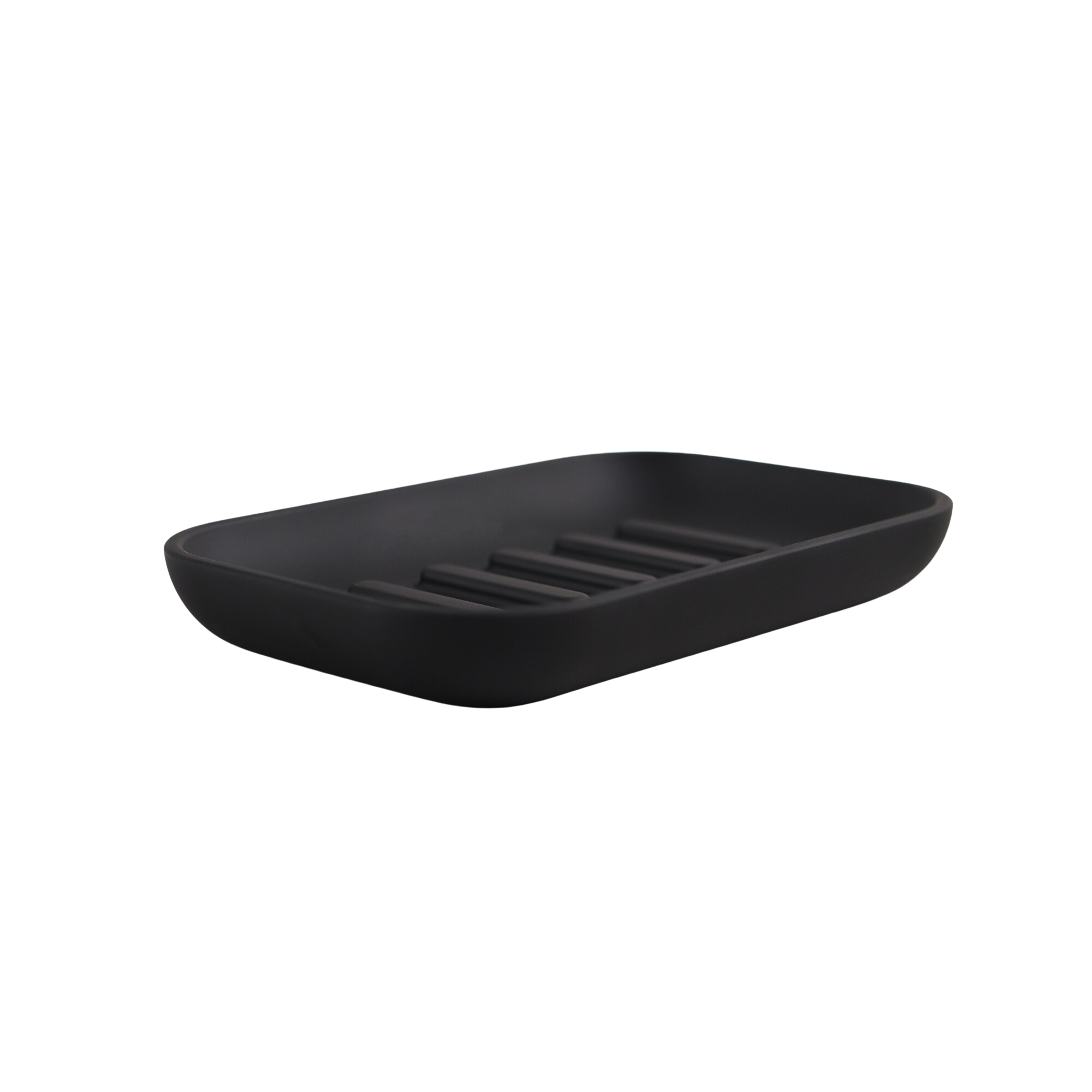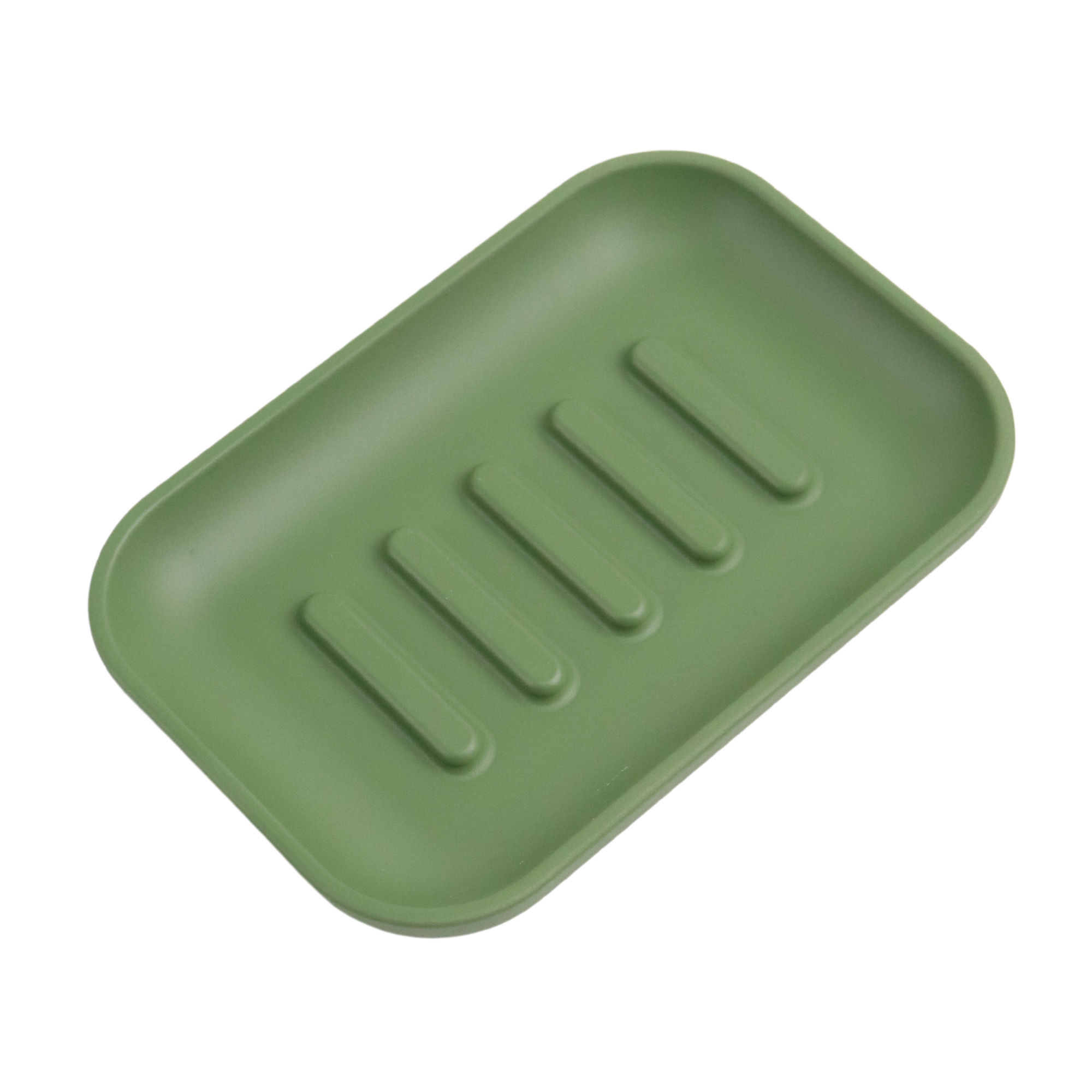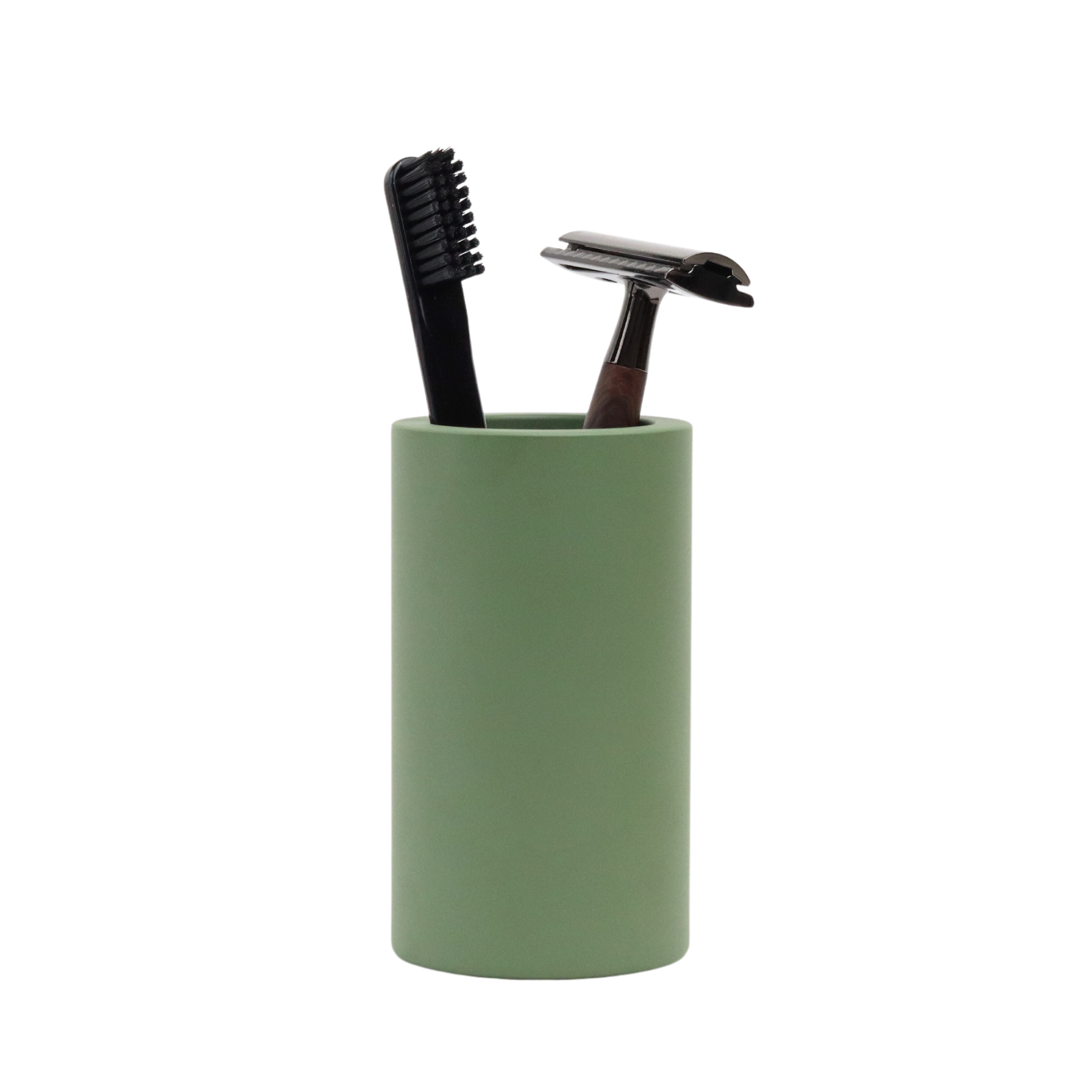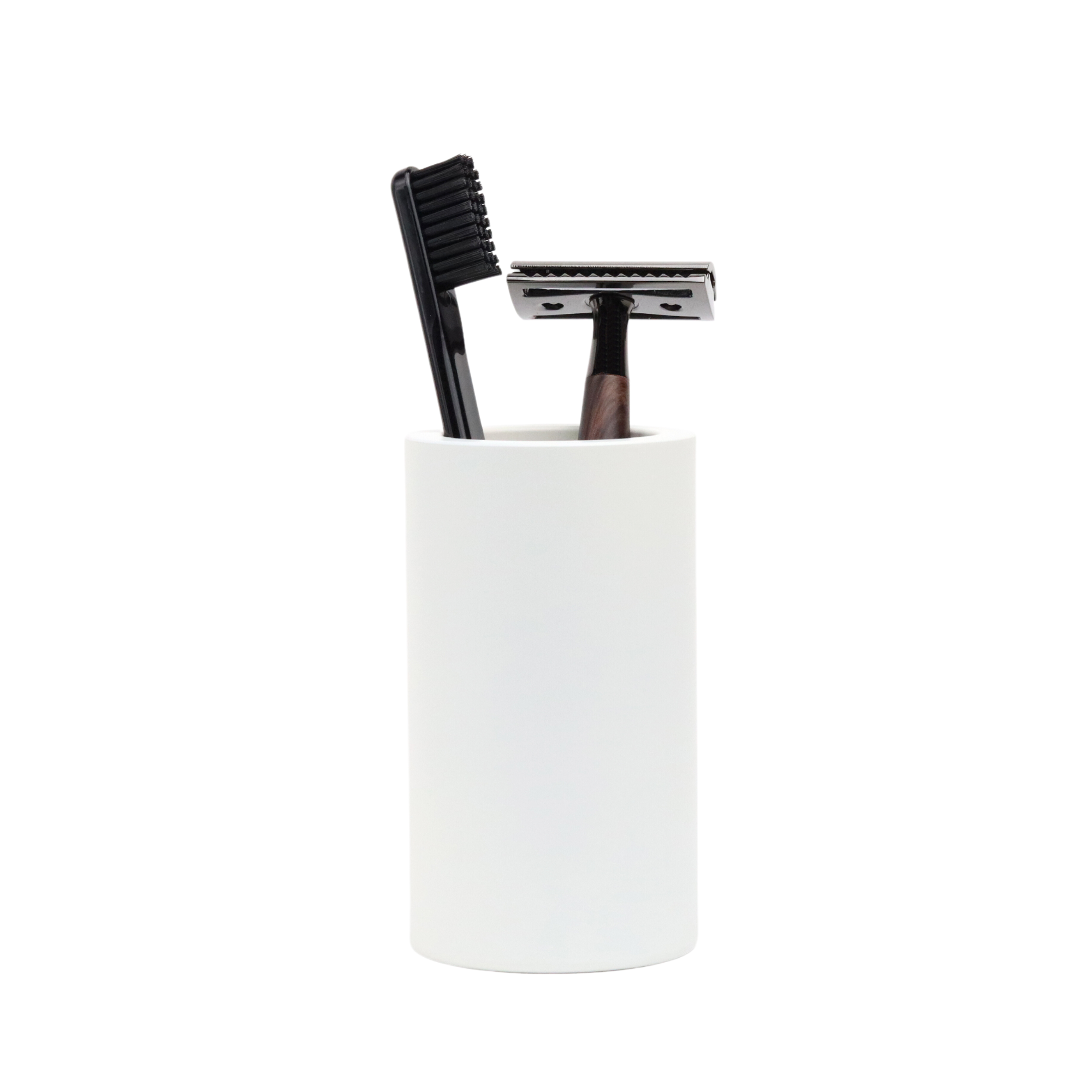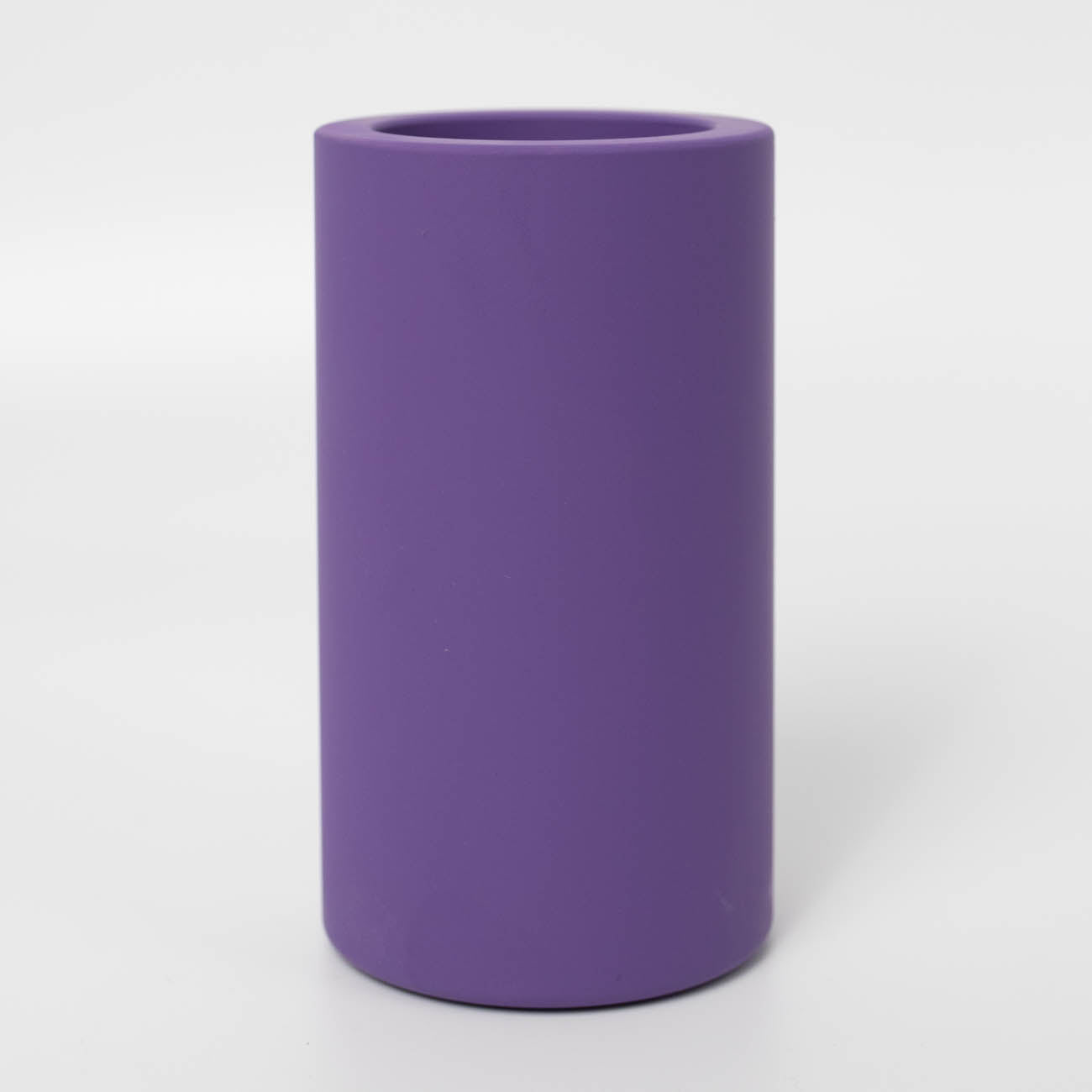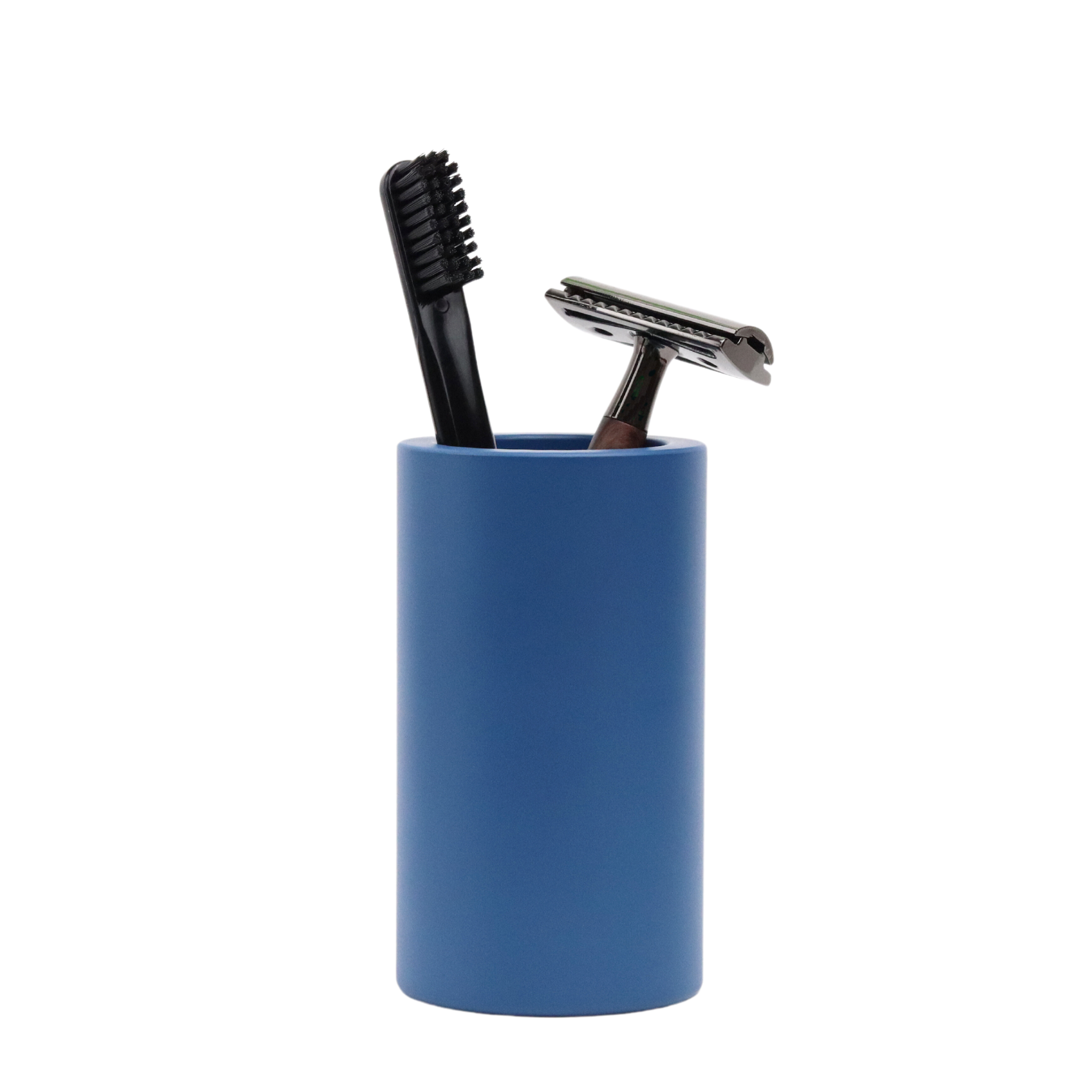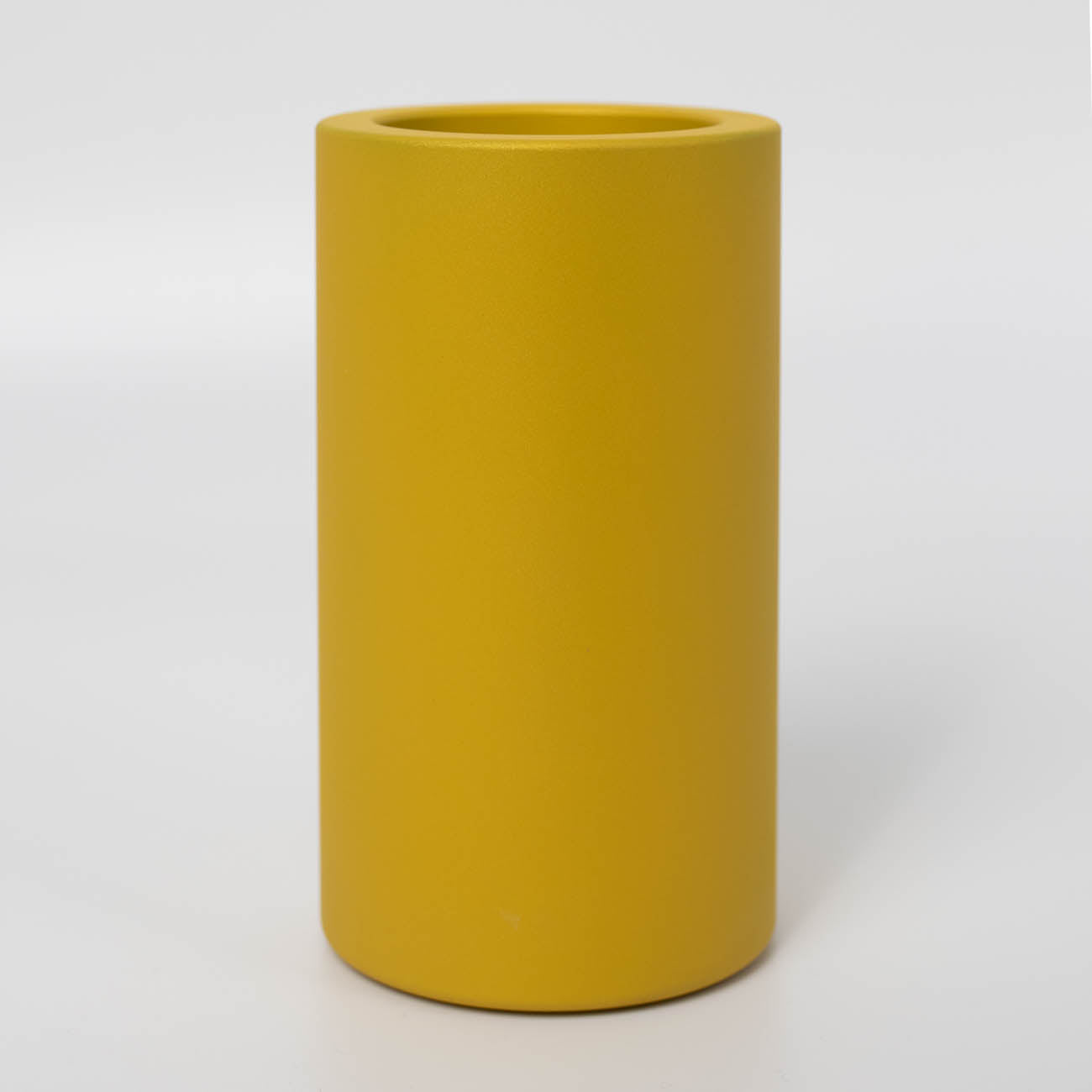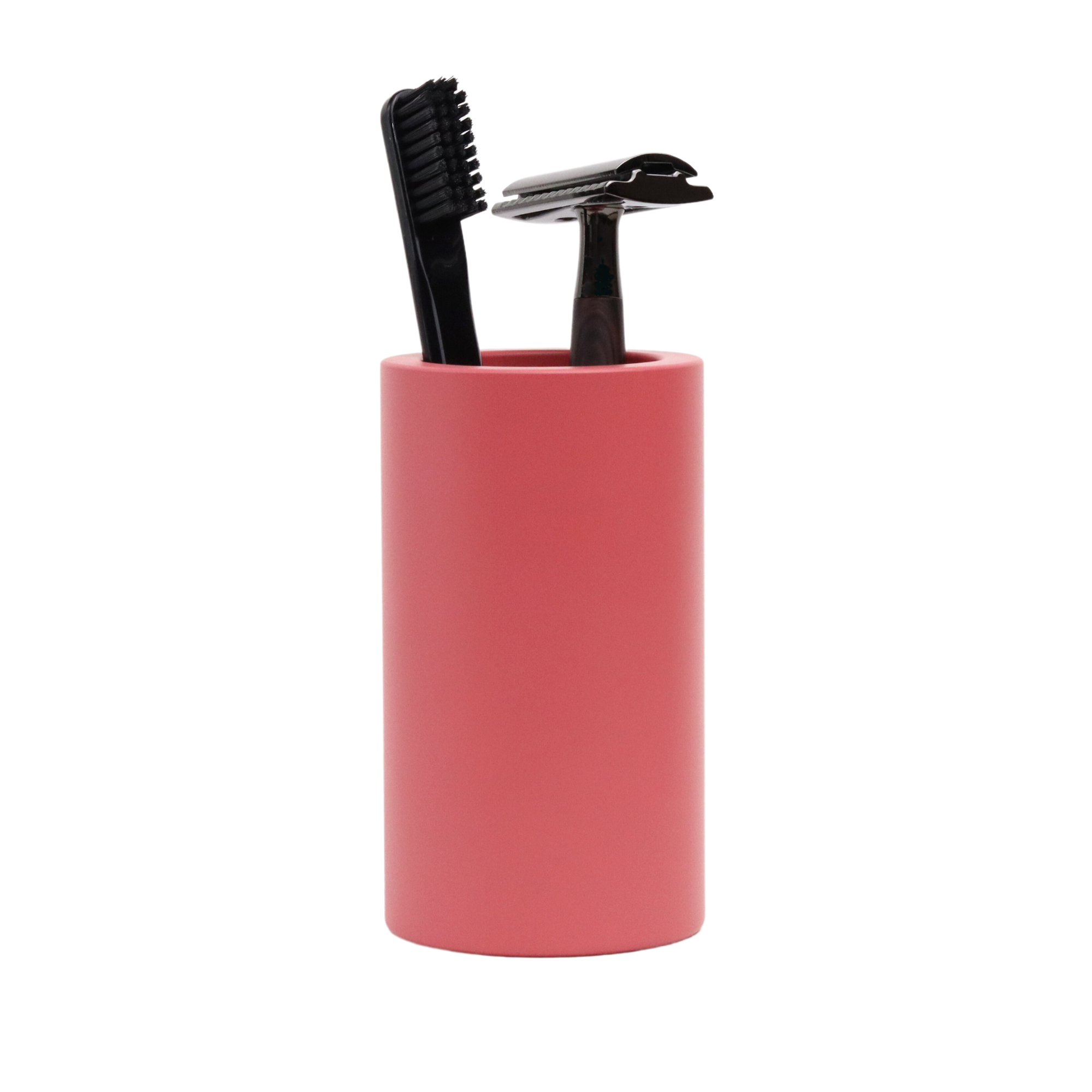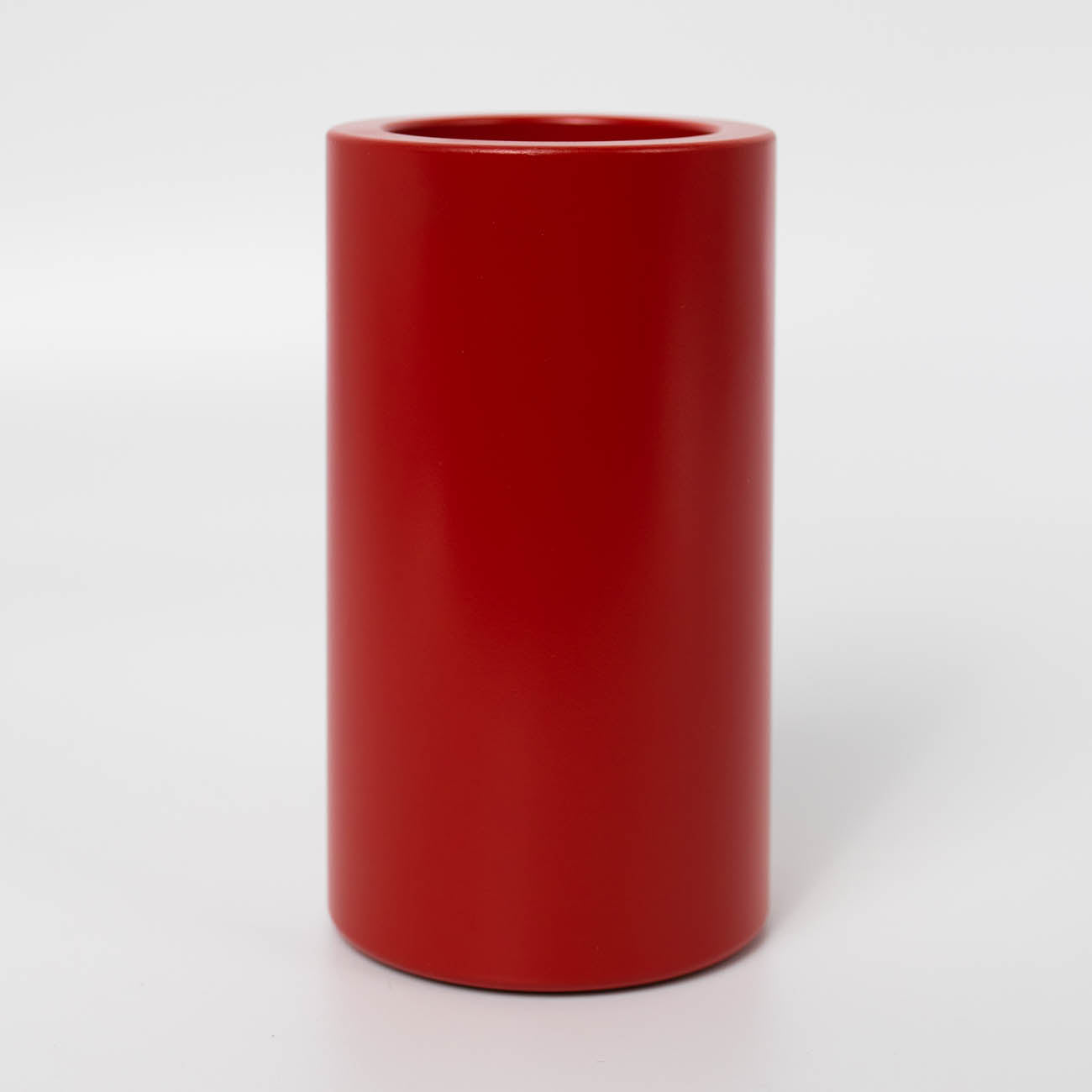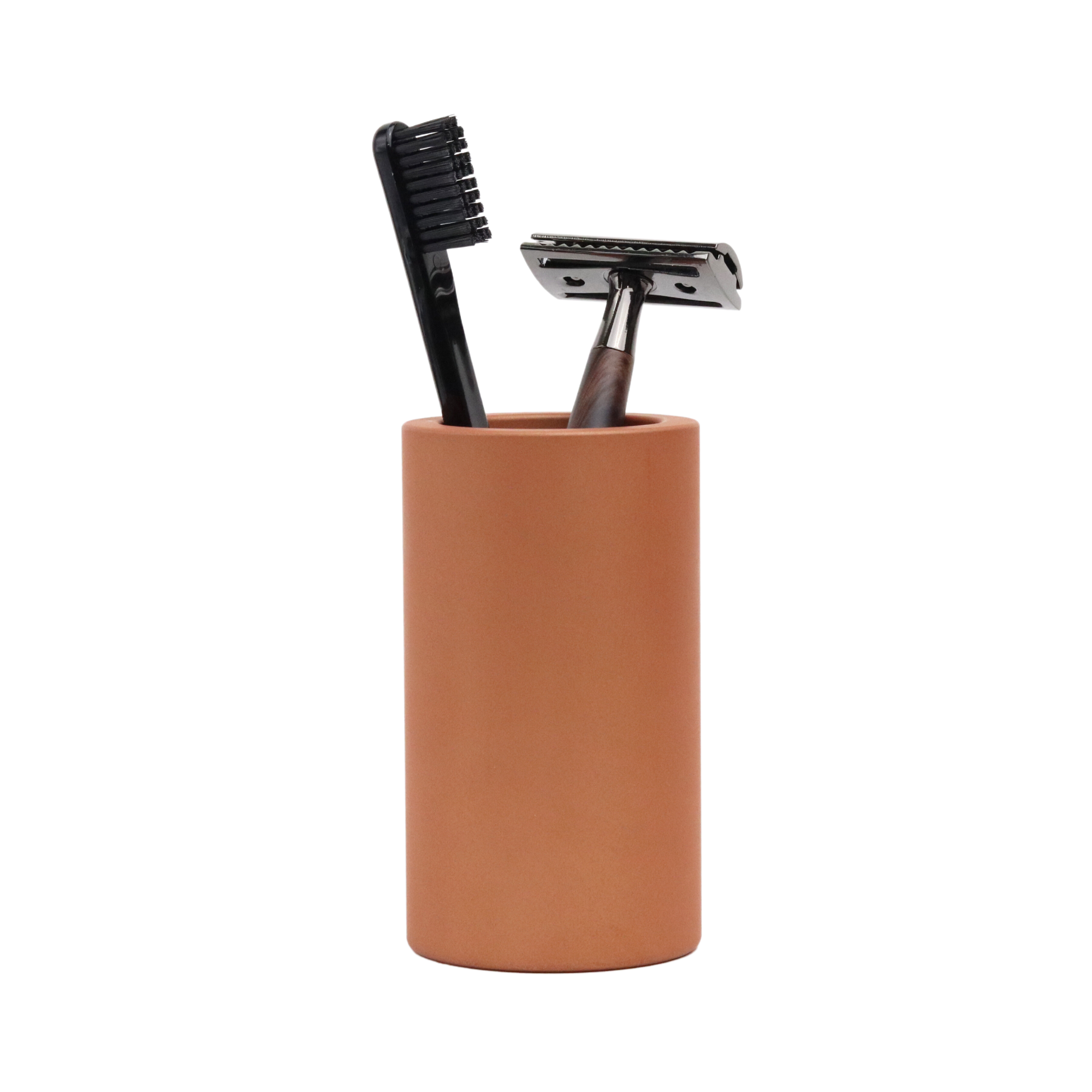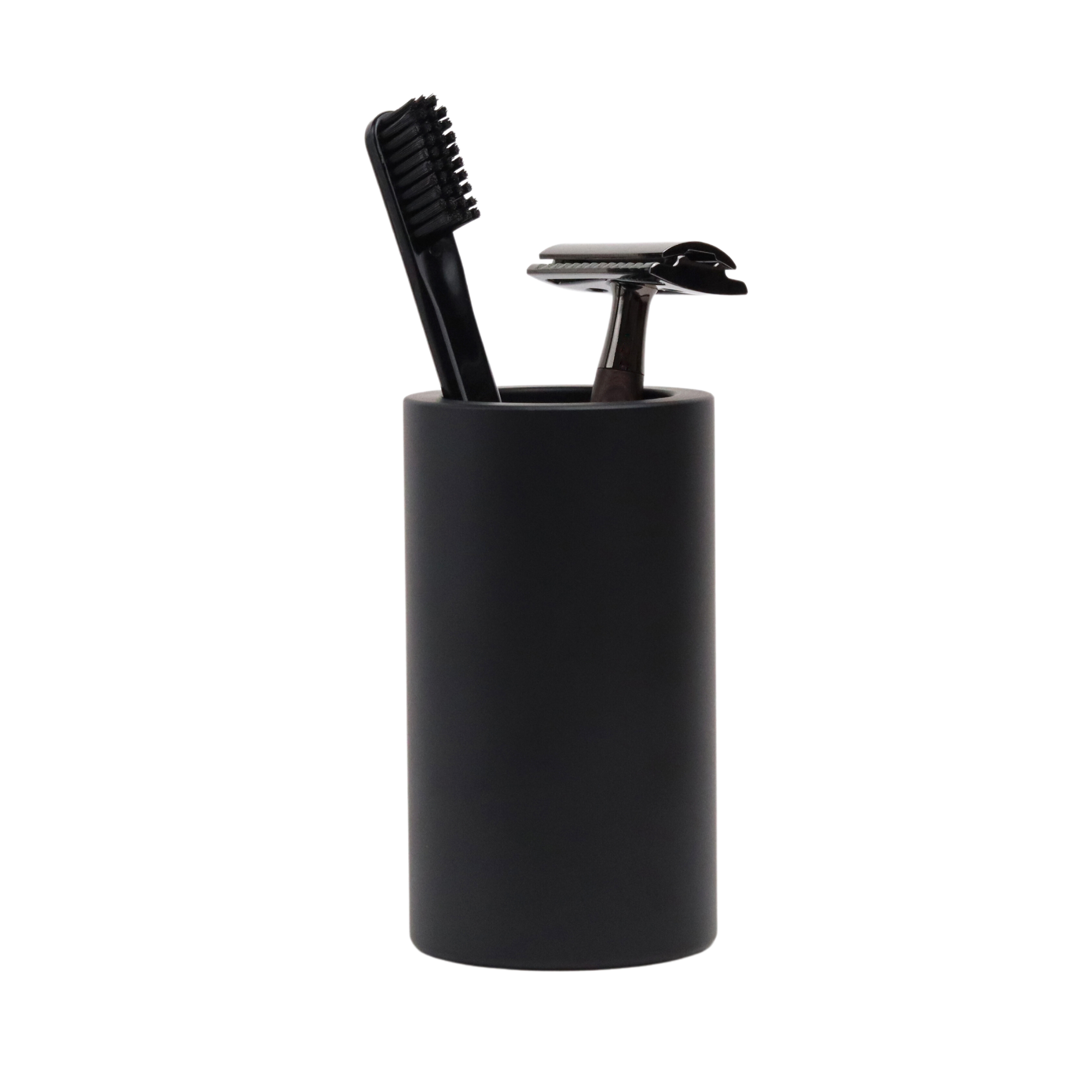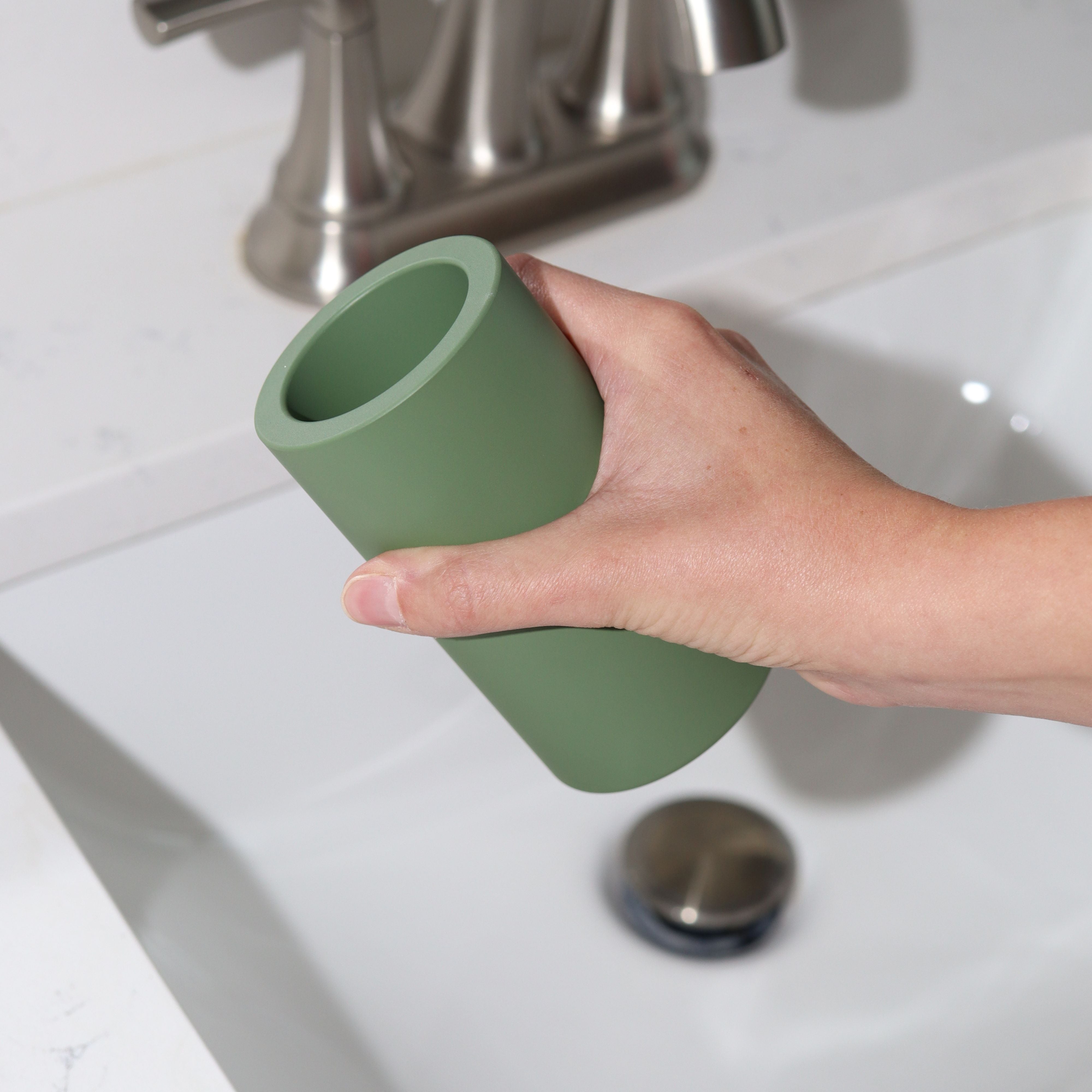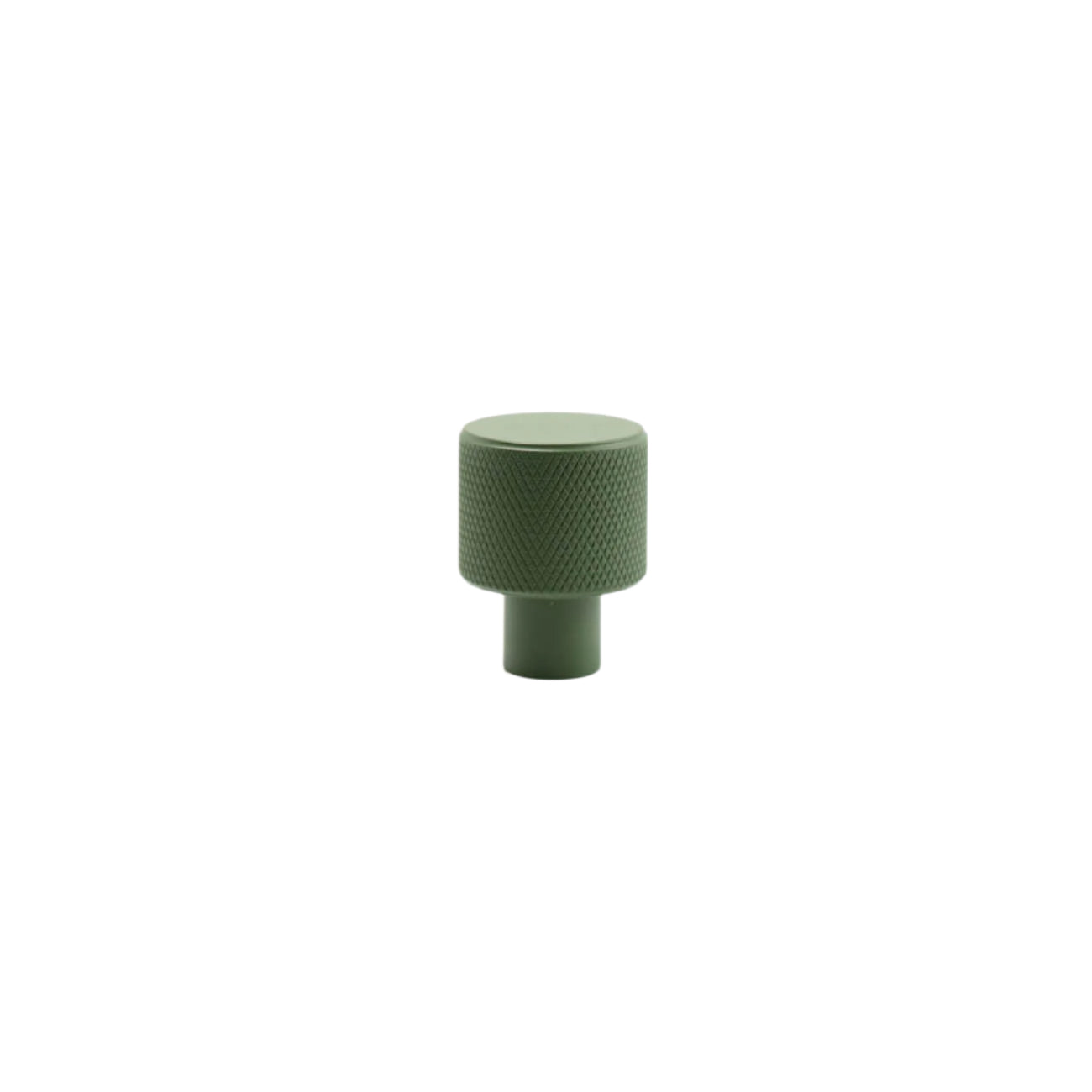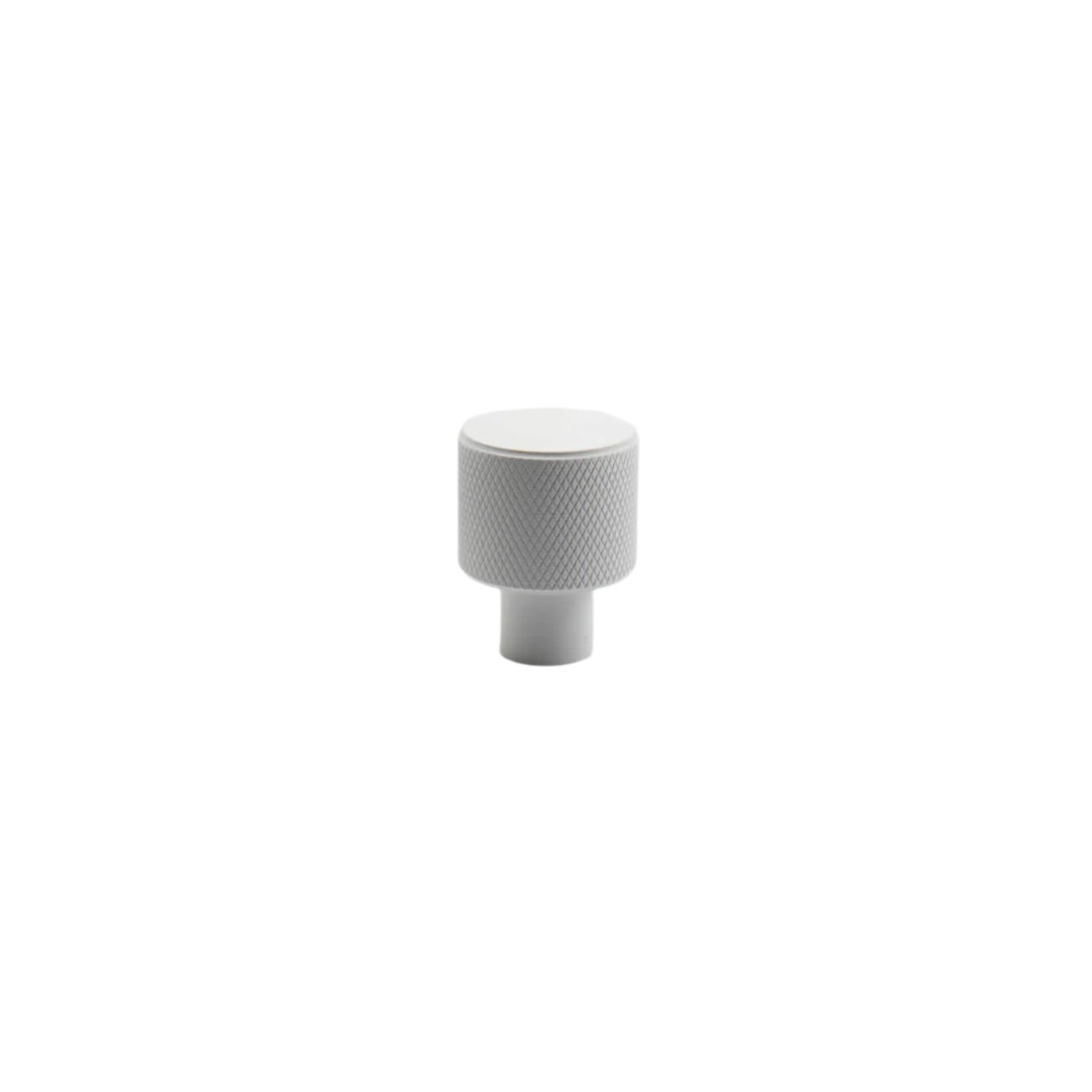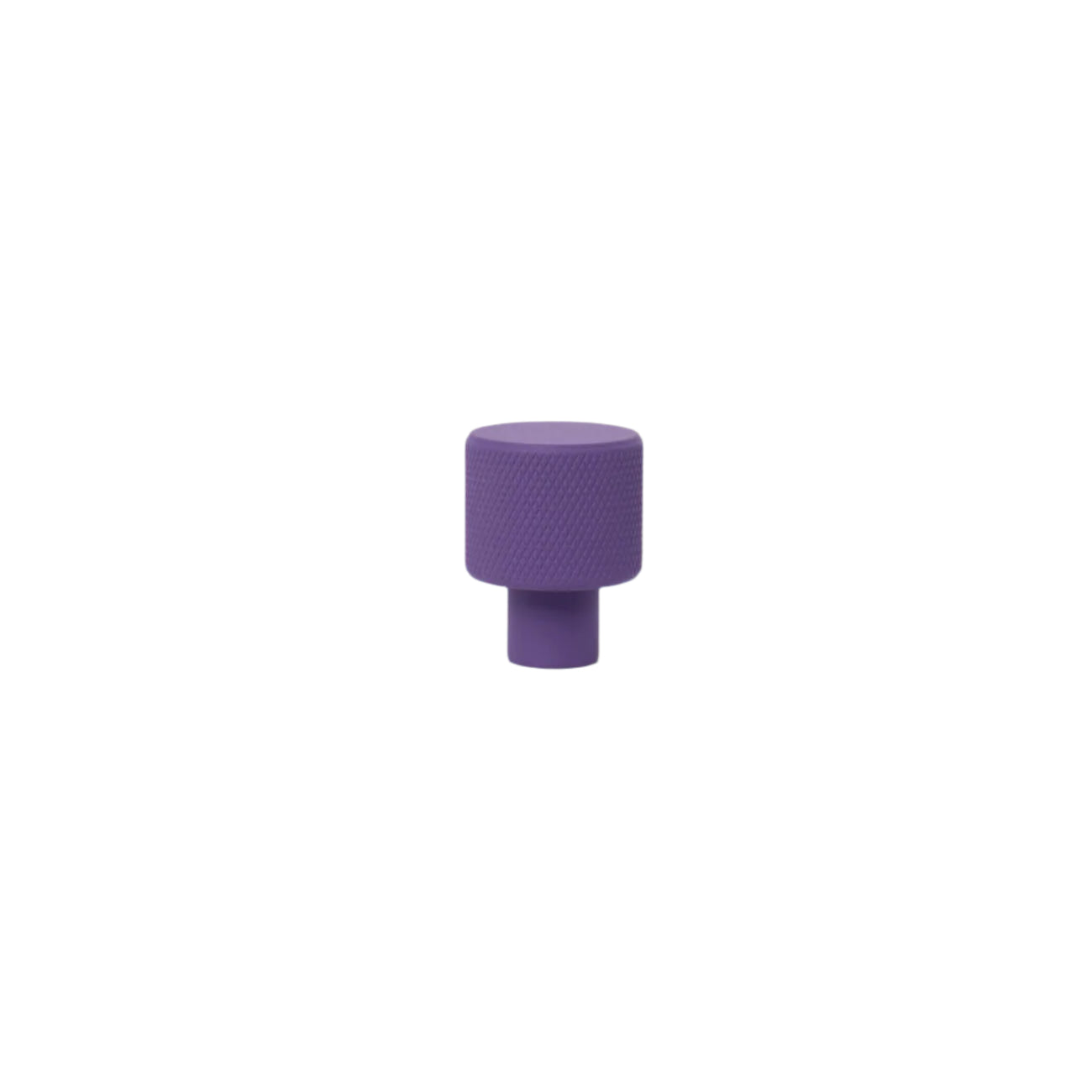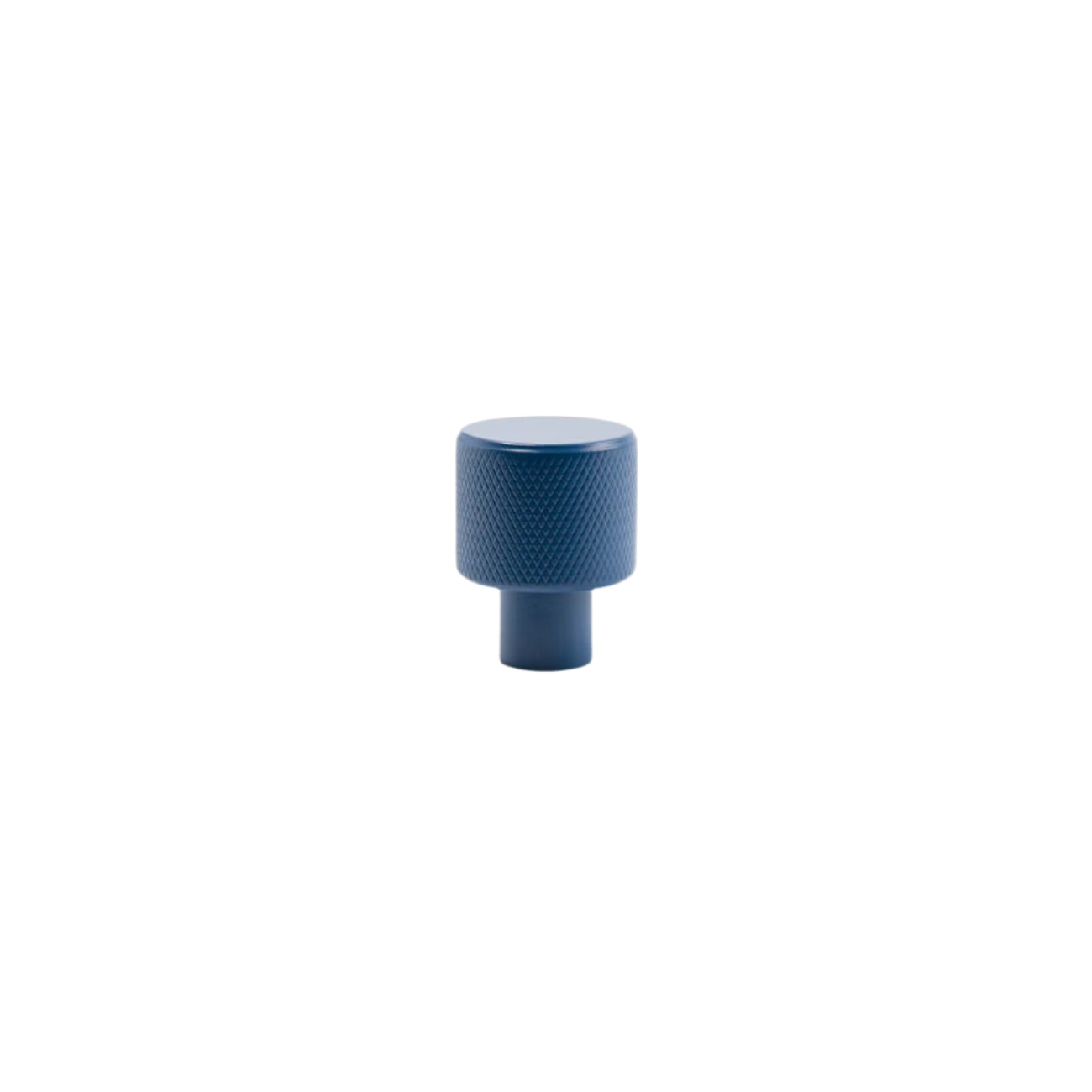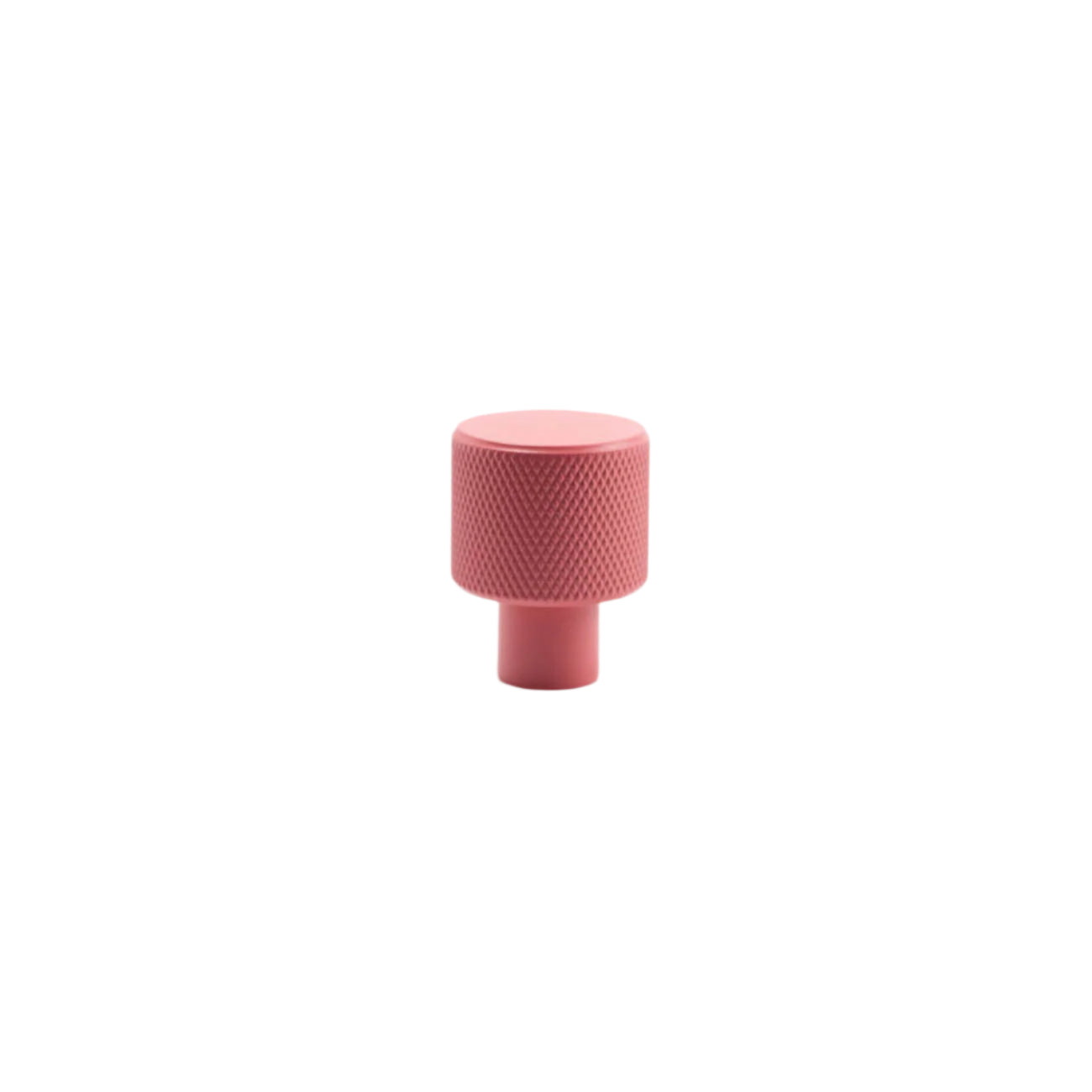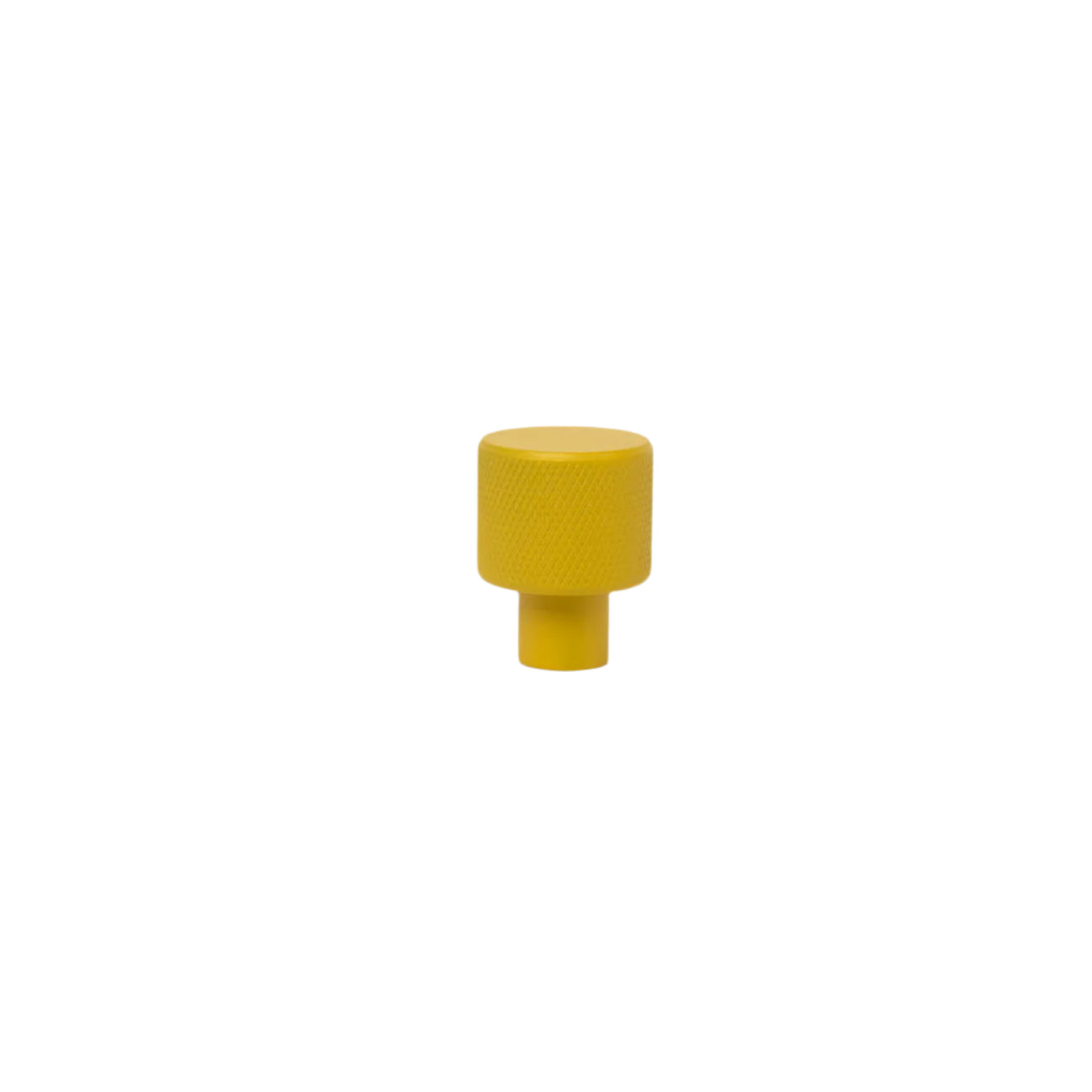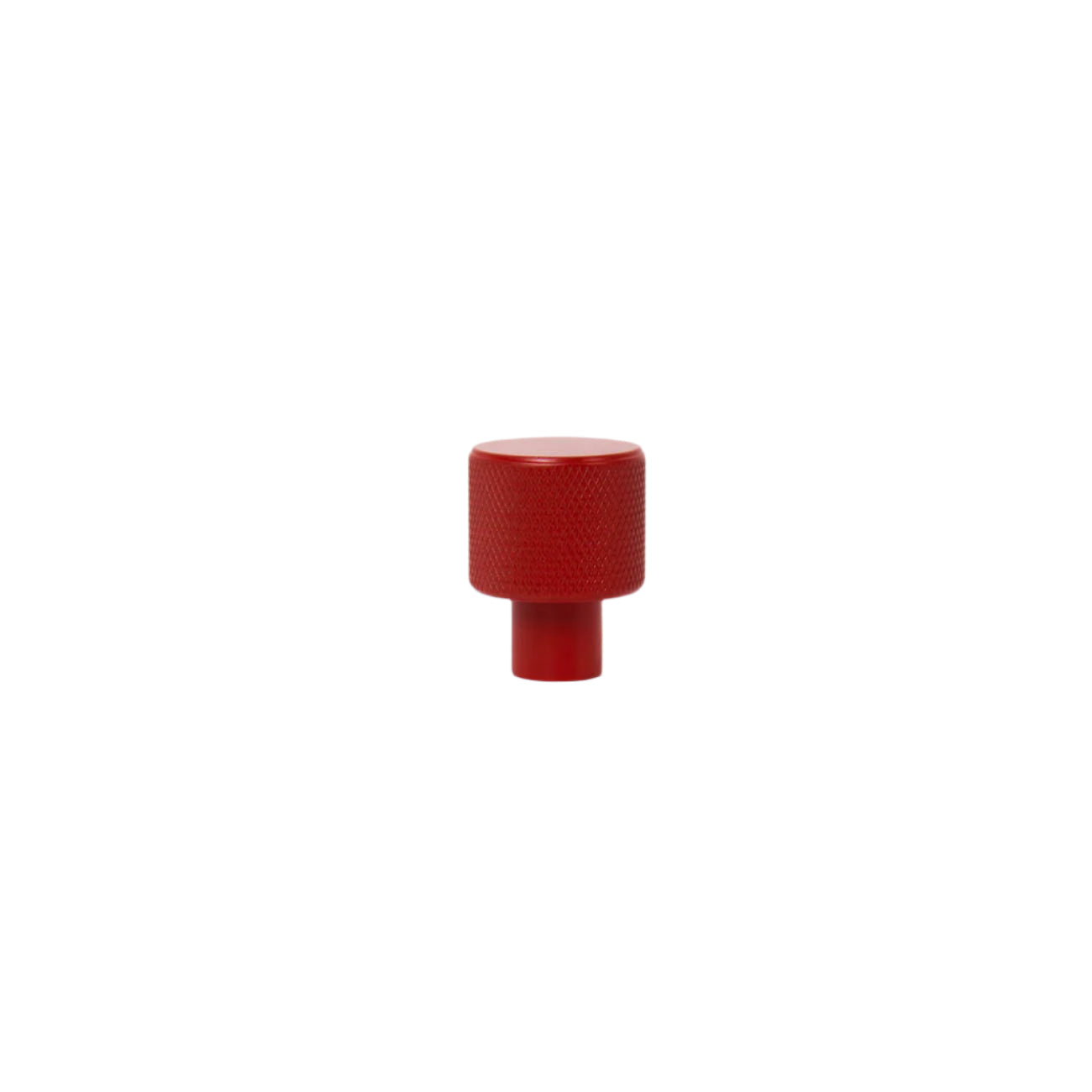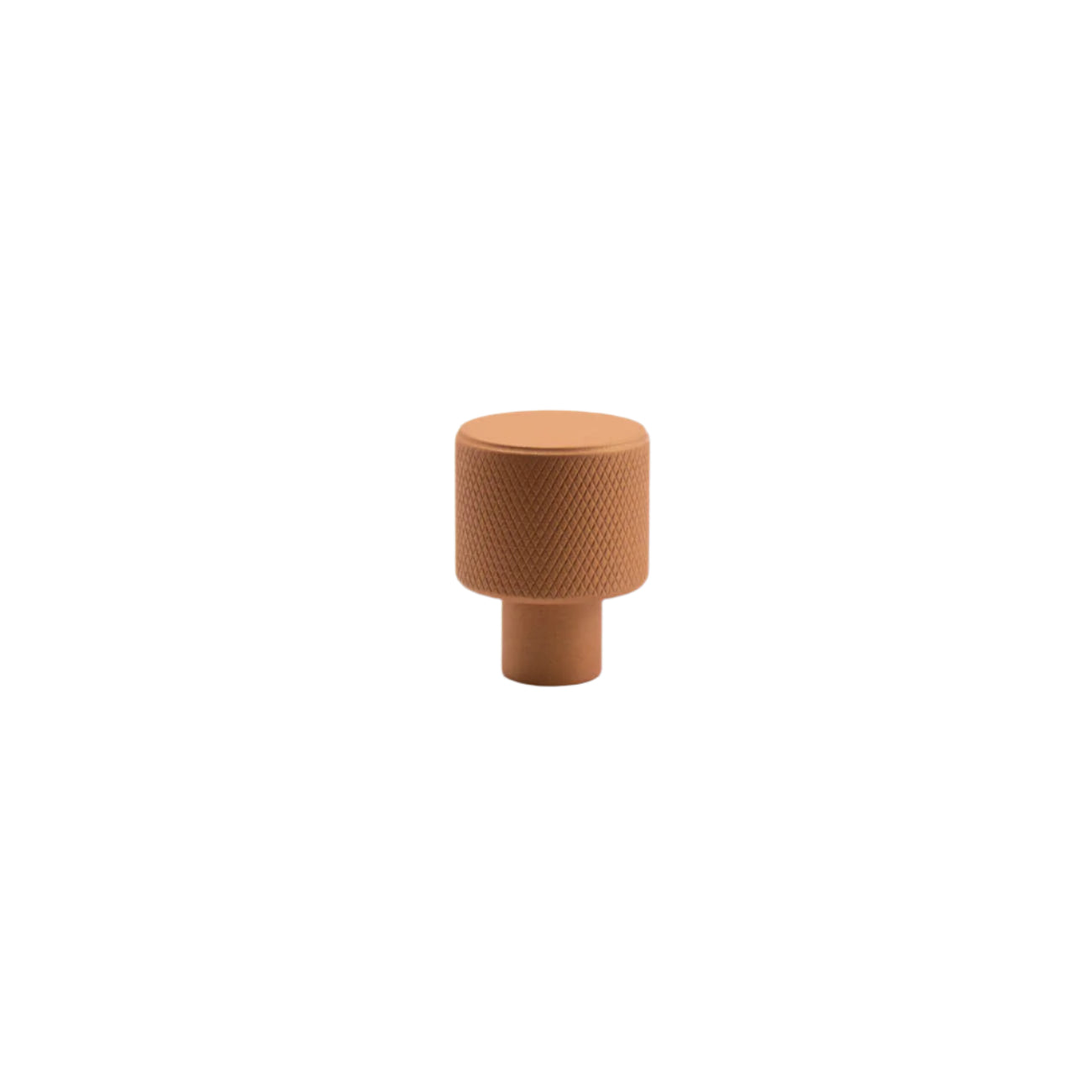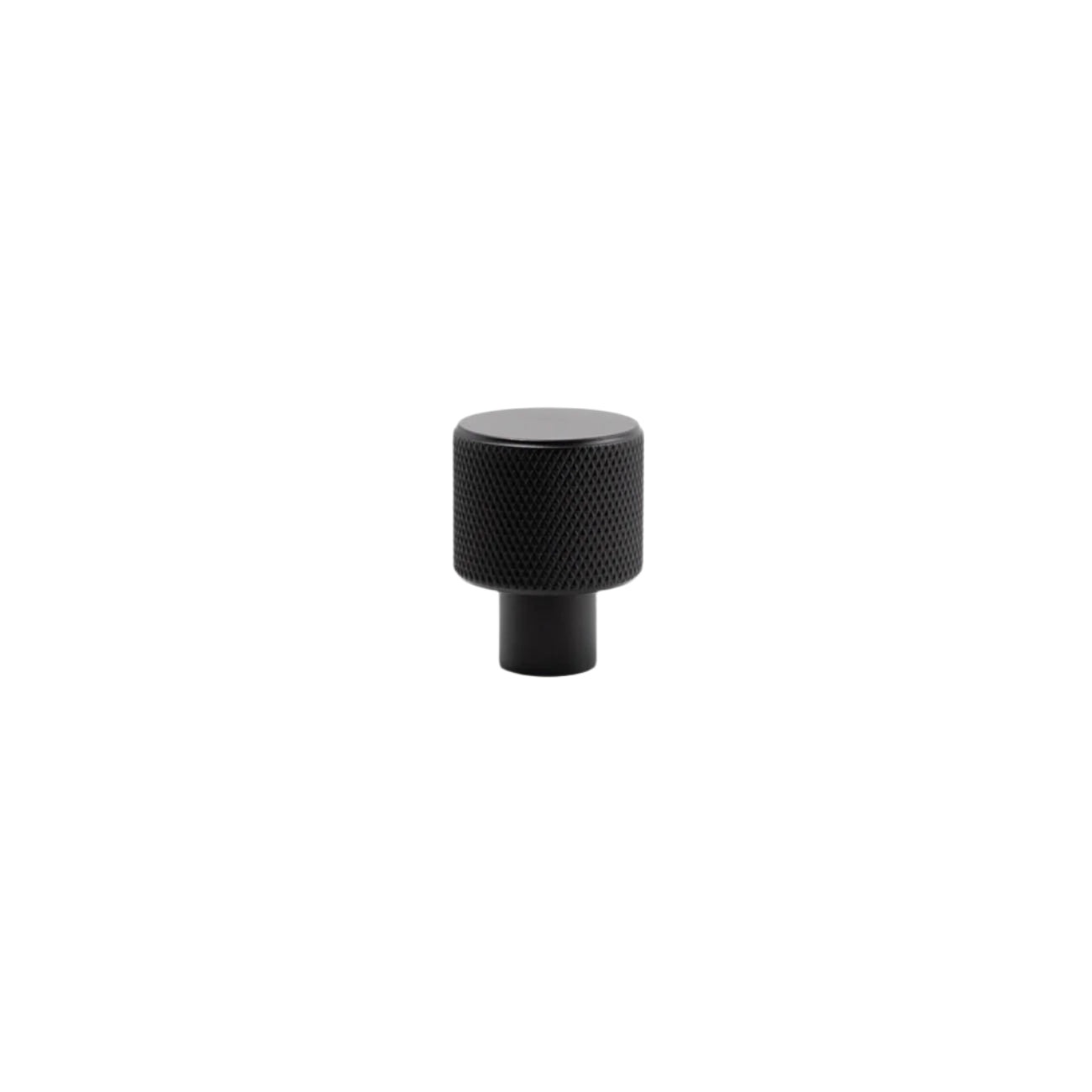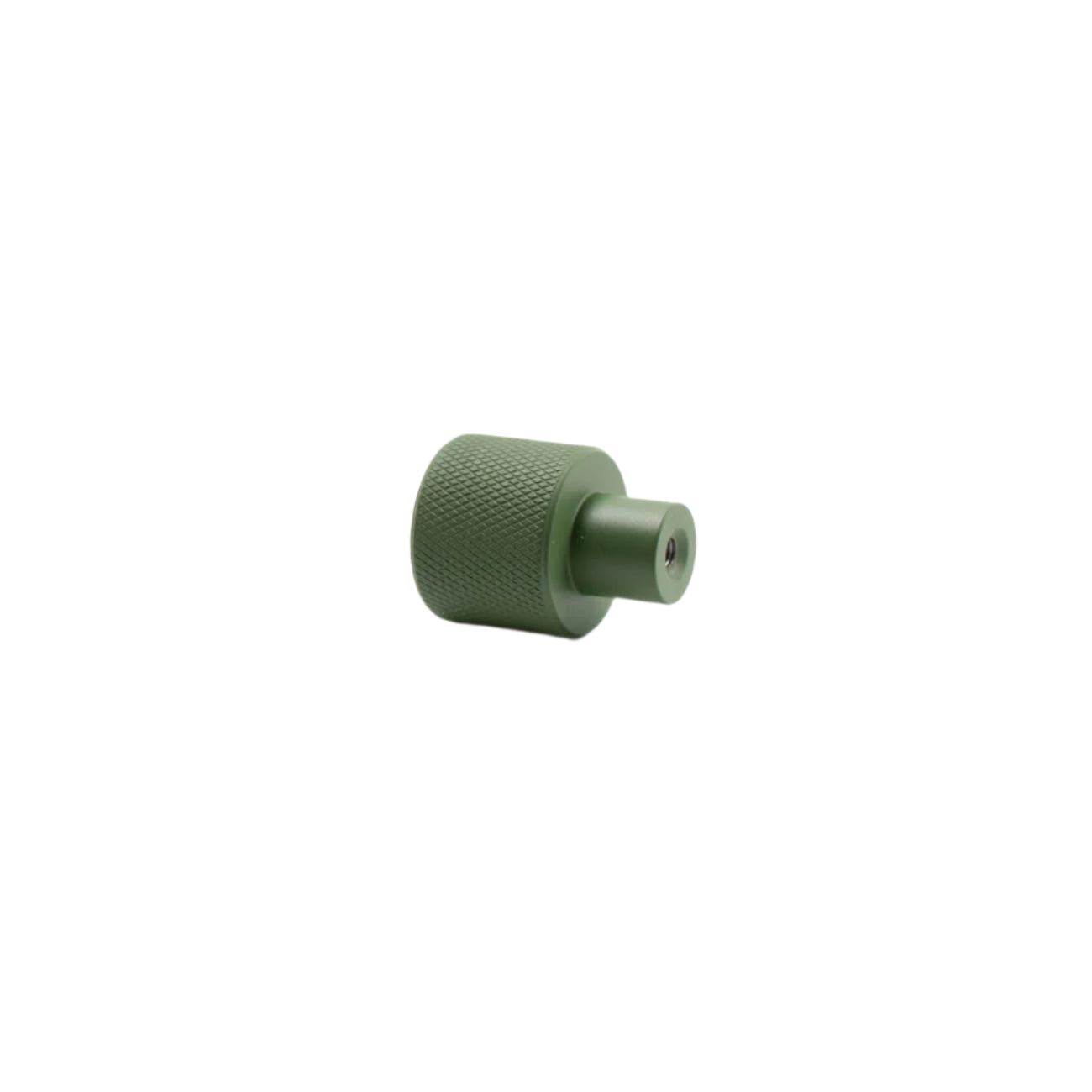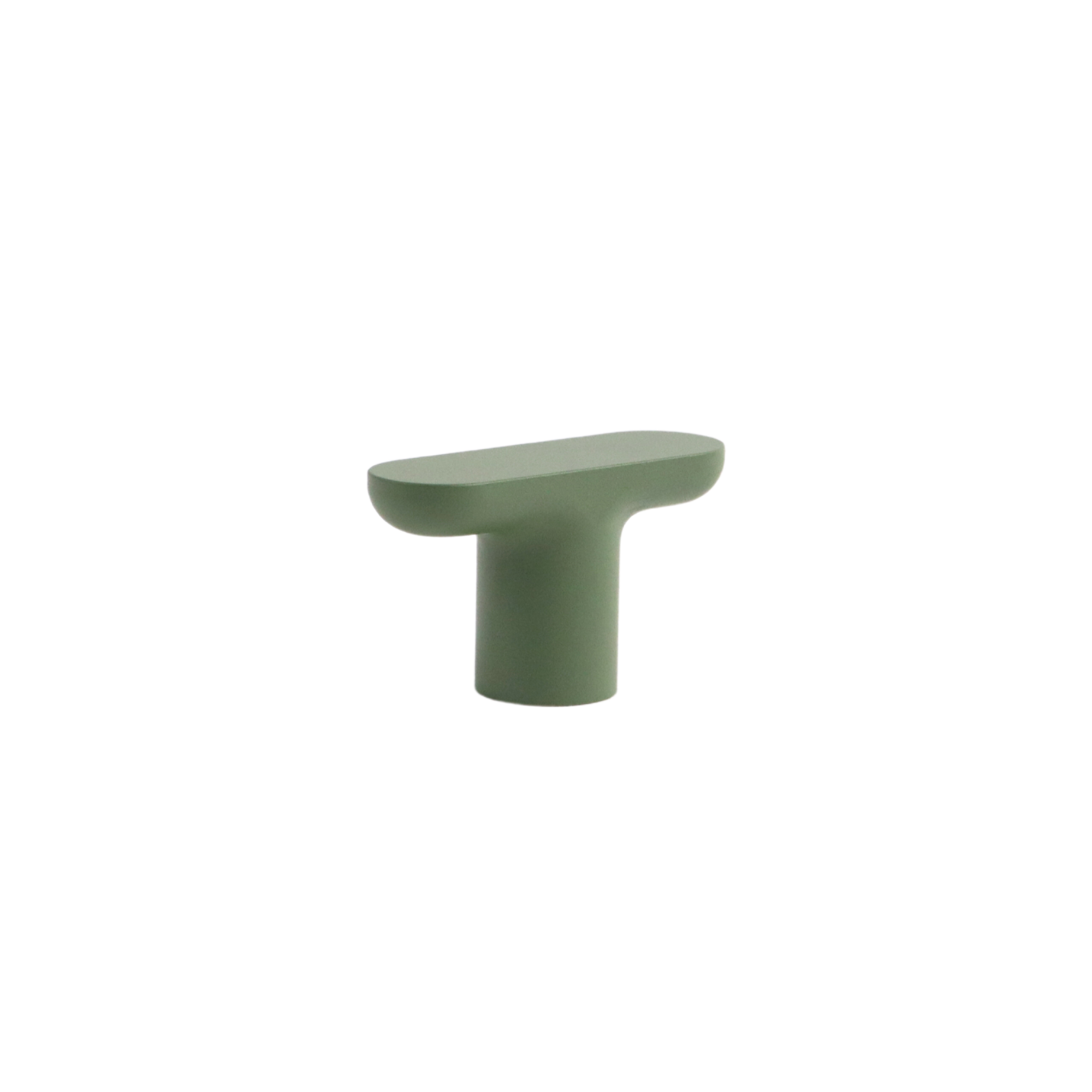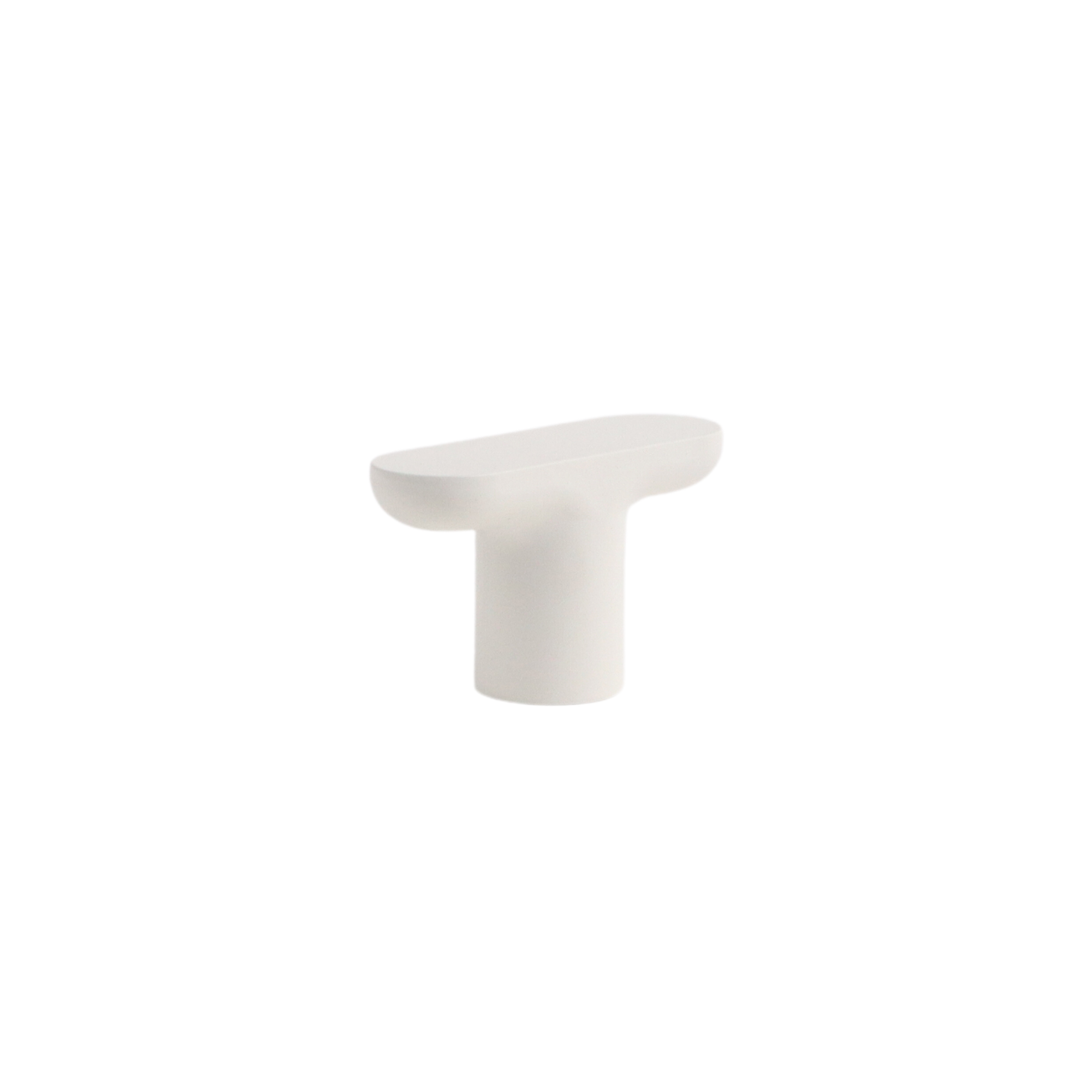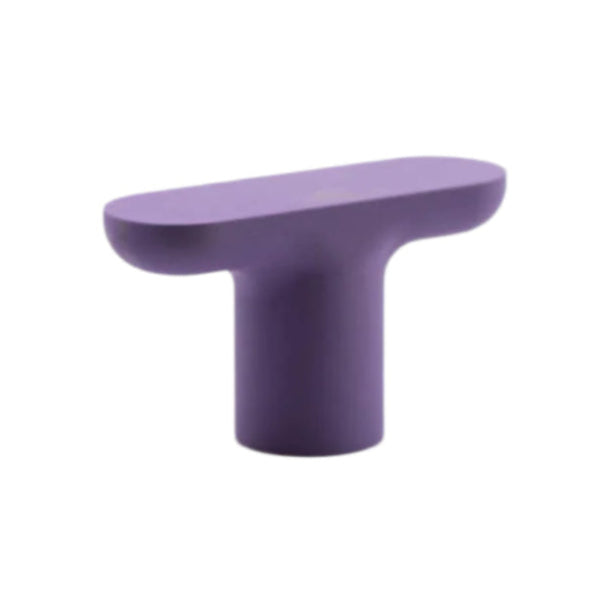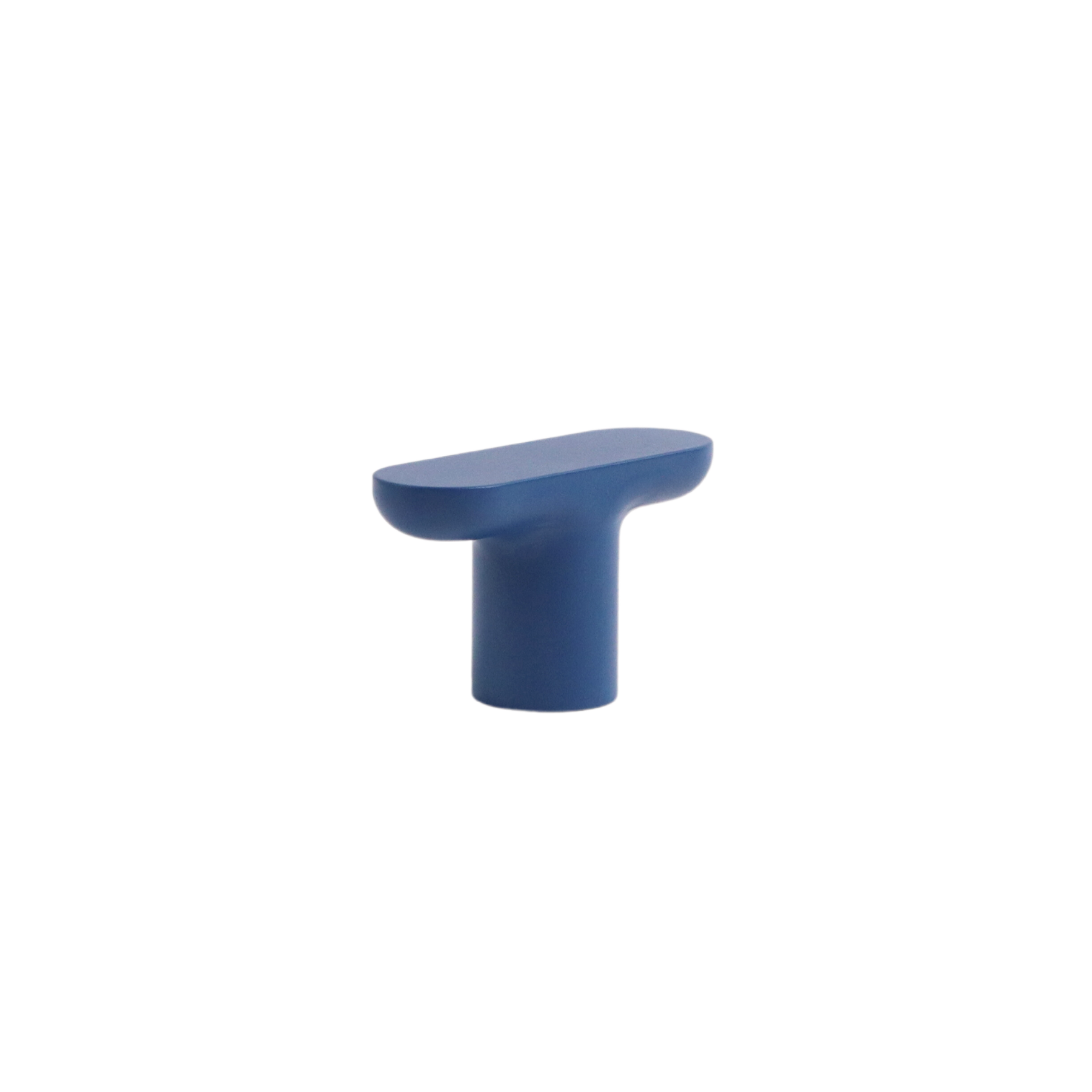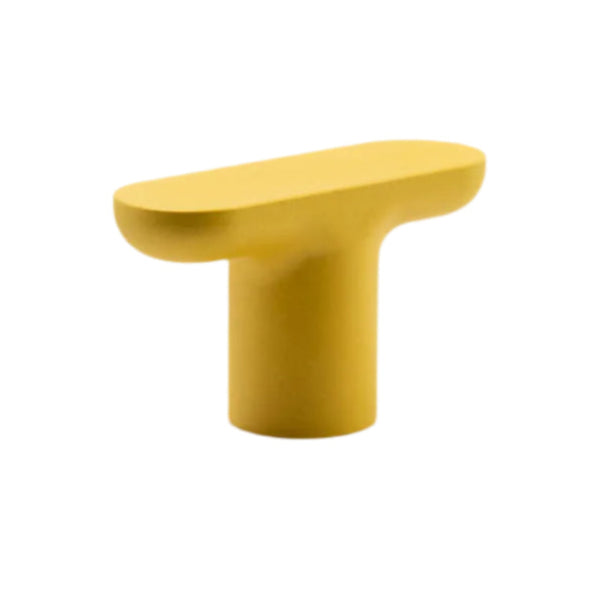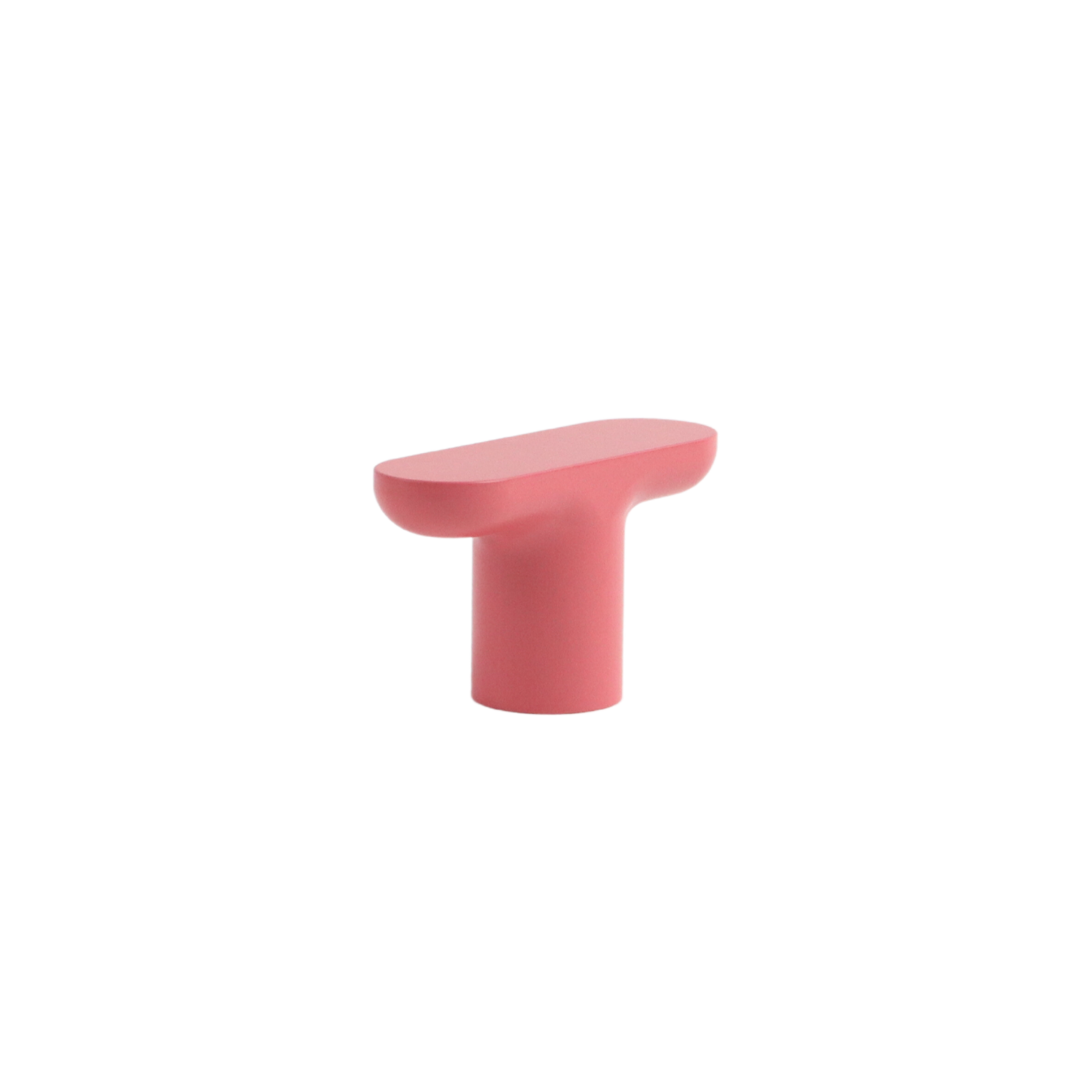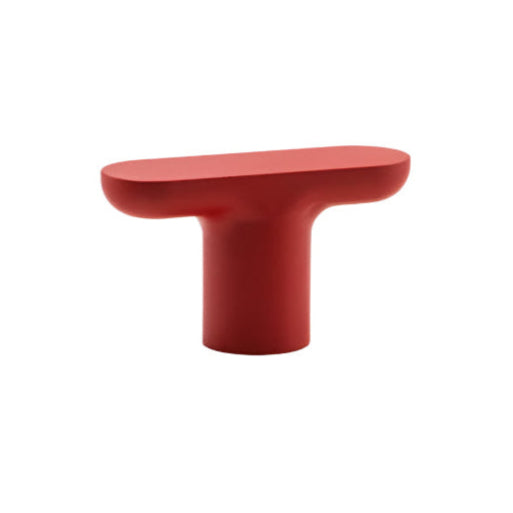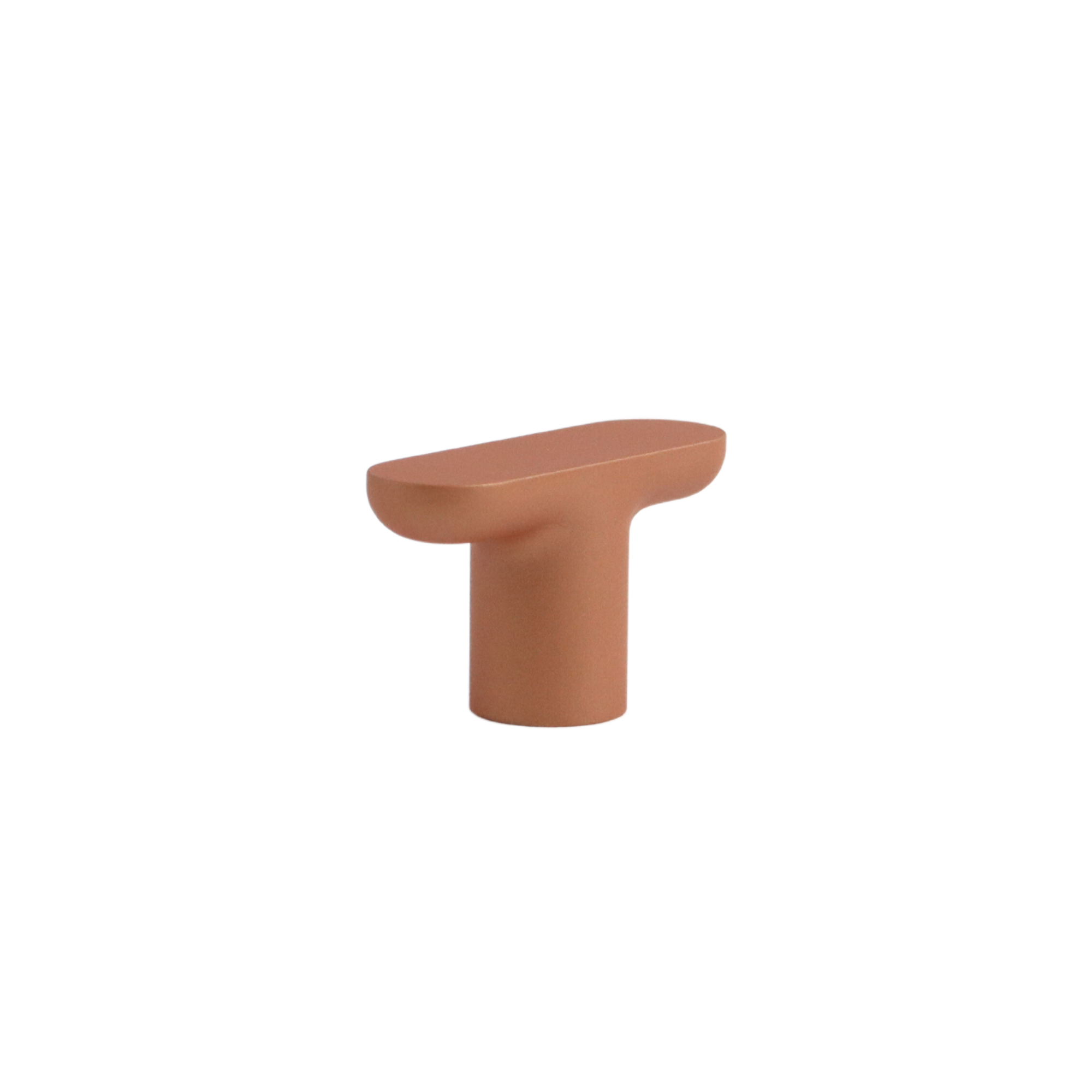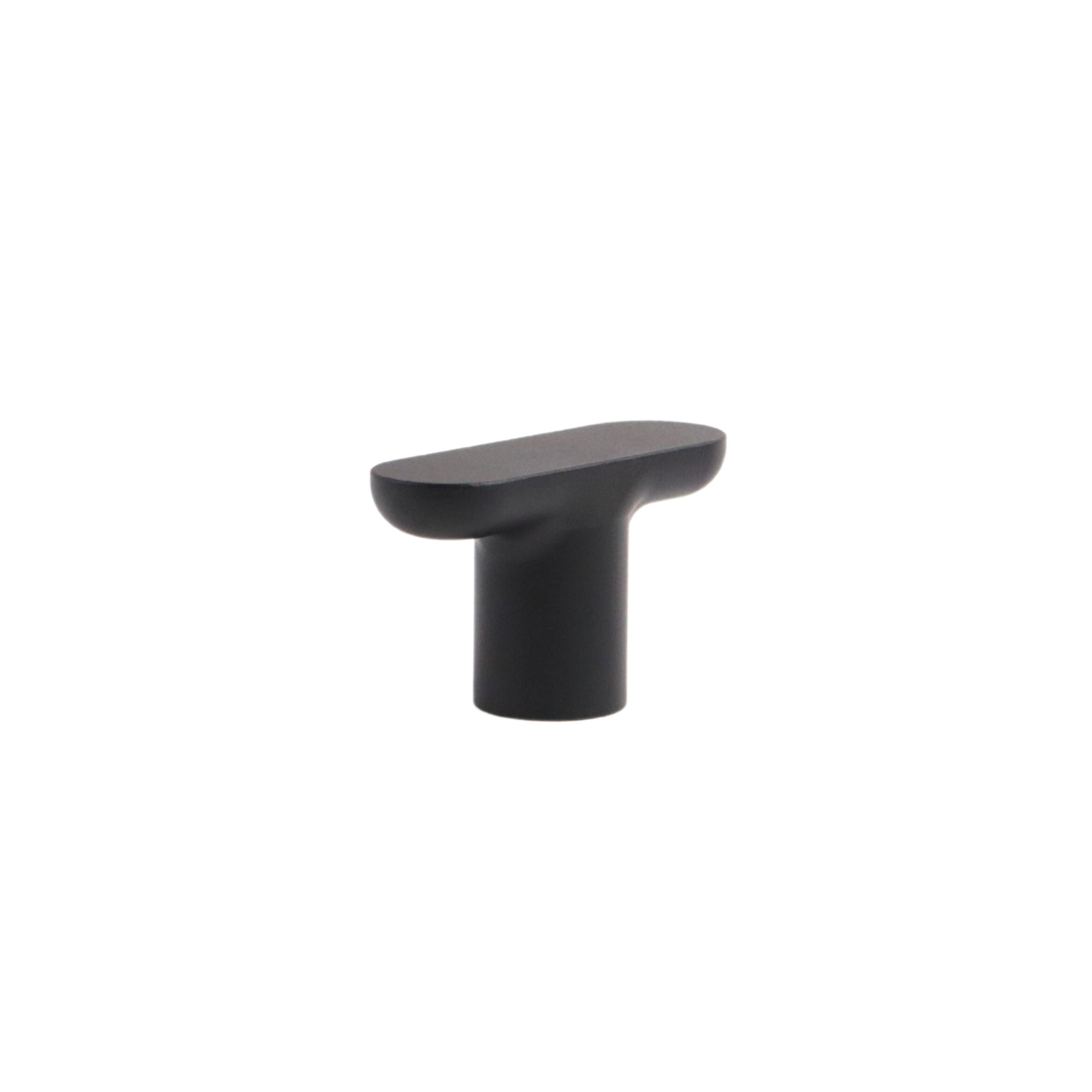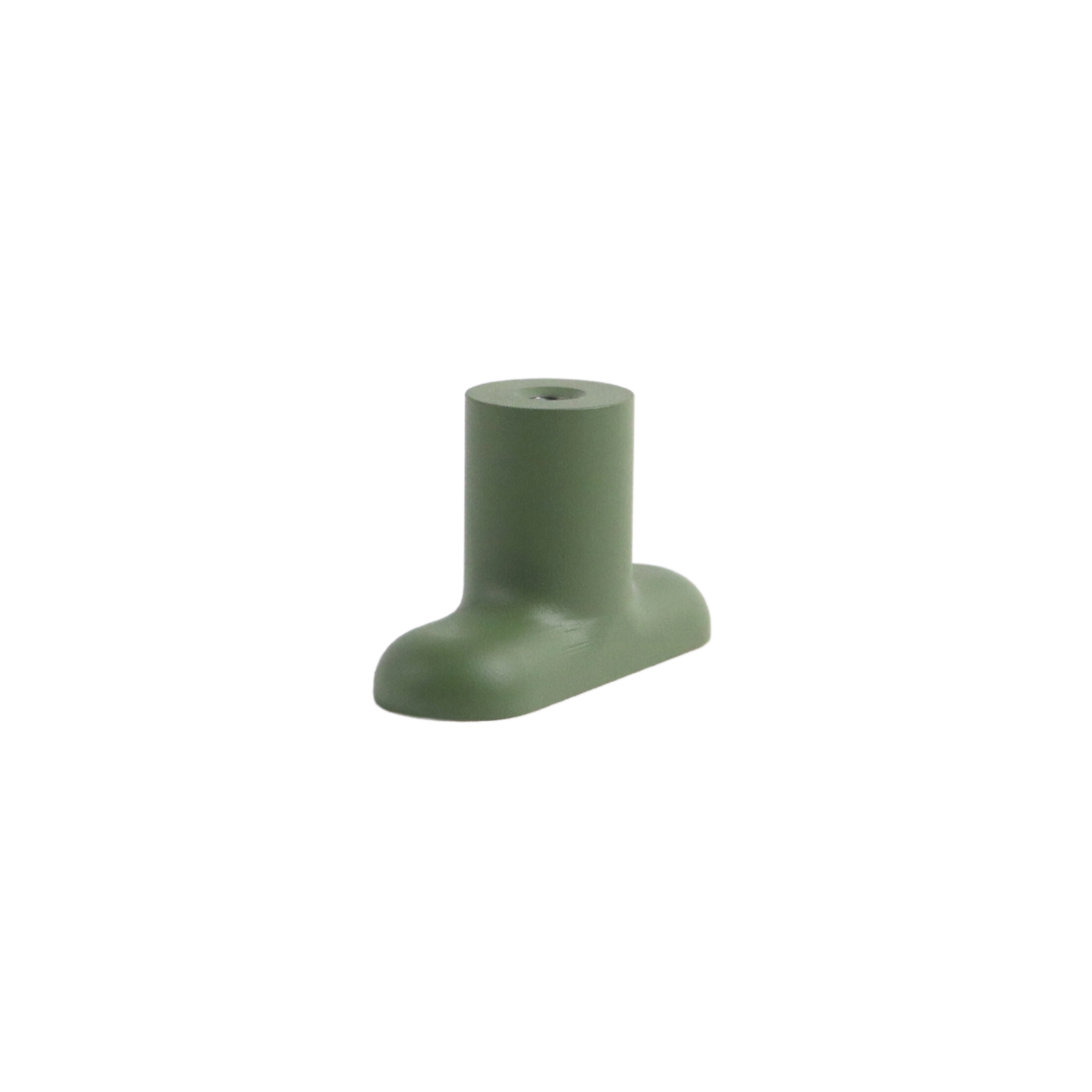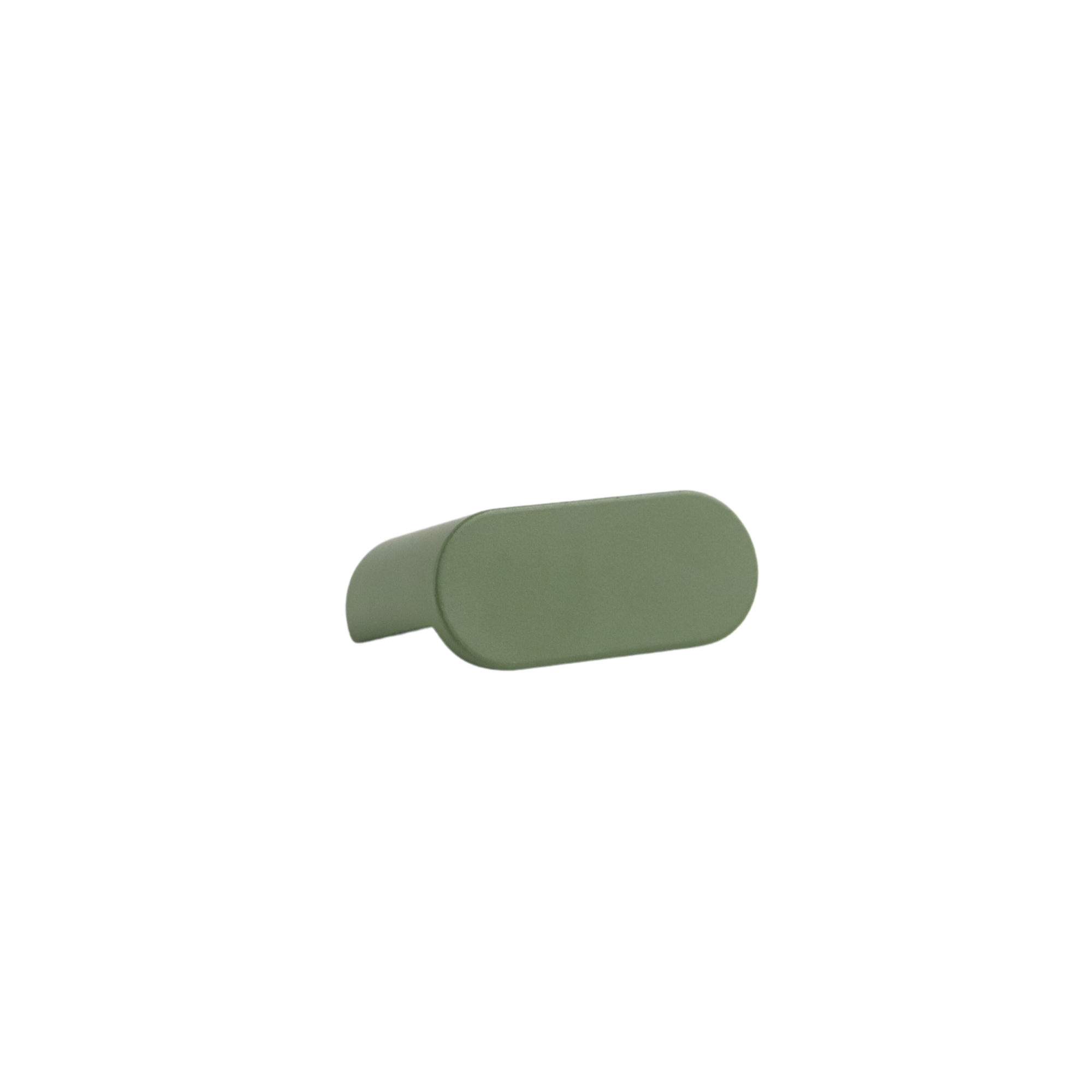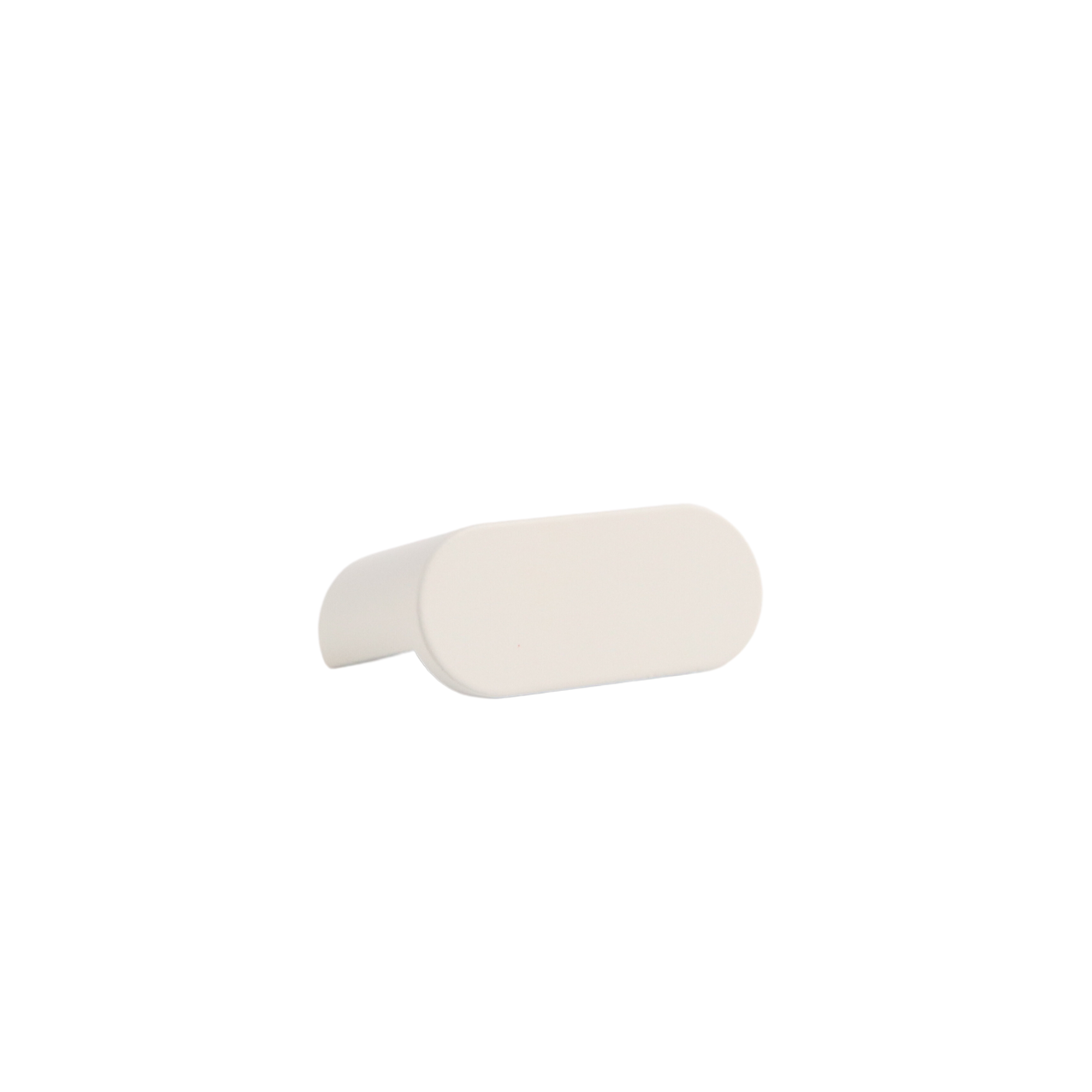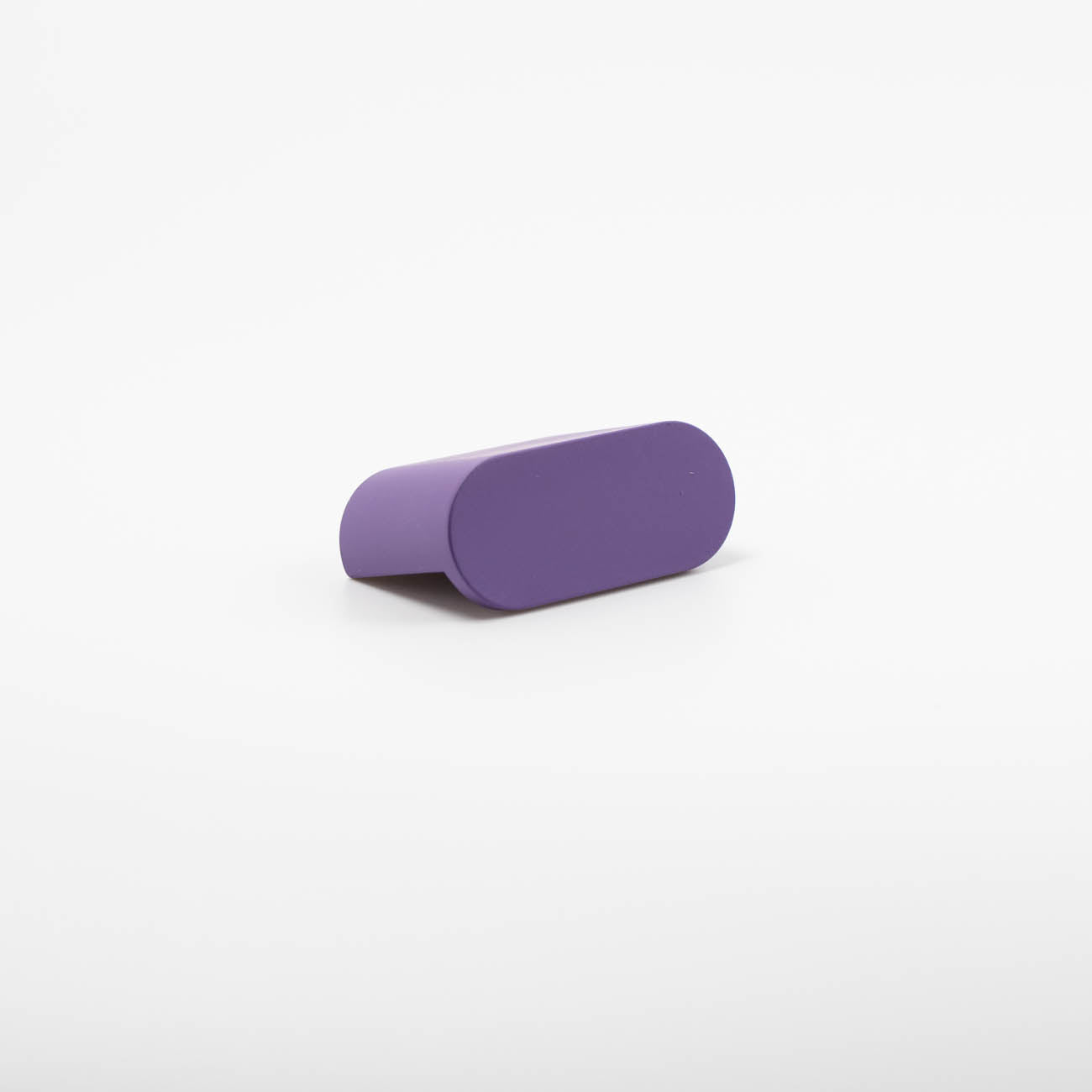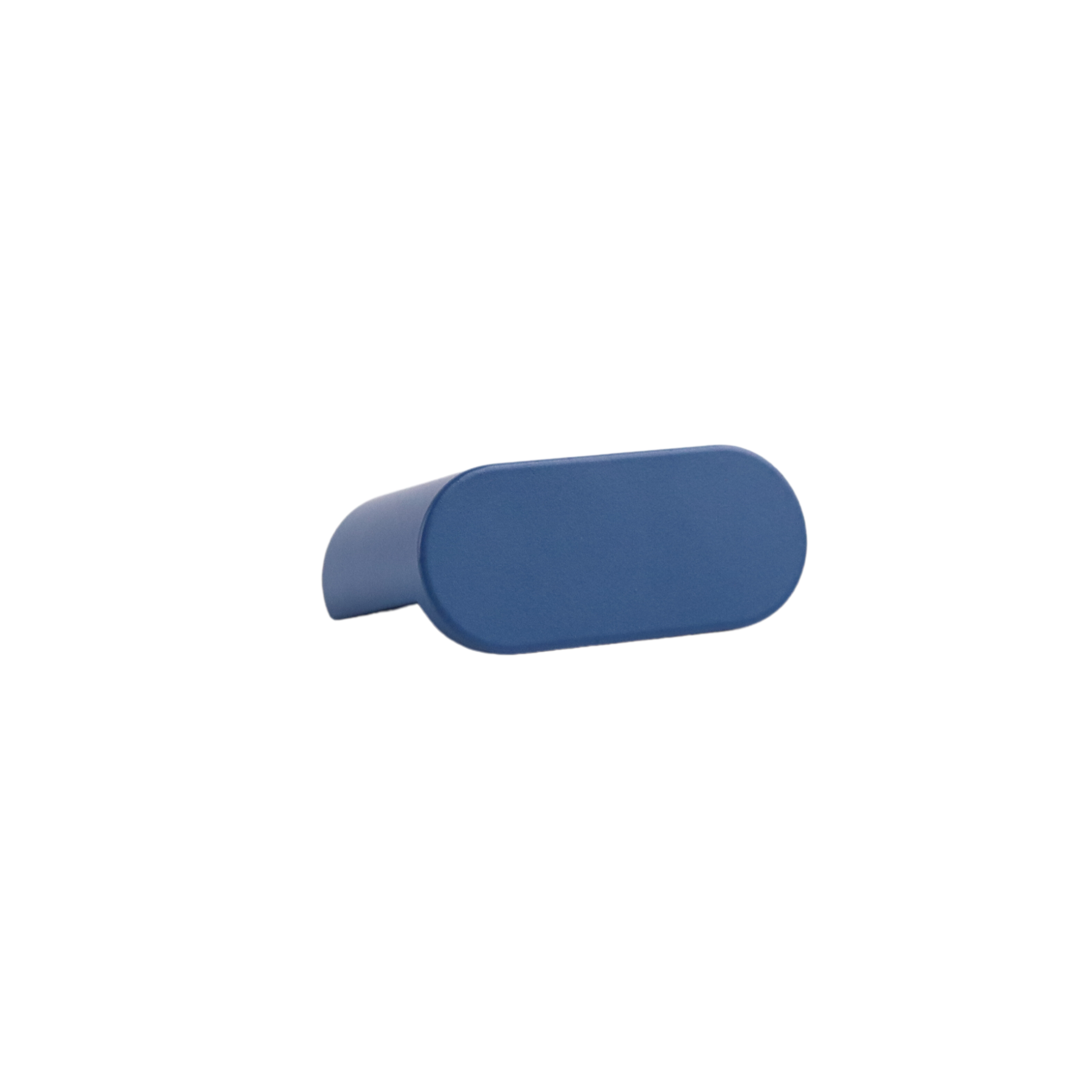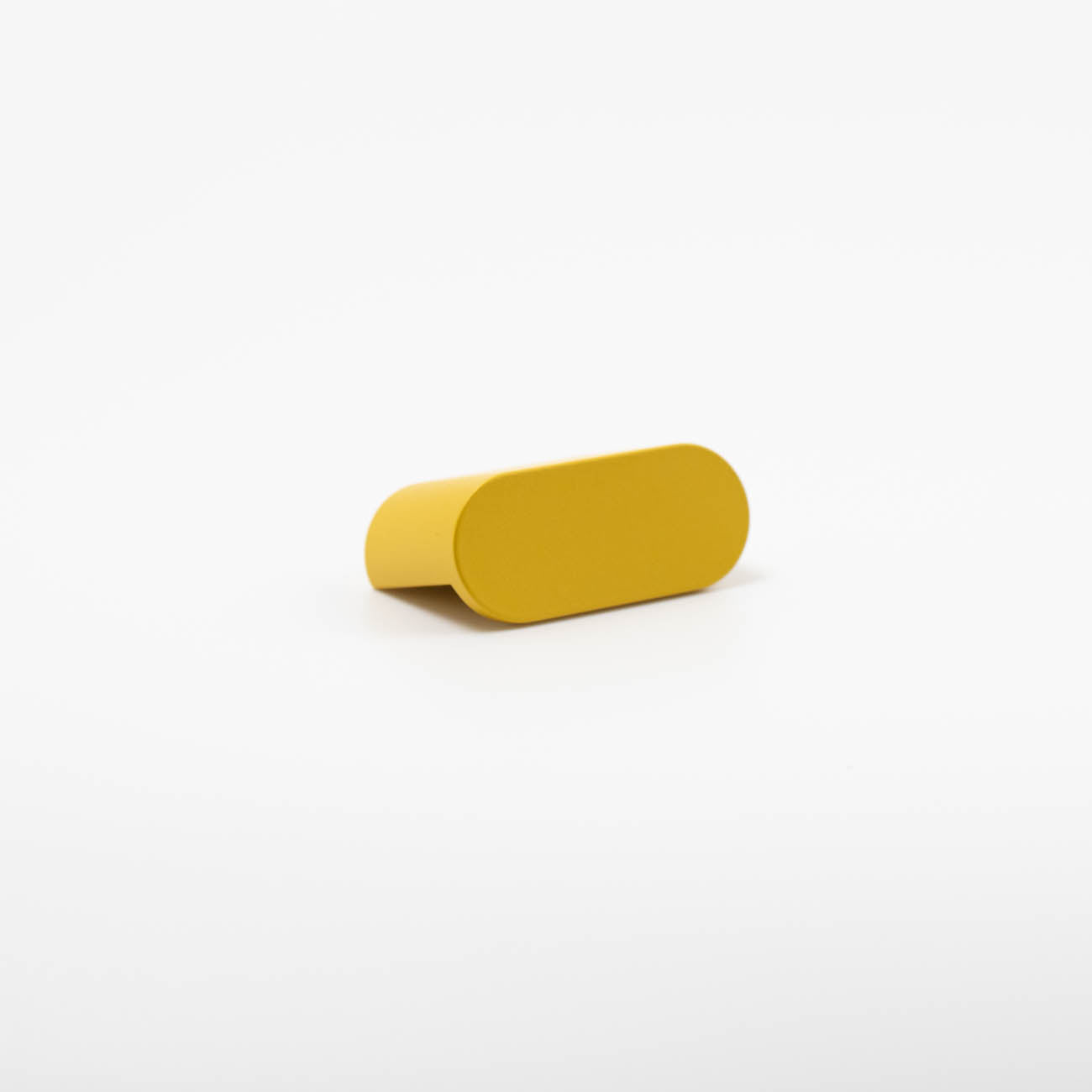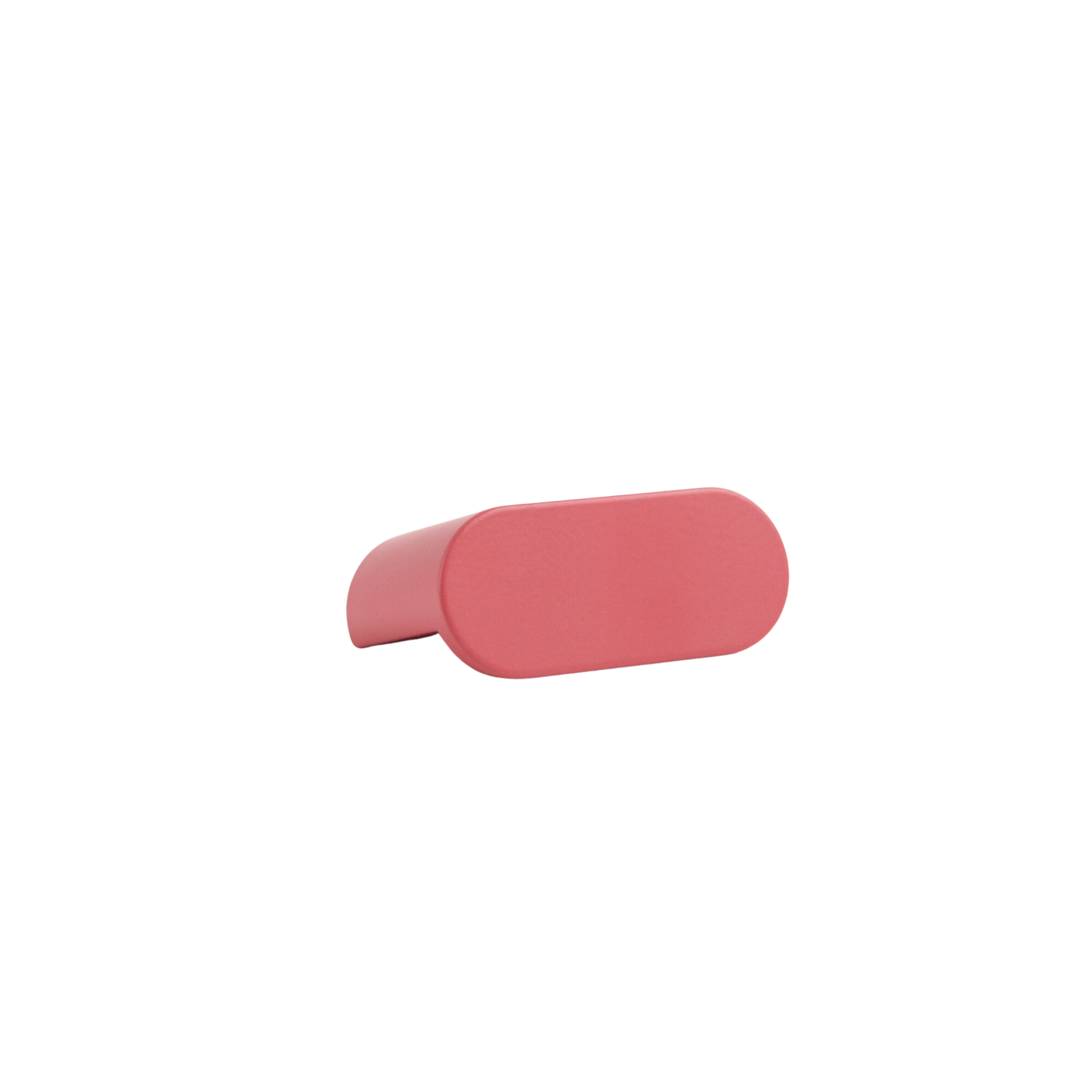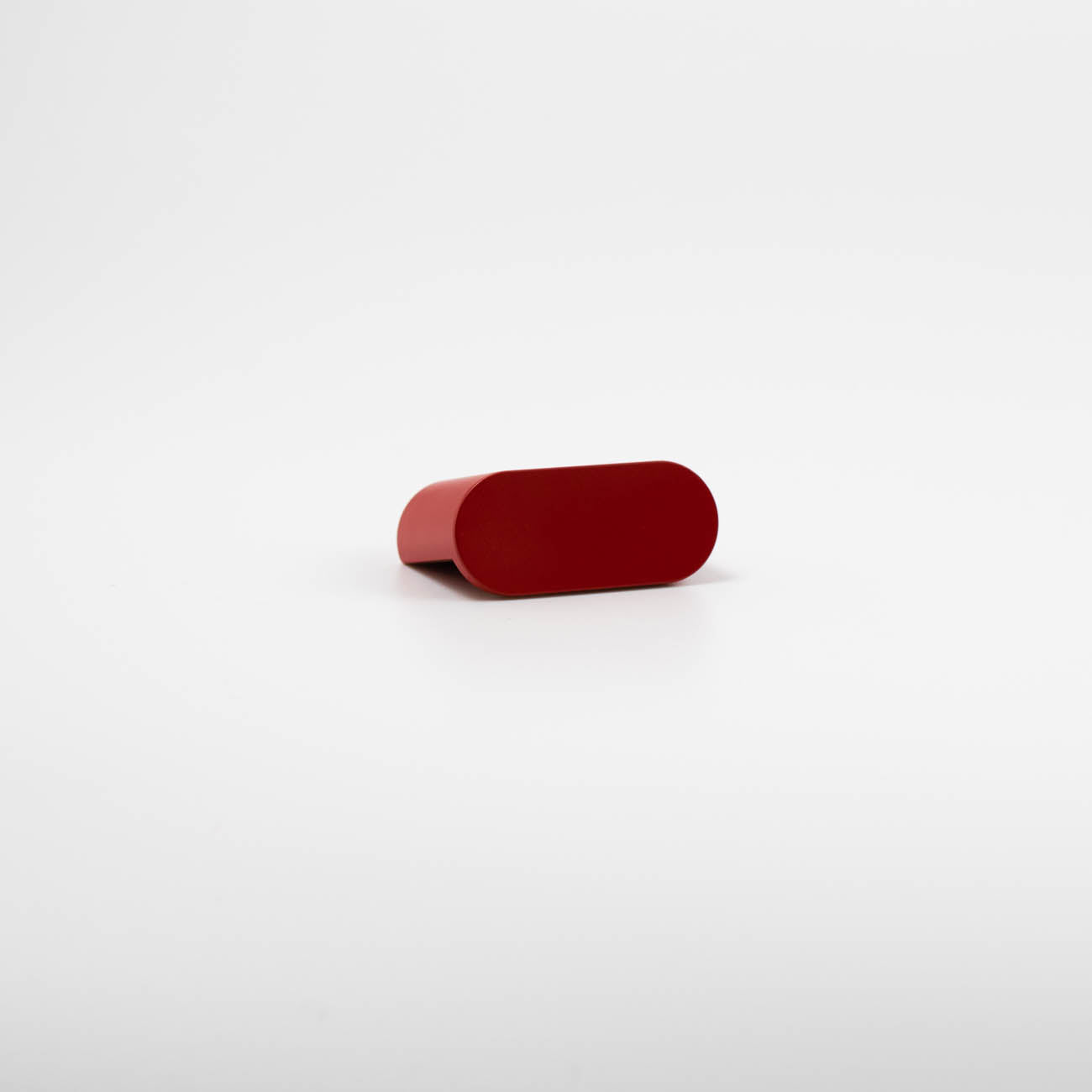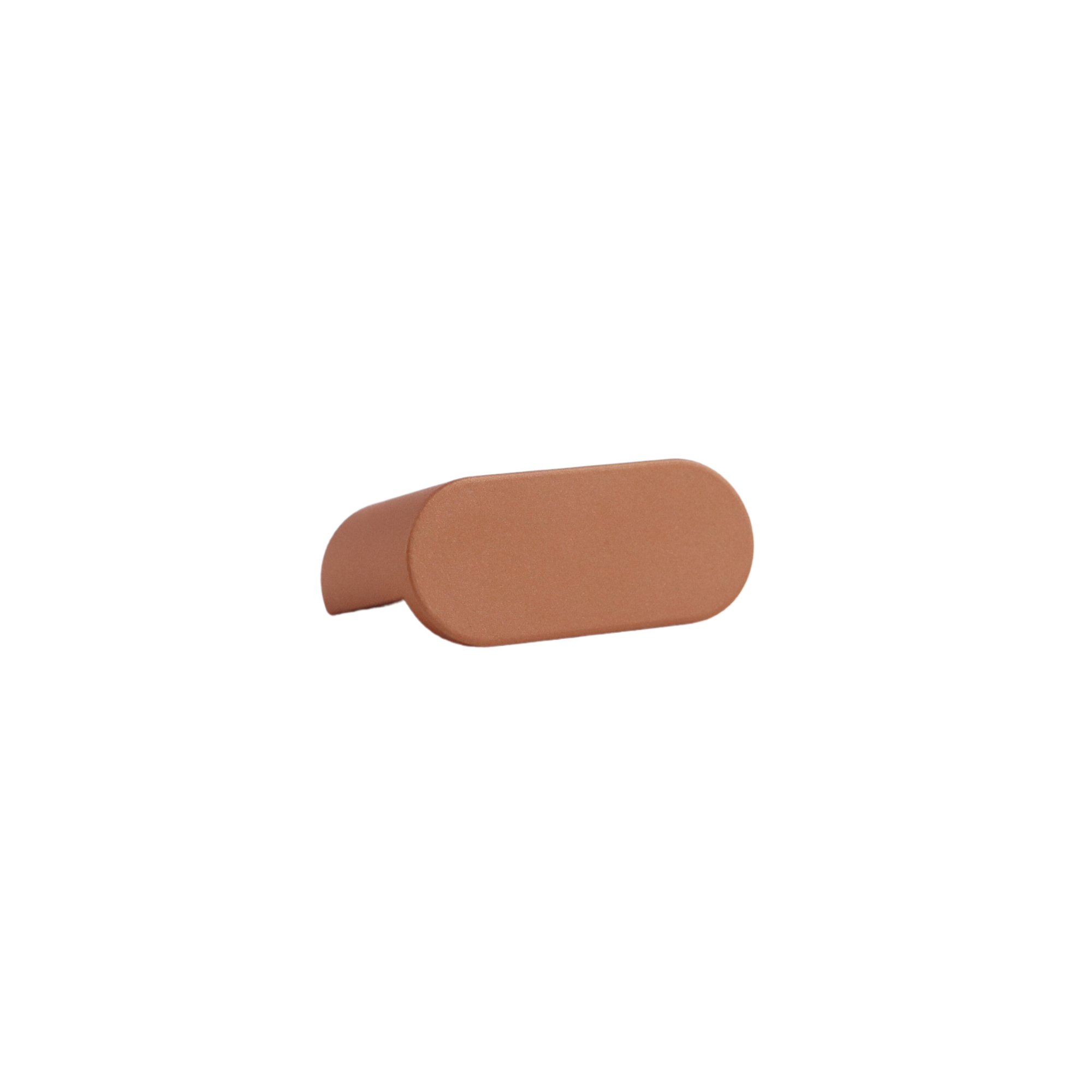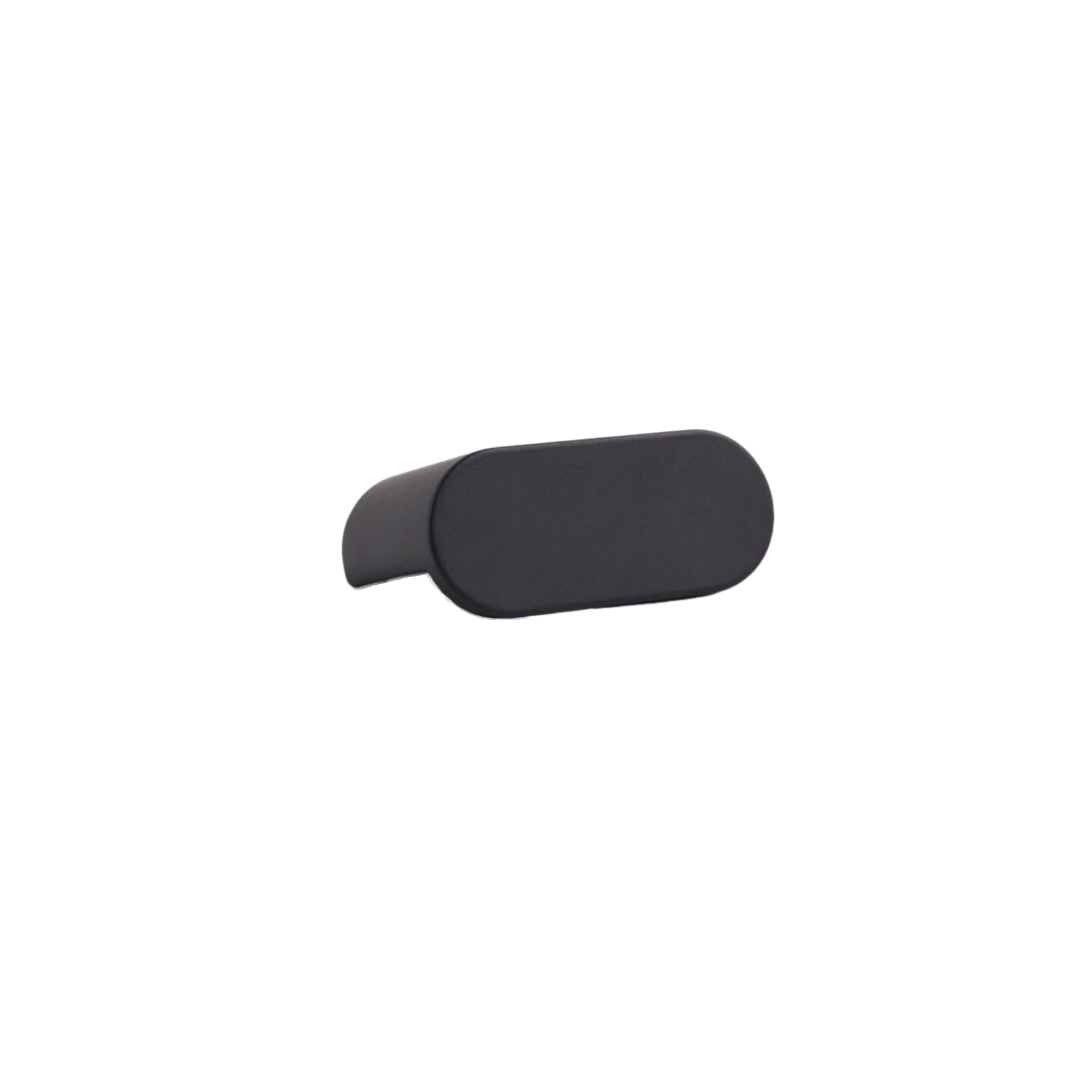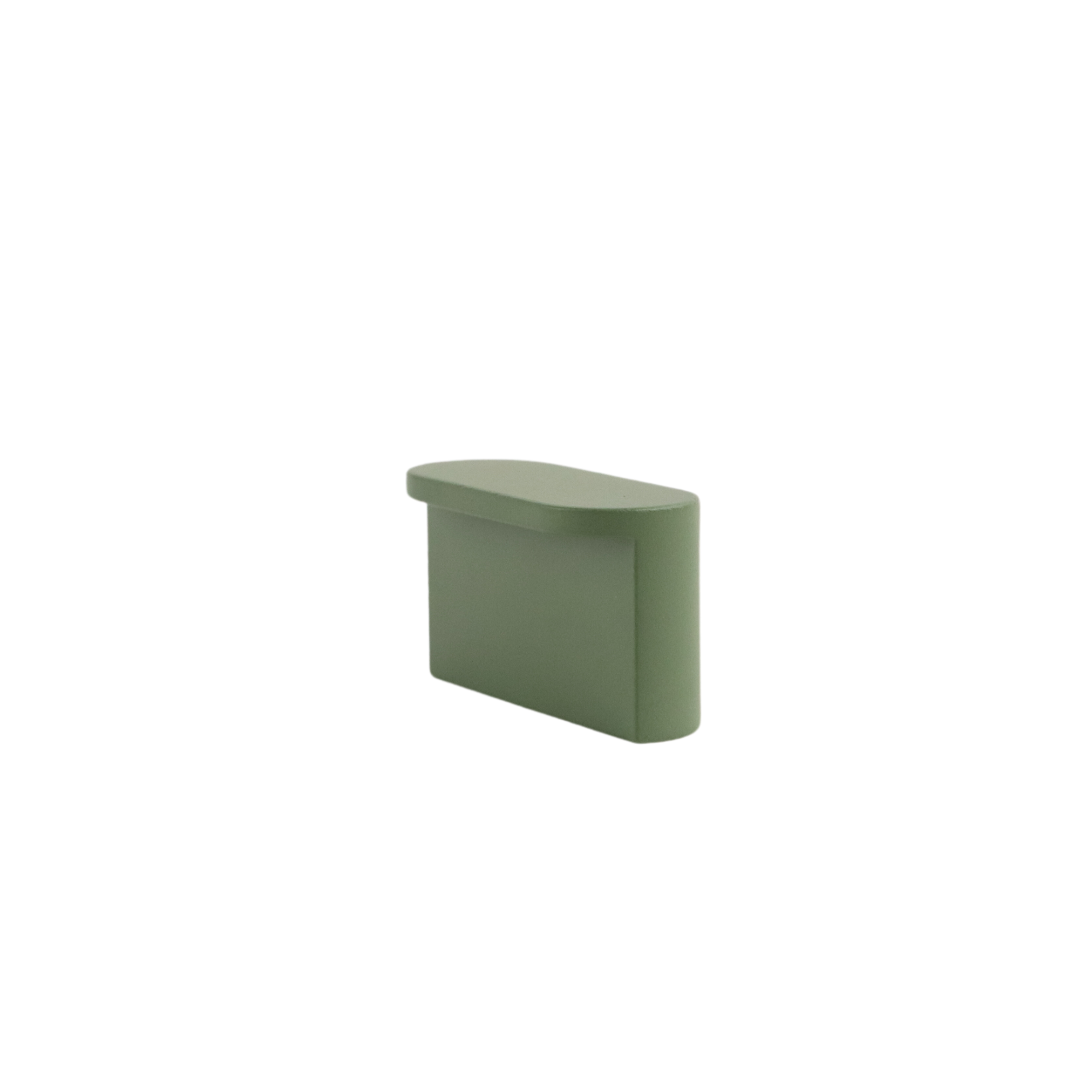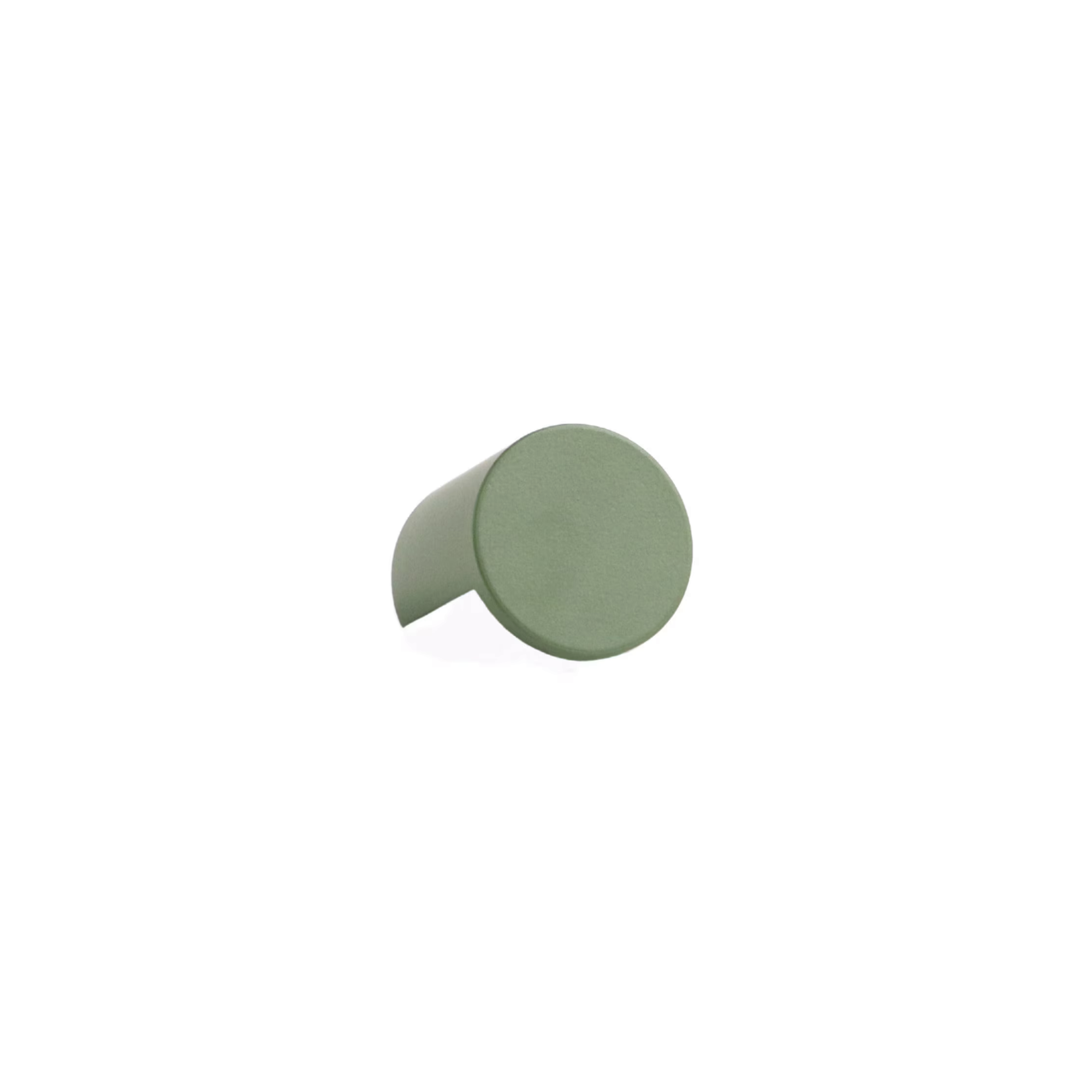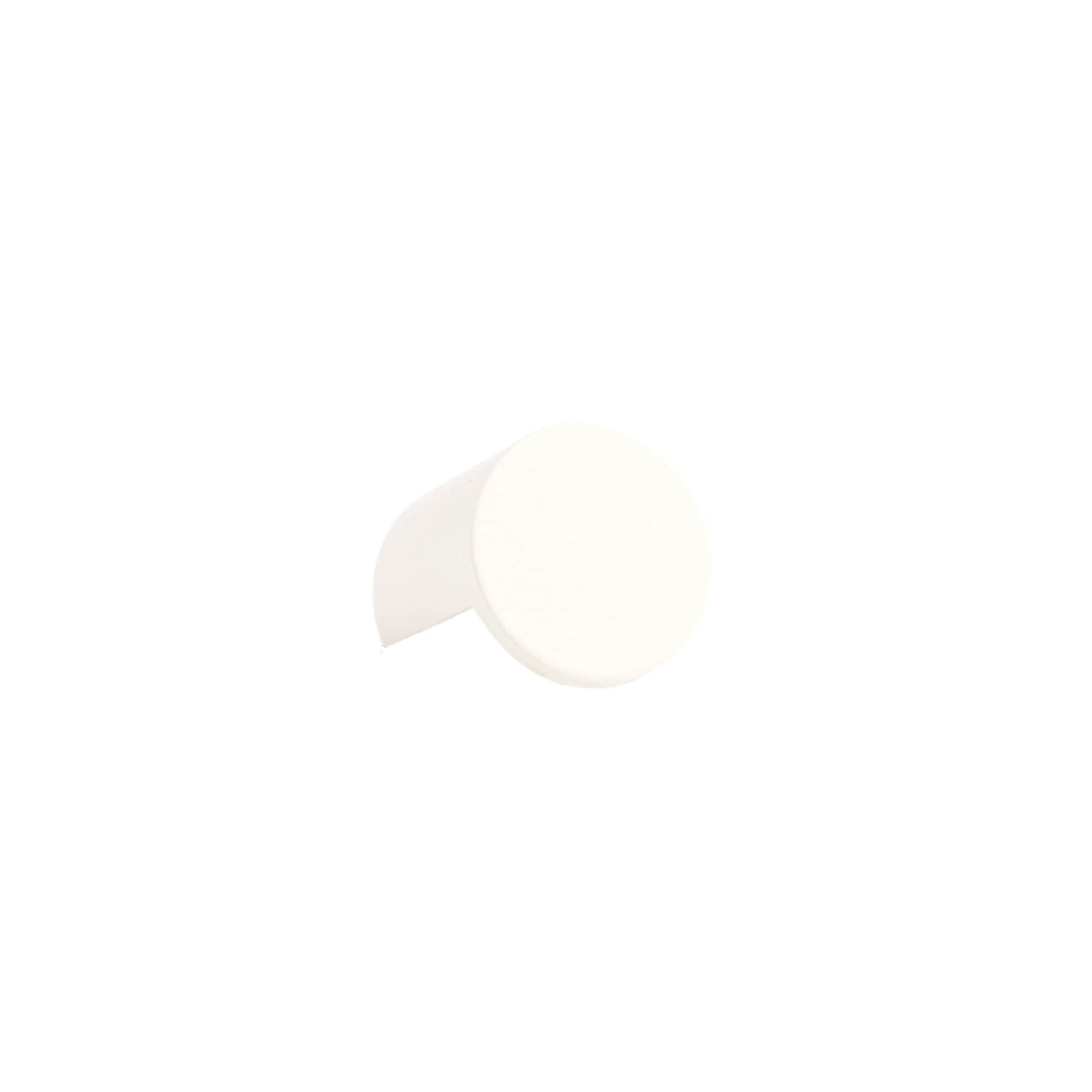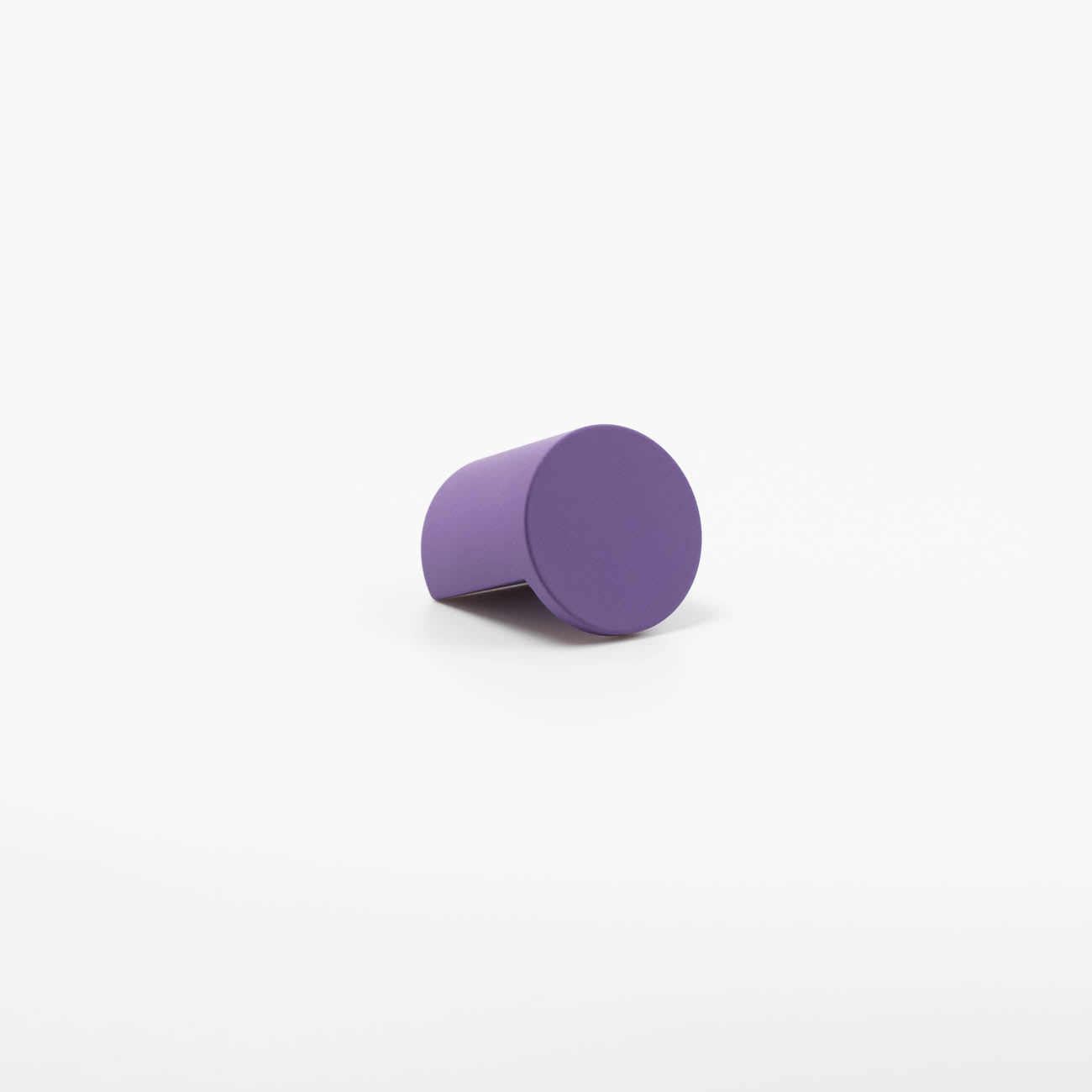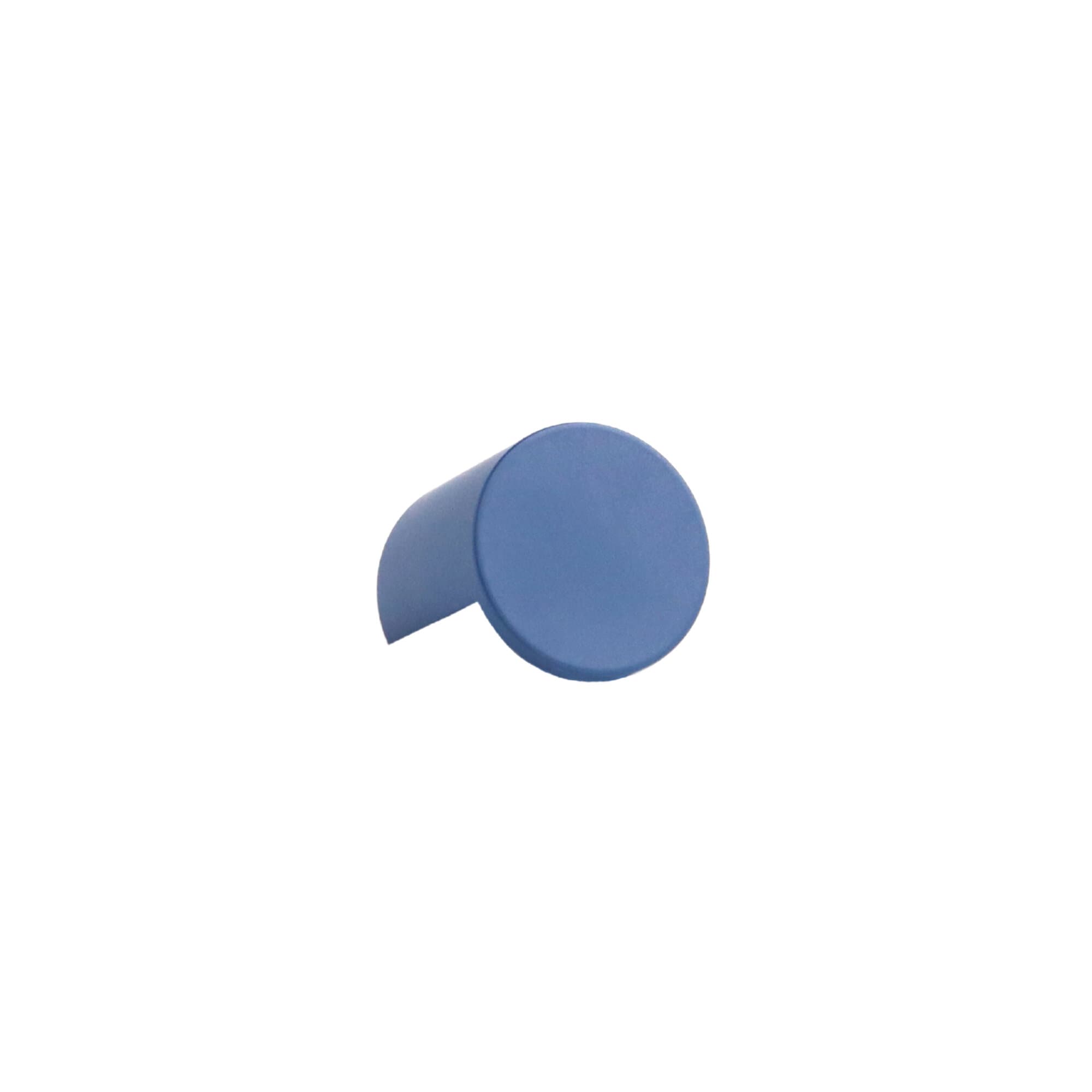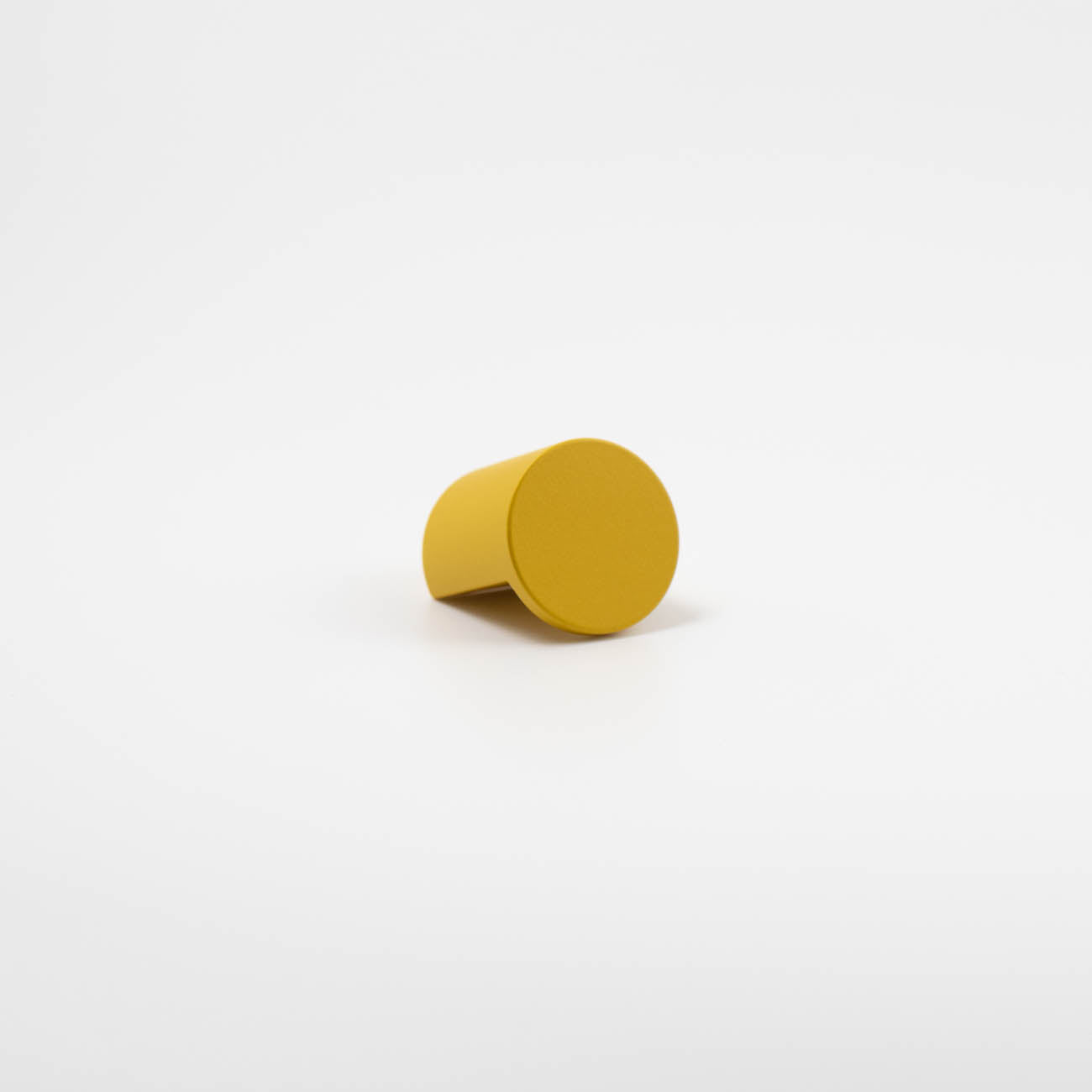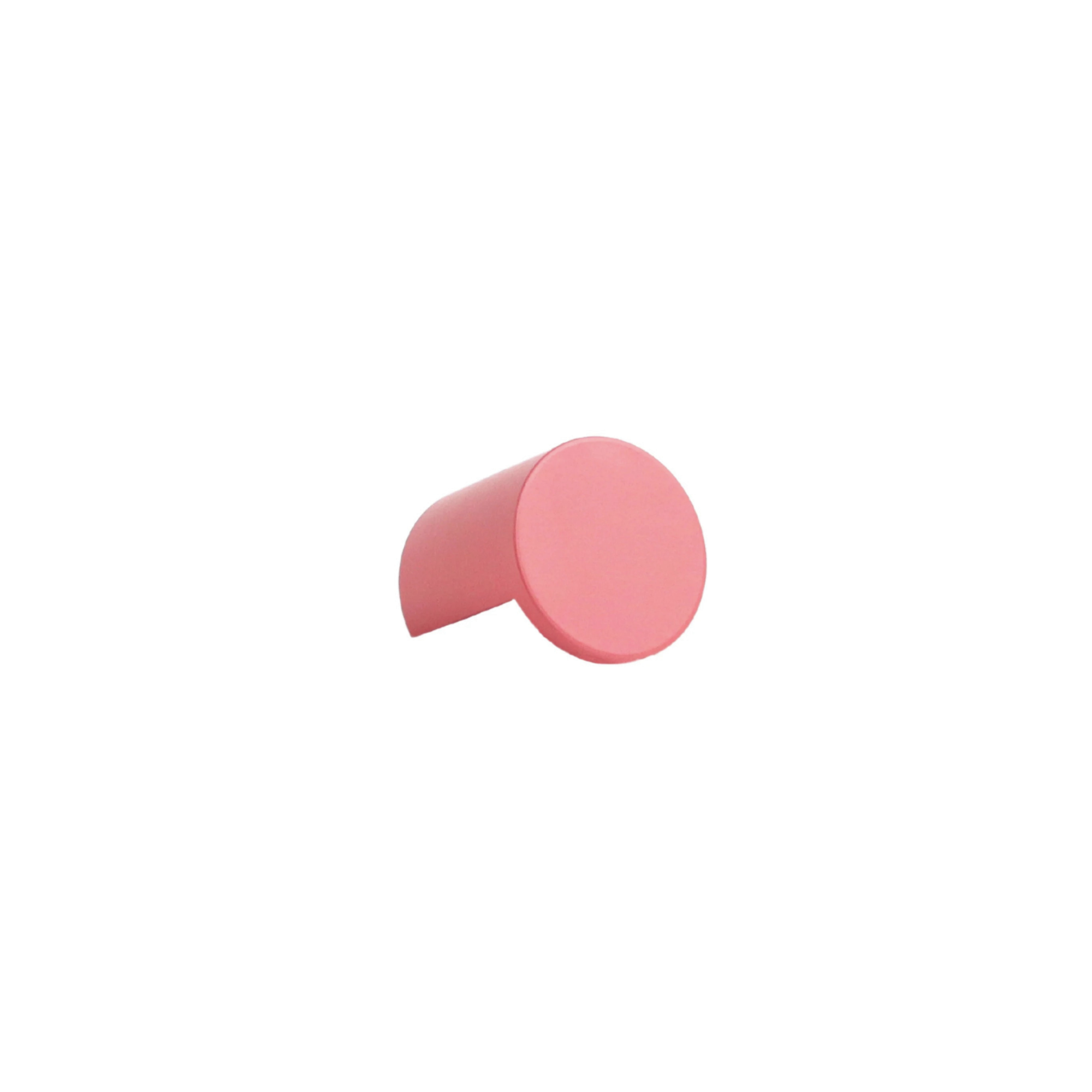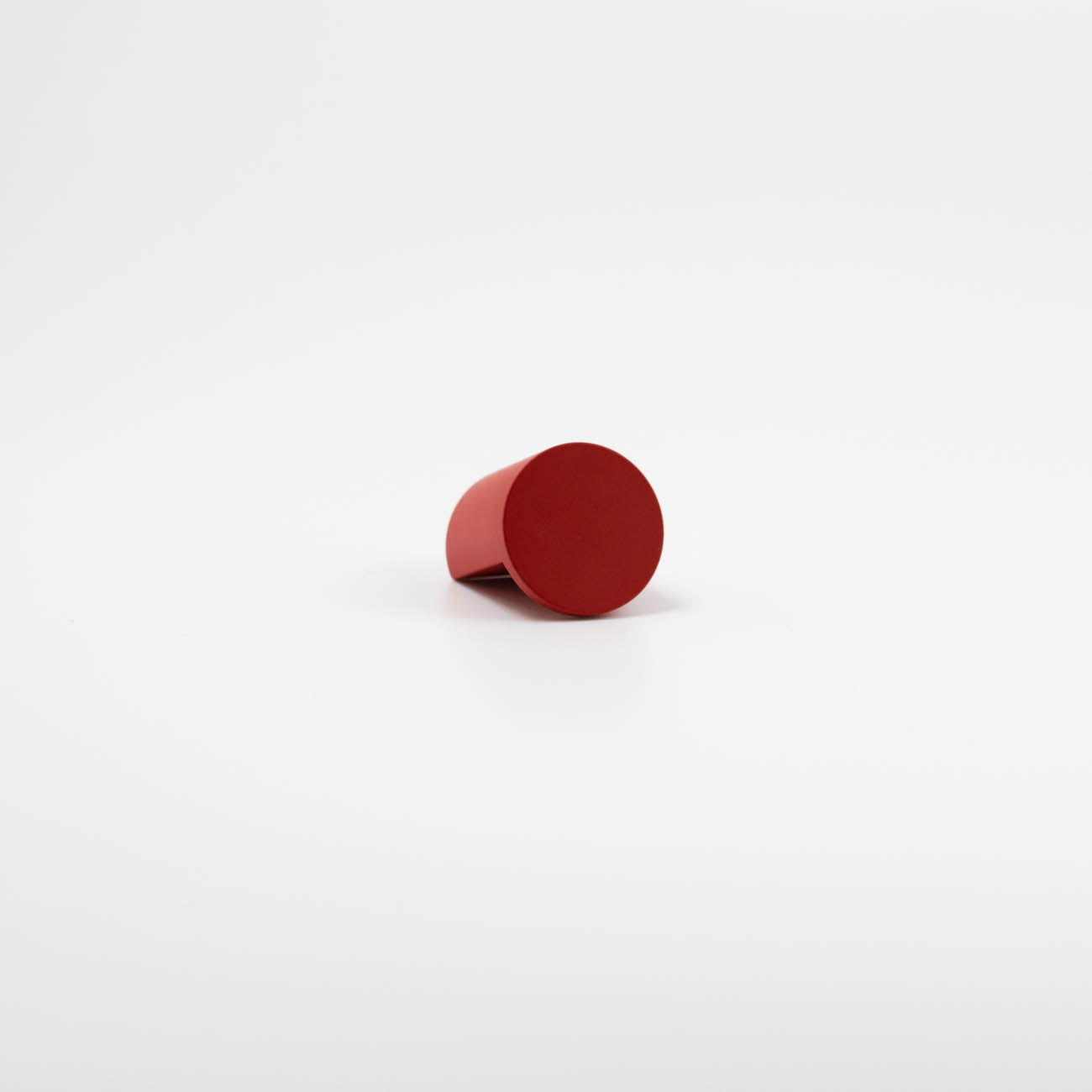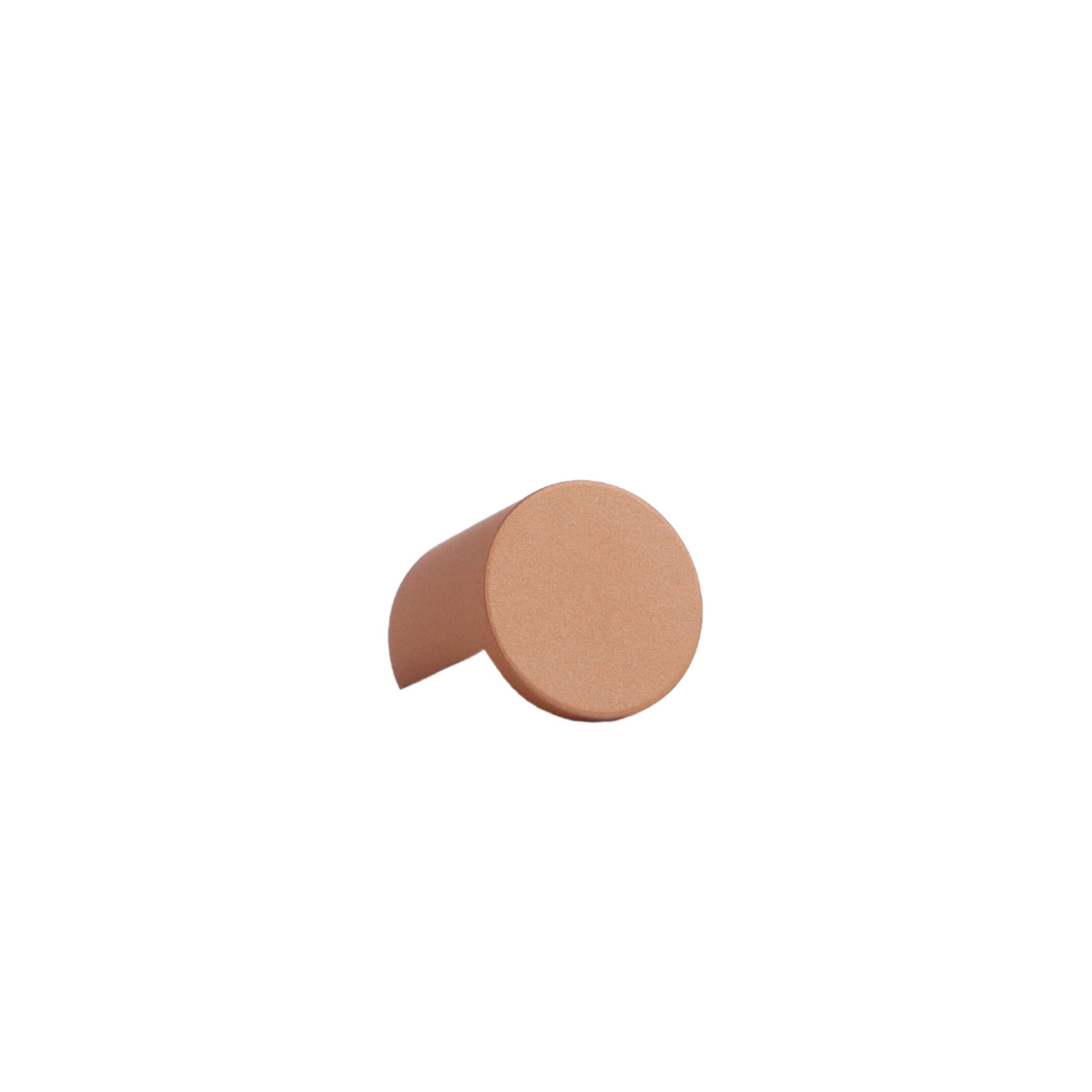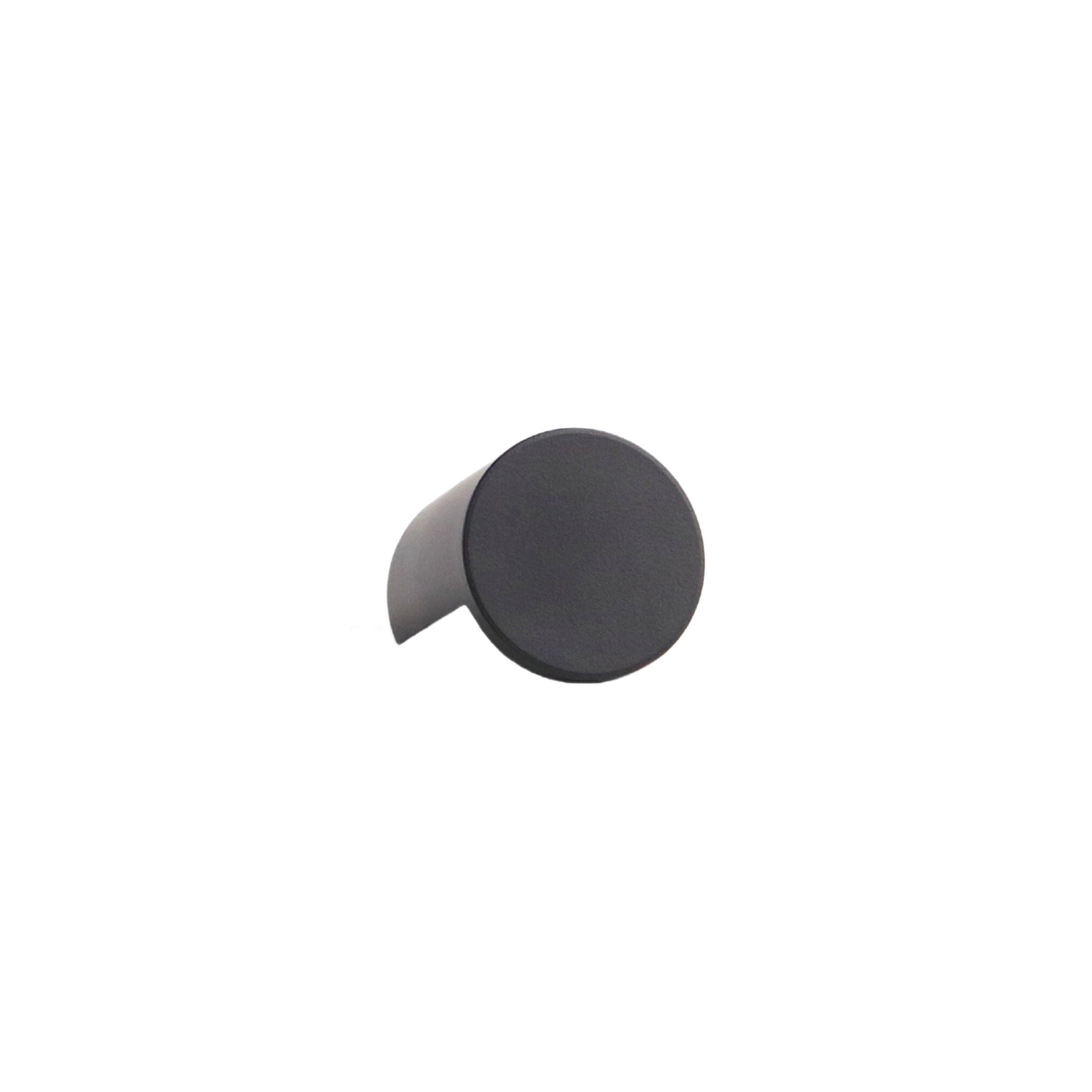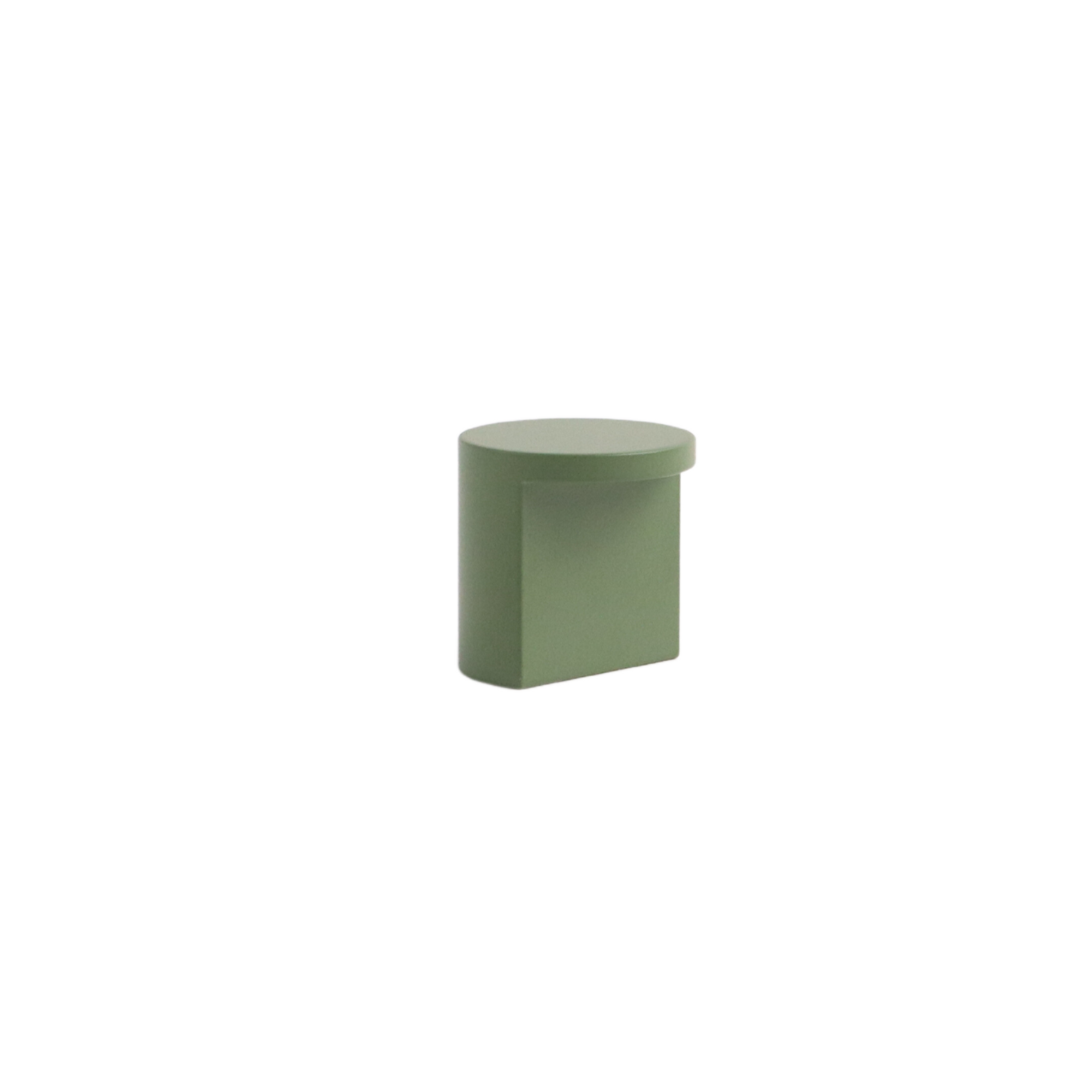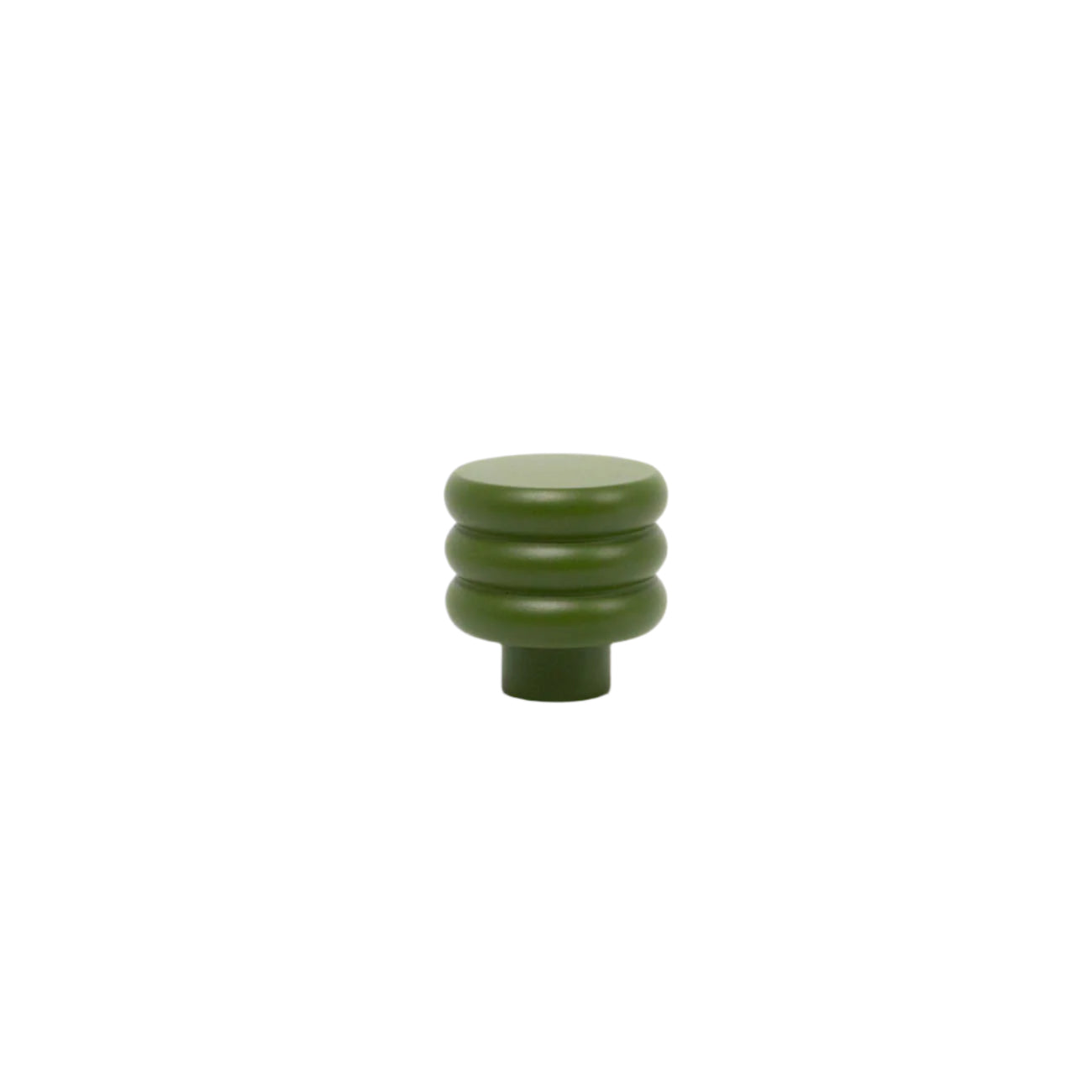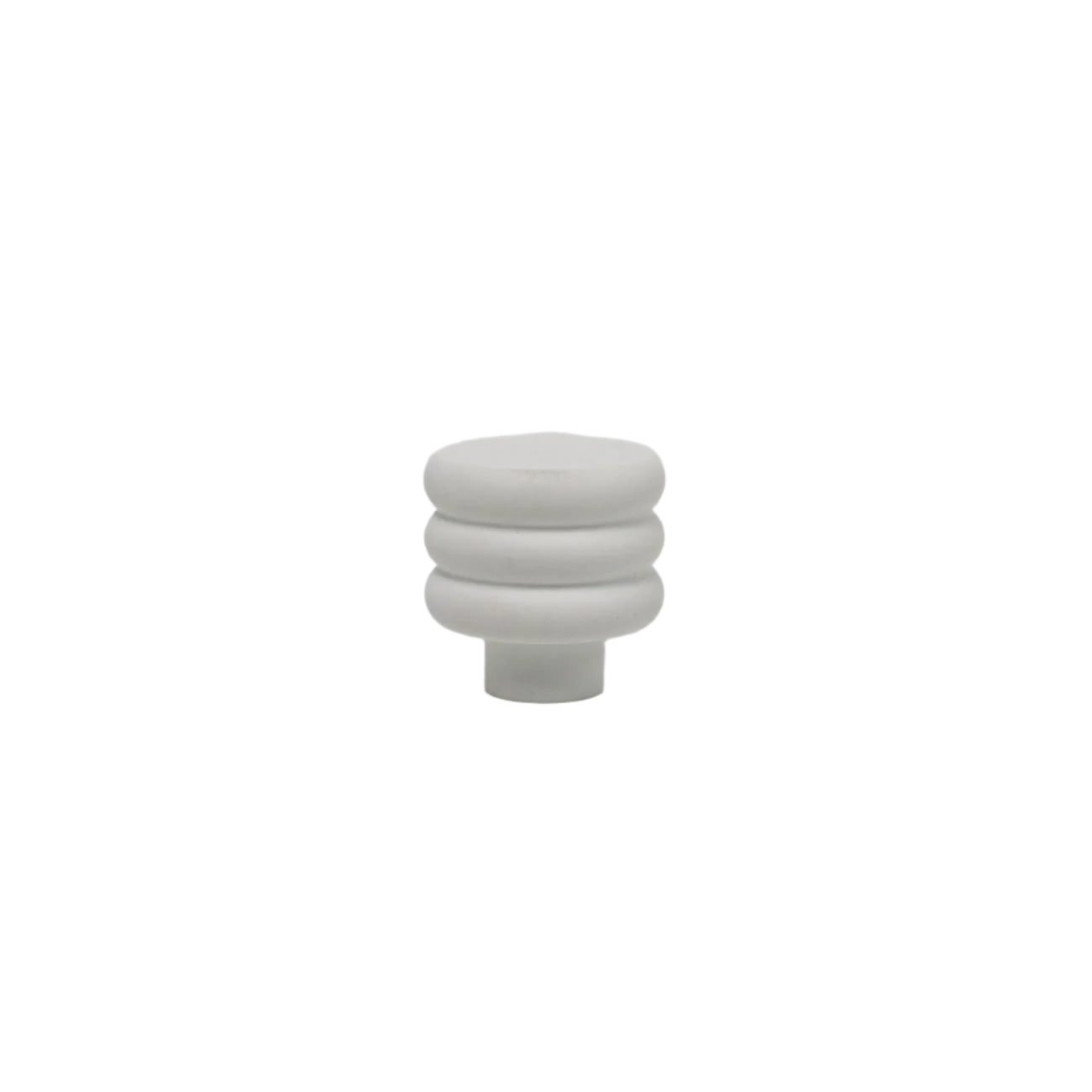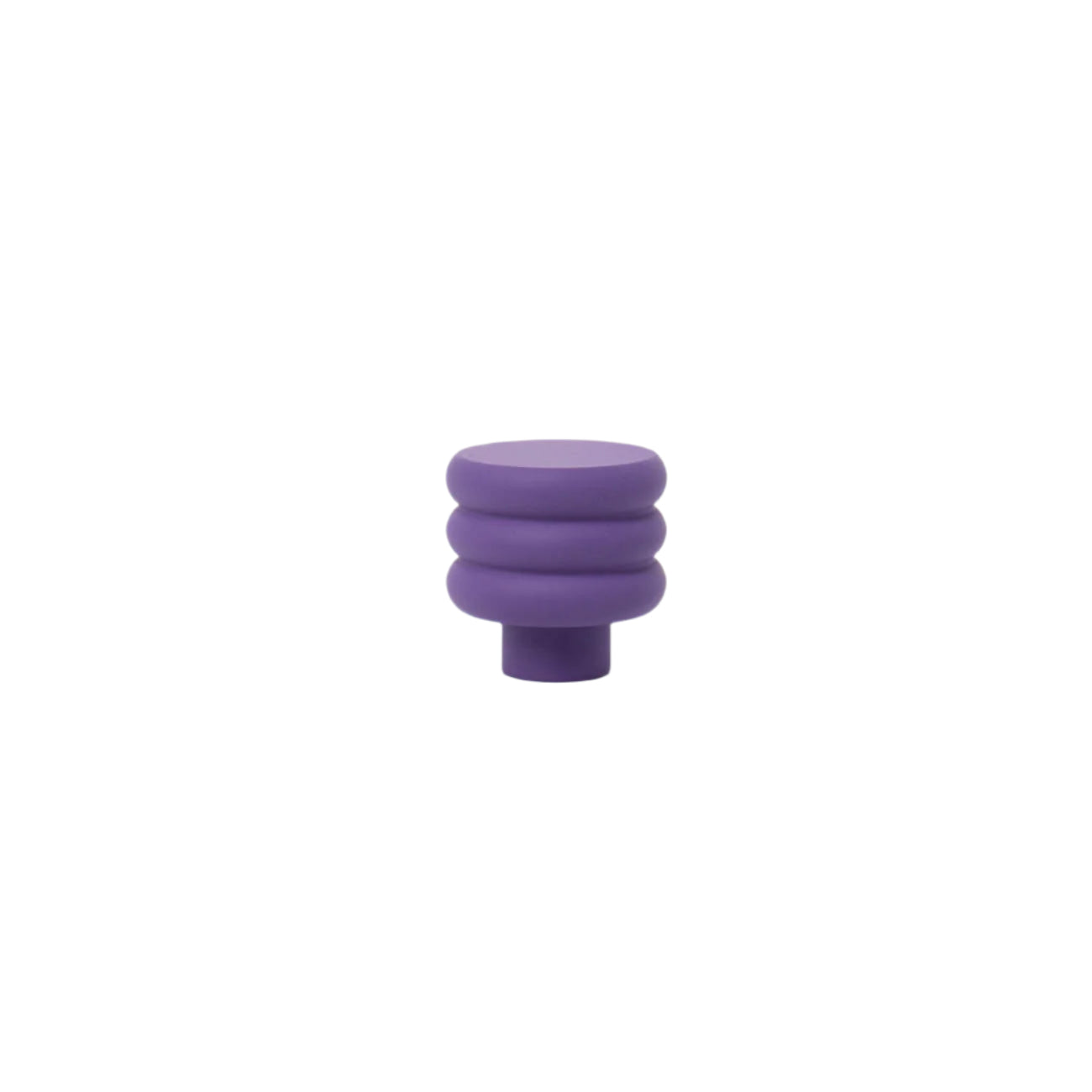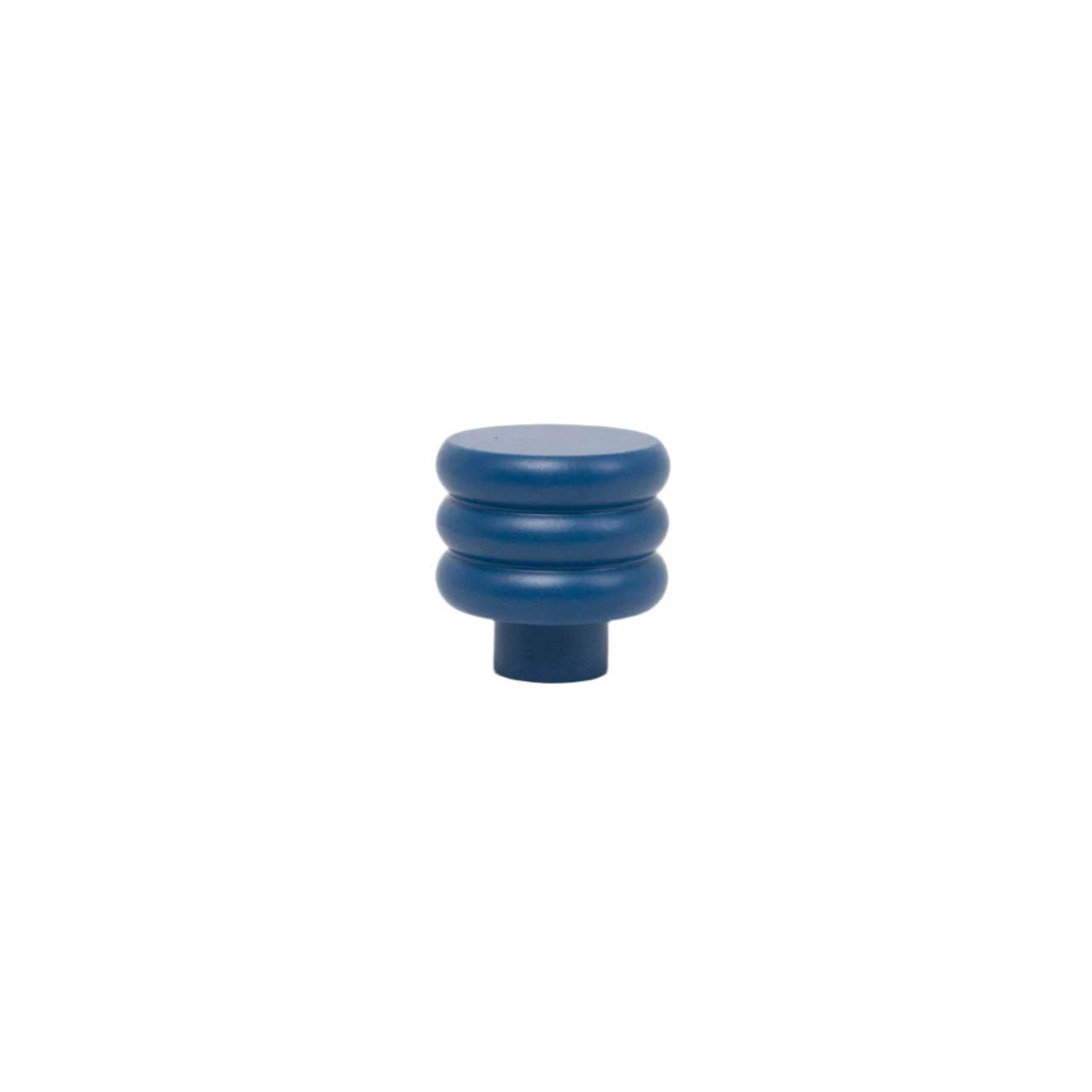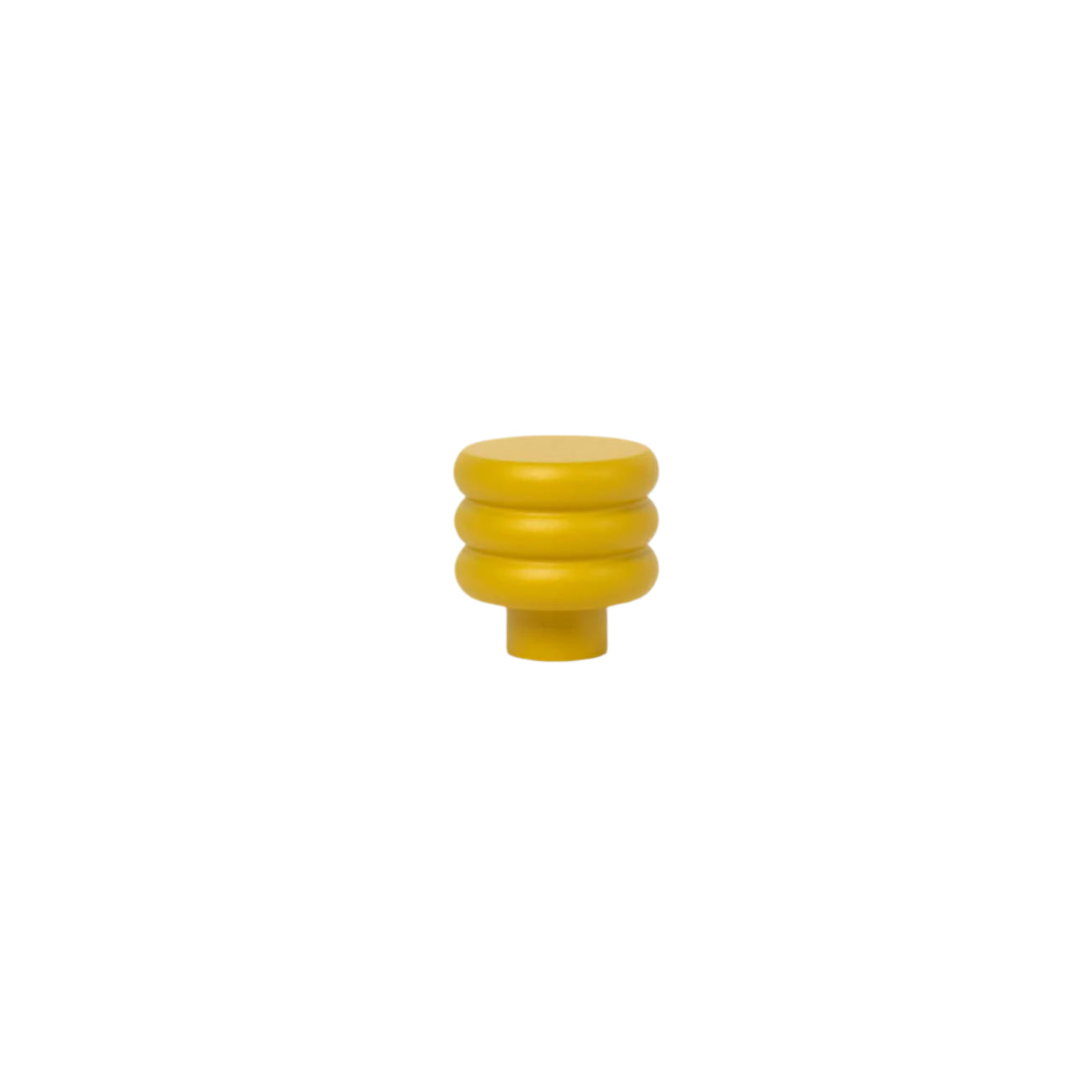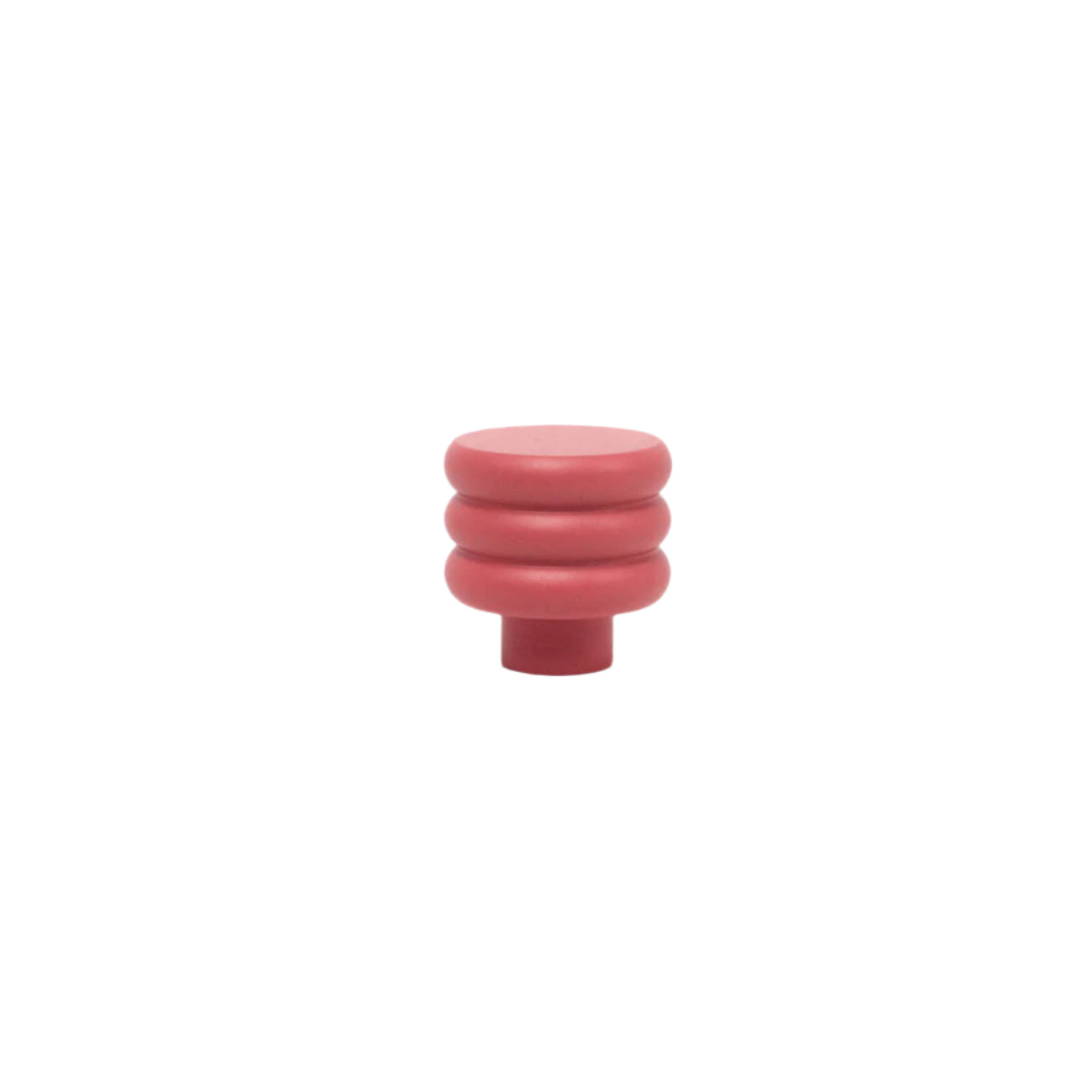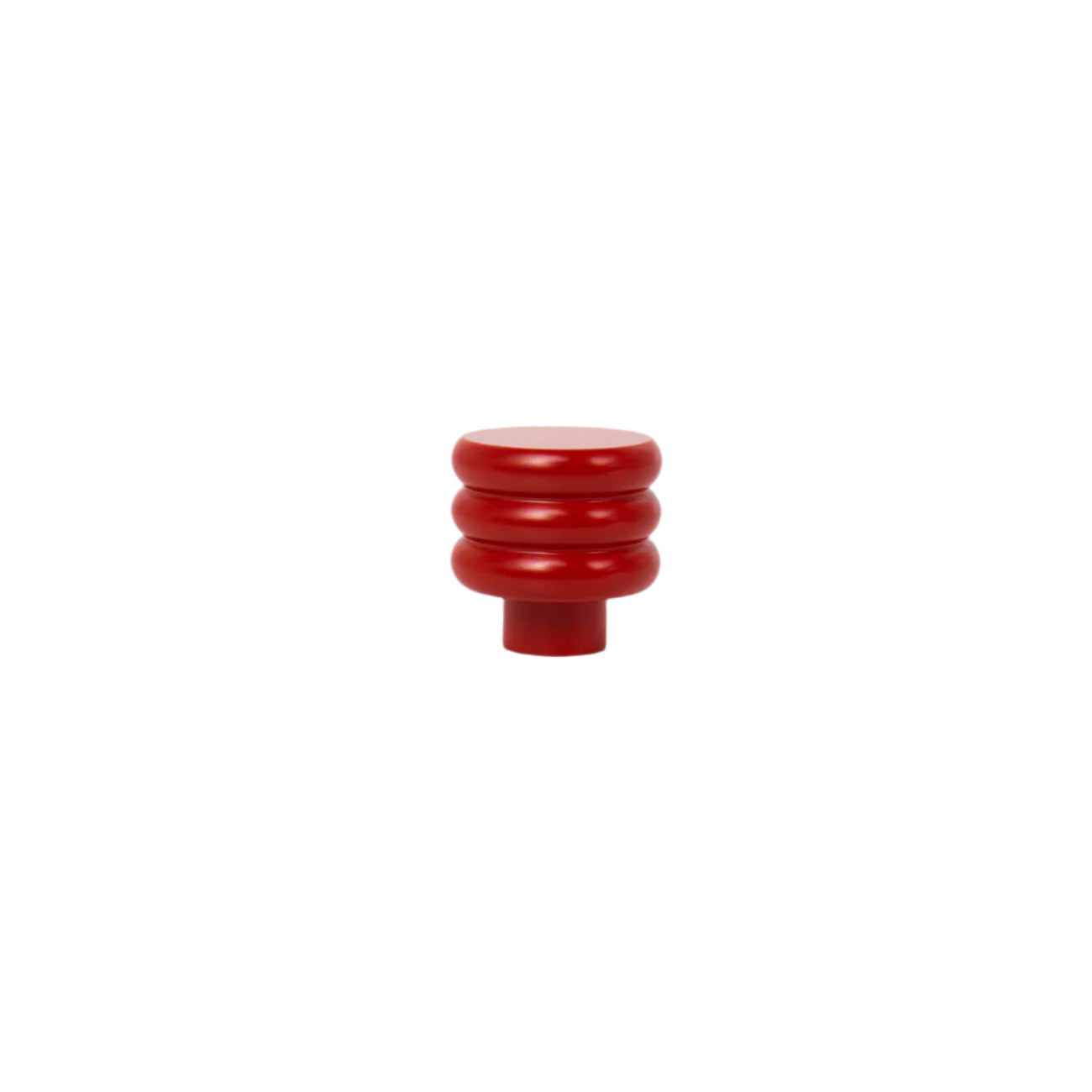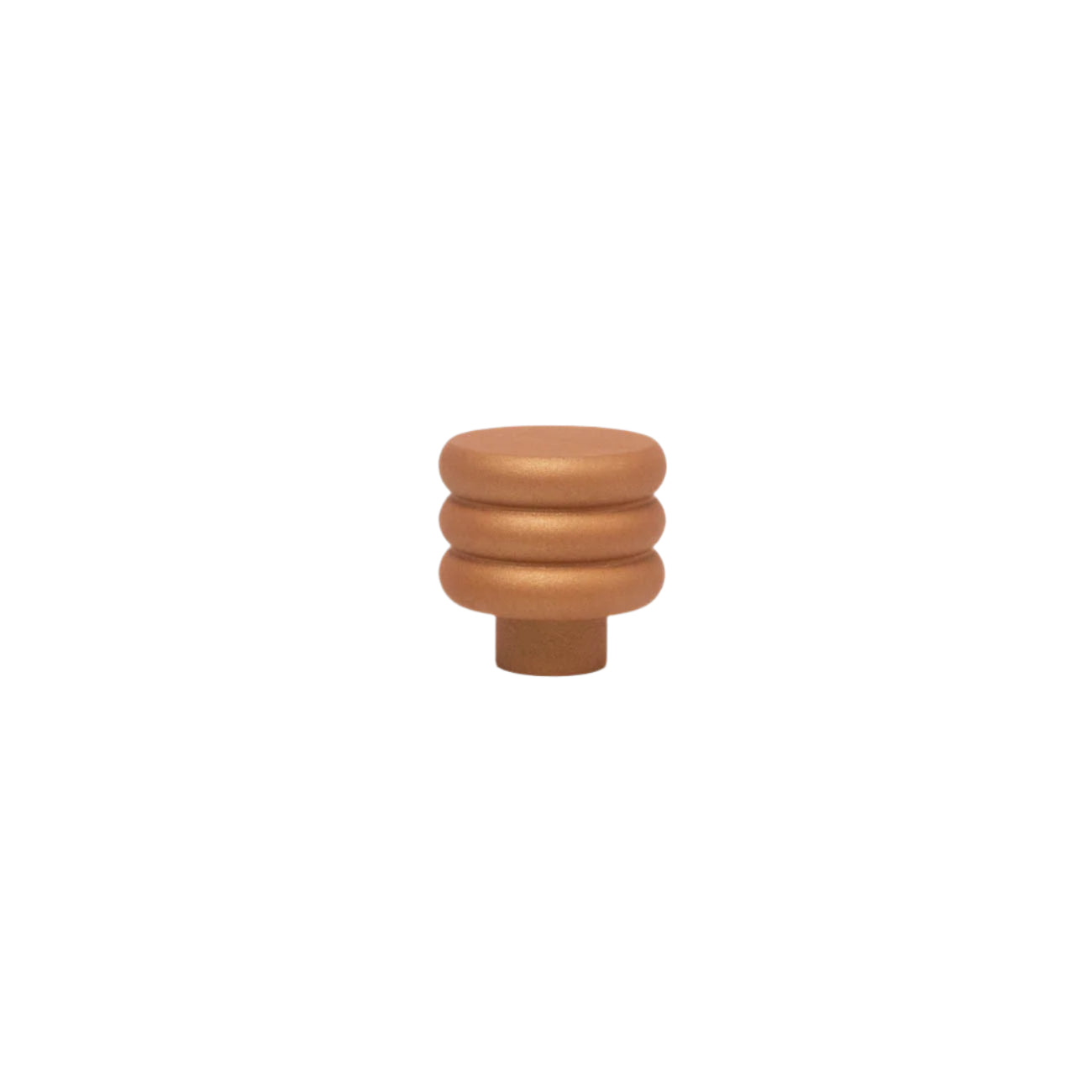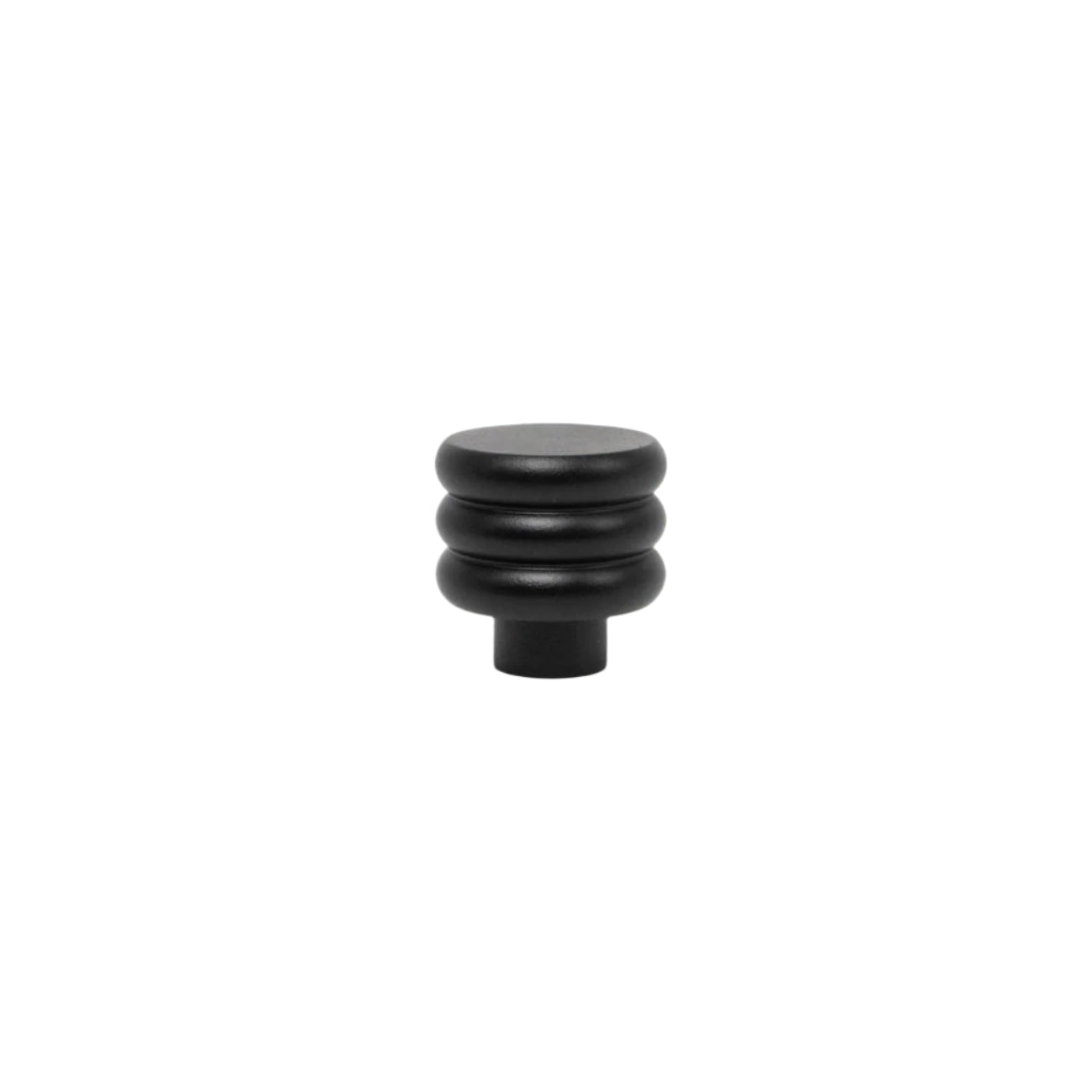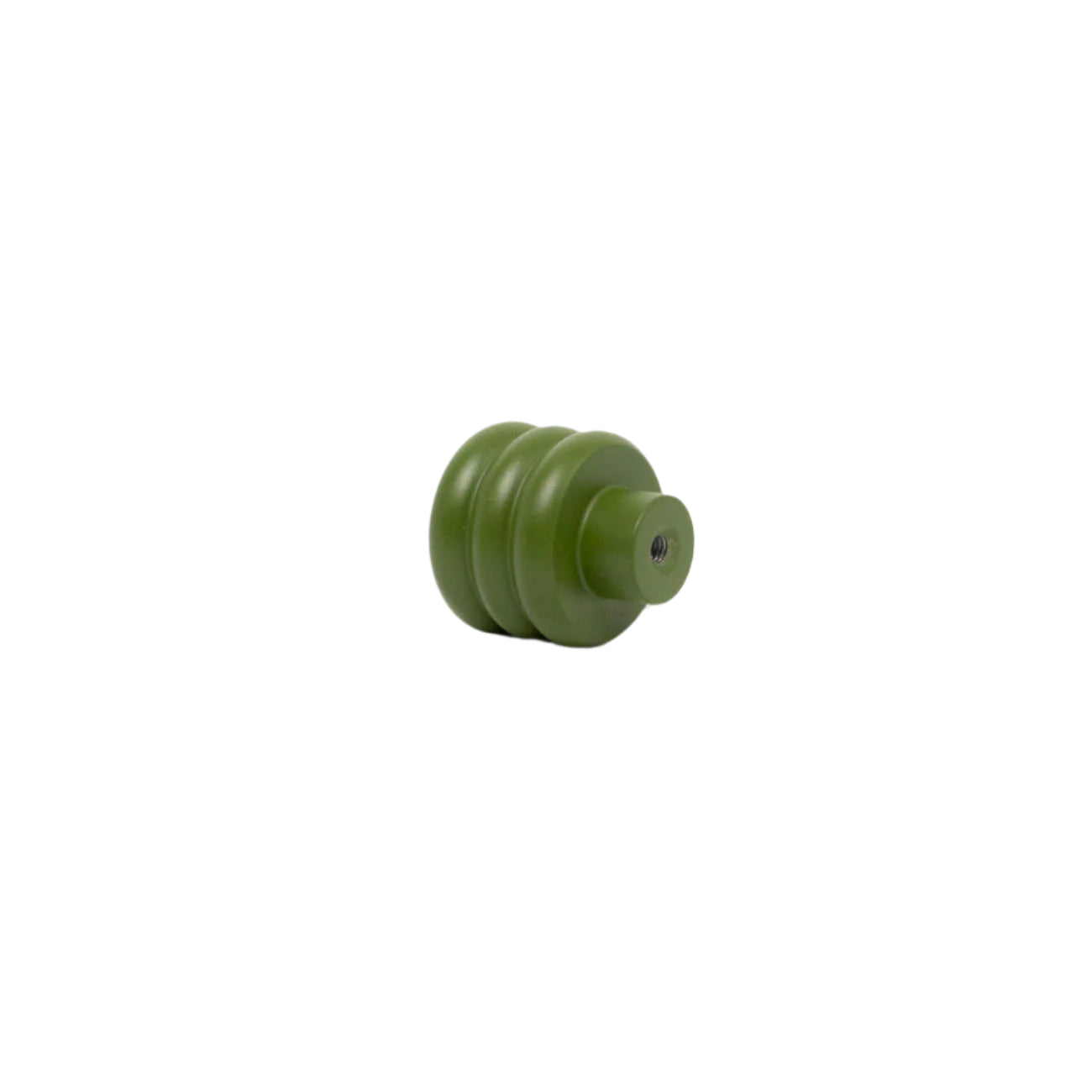Art Deco, a design style that emerged in the early 20th century, is often associated with an era of opulence and elegance. Its distinct aesthetic, characterized by geometric shapes, bold colors, and luxurious materials, continues to captivate designers and enthusiasts alike. In this blog post, we'll take a journey into the world of modern Art Deco architecture, explore its historical roots, and celebrate the ongoing revival of this glamorous design era.
The Origins of Art Deco Style
Art Deco, short for Arts Décoratifs in French, first gained prominence during the 1920s and 1930s. It was a response to the ornate and intricate Art Nouveau style, which preceded it. Art Deco introduced a shift towards simplicity, sleek lines, and a focus on modernity. The movement's beginnings can be traced to various sources, including:
-
Cubism: The works of artists like Pablo Picasso and Georges Braque, who embraced abstract and bold geometric shapes, influenced Art Deco's design elements.
-
Bauhaus School: The Bauhaus movement, with its emphasis on functionality and clean lines, played a significant role in shaping the Art Deco aesthetic.
-
Ancient Cultures: Art Deco drew inspiration from exotic cultures and ancient civilizations, incorporating elements from Egypt, Asia, and Africa.
Key Characteristics of Art Deco Interior Design
Art Deco is characterized by several key design elements:
-
Geometric Shapes: Symmetrical, angular, and repetitive geometric shapes, such as chevrons, zigzags, and sunbursts, are quintessential to Art Deco design.
-
Bold Colors: Vibrant and contrasting colors, including deep blues, rich greens, and gold accents, are commonly found in Art Deco furniture and decor.
-
Luxurious Materials: The era of Art Deco was marked by the use of opulent materials like marble, lacquered wood, chrome, glass, and mirrors.
-
Streamlined Silhouettes: Furniture and architectural elements in Art Deco design often feature sleek, streamlined silhouettes with minimal ornamentation.
-
Sunburst and Fan Motifs: Iconic motifs like the sunburst and the fan were frequently used in Art Deco design, symbolizing optimism and modernity.
The Historic Art Deco Revival
Art Deco experienced a resurgence in popularity during the 1980s, and its influence can still be seen in contemporary design. The enduring appeal of Art Deco lies in its ability to infuse spaces with glamour, sophistication, and a sense of timelessness.
Today, you can find Art Deco design elements in various aspects of interior design, from furniture and lighting to architectural details. The revival of the Art Deco movement speaks to its adaptability and its capacity to enhance modern interiors with a touch of luxury and nostalgia.
Incorporating Art Deco in Your Space
If you're looking to infuse your home with the glamour of Art Deco, consider the following ideas:
-
Furniture: Look for pieces with Art Deco-inspired shapes, such as curved sofas, geometric coffee tables, and upholstered chairs with bold patterns.
- Hardware: Update your cabinet hardware with Art Deco inspired knobs with square and L bar knobs
-
Lighting: Choose statement lighting fixtures with Art Deco motifs like sunbursts, geometric patterns, or frosted glass.
-
Mirrors: Incorporate large, ornate mirrors with geometric frames that add an instant touch of Art Deco sophistication.
-
Accessories: Decorate with accessories like geometric vases, gilded trays, and bold, colorful artwork.
-
Color Palette: Embrace a palette of rich jewel tones, black and white contrasts, and metallic accents to capture the essence of Art Deco.
The Art Deco revival continues to inspire contemporary design, offering a glimpse into a glamorous era that valued luxury, modernity, and elegance. With its enduring influence, Art Deco allows us to infuse our spaces with a touch of the past, creating interiors that are timeless and stylish. Whether you incorporate Art Deco elements in your furniture, lighting, or decor, this design era remains an icon of glamour and sophistication.
👉 Explore Our Art Deco Cabinet Knobs


